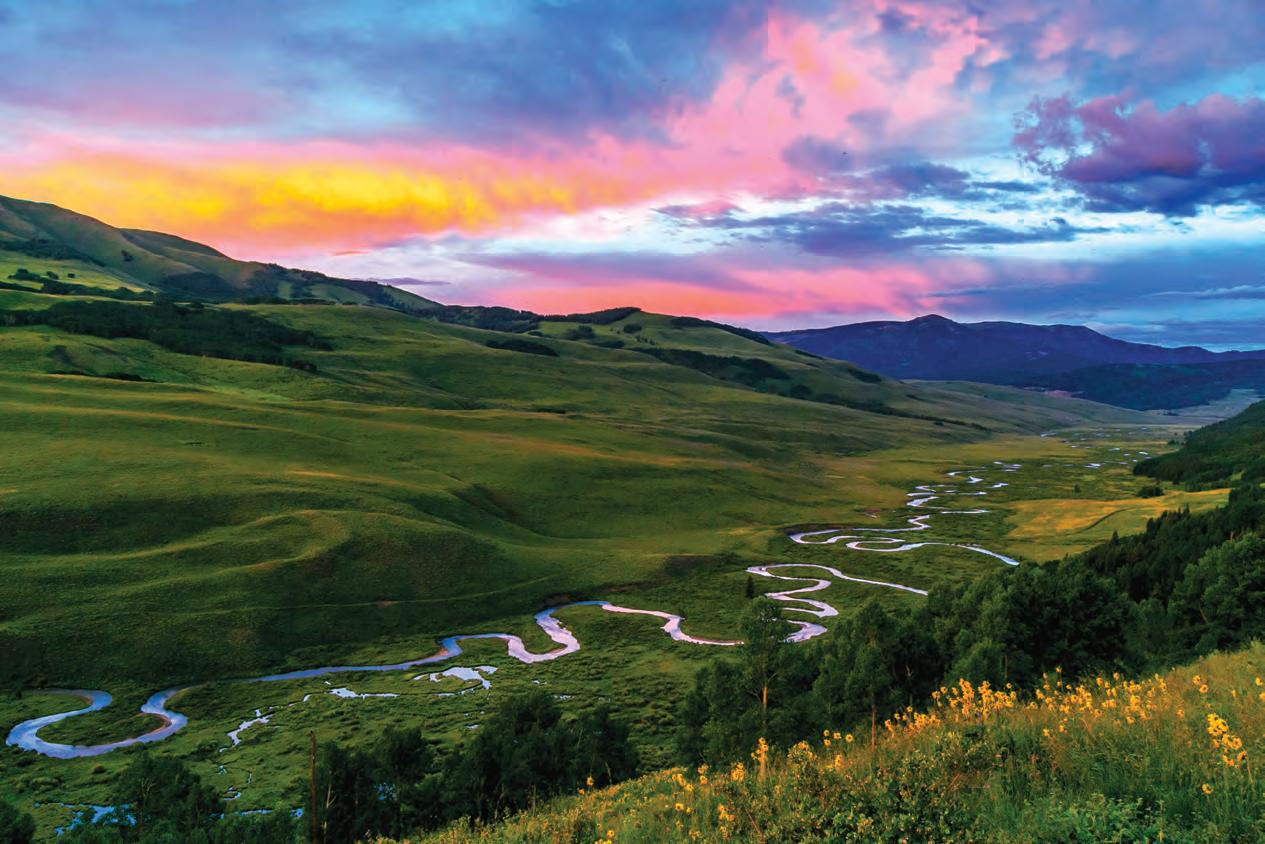
CLASSIC COLORADO
































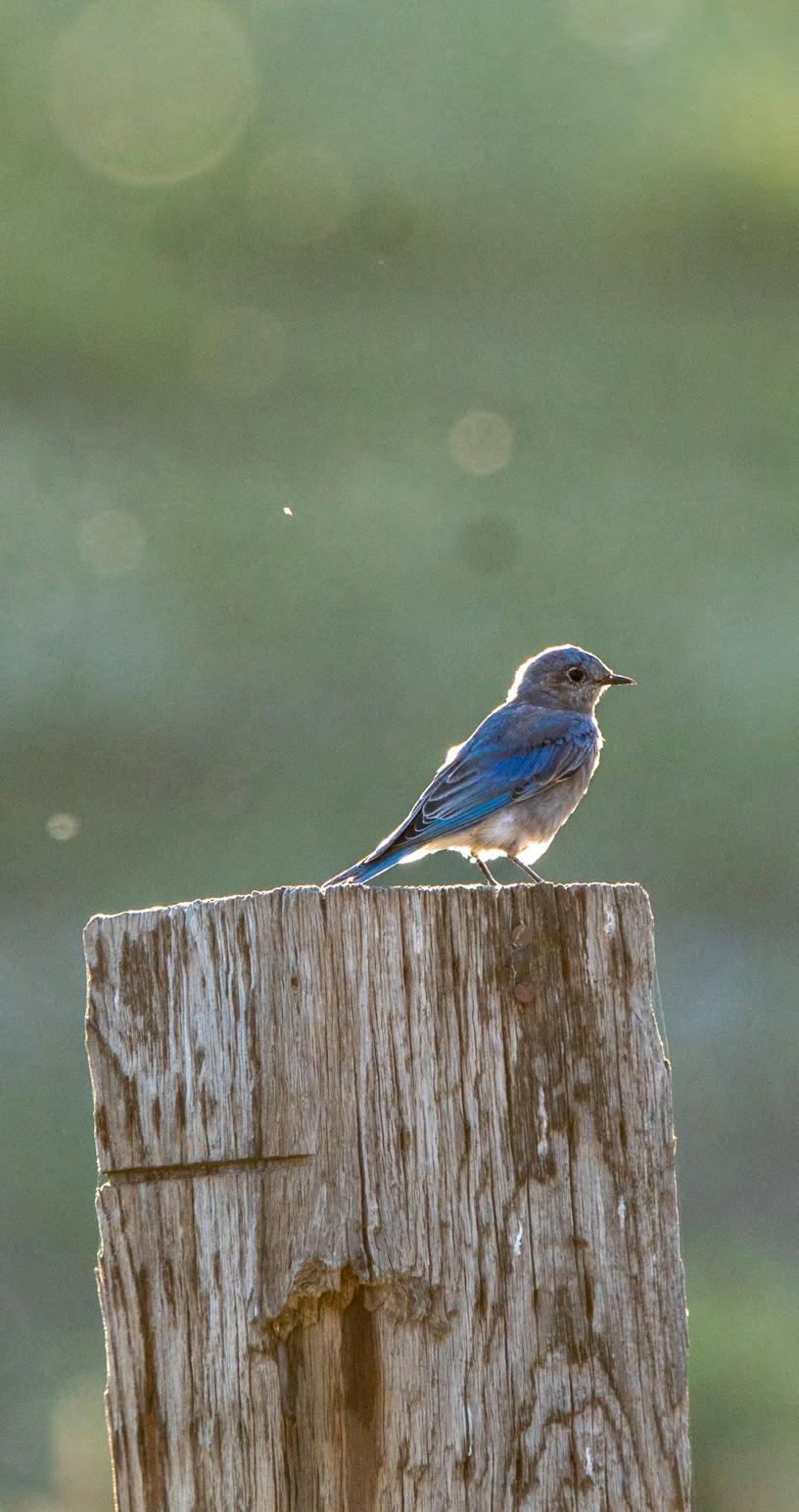

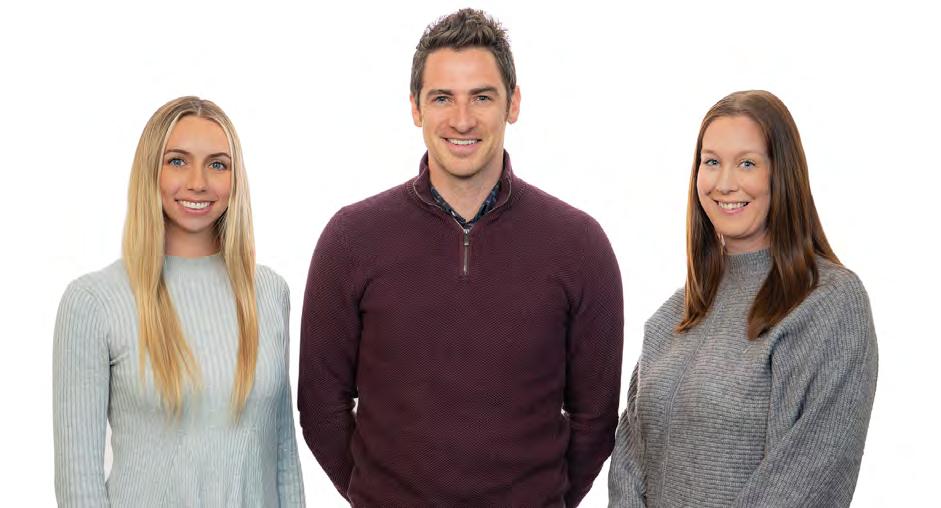

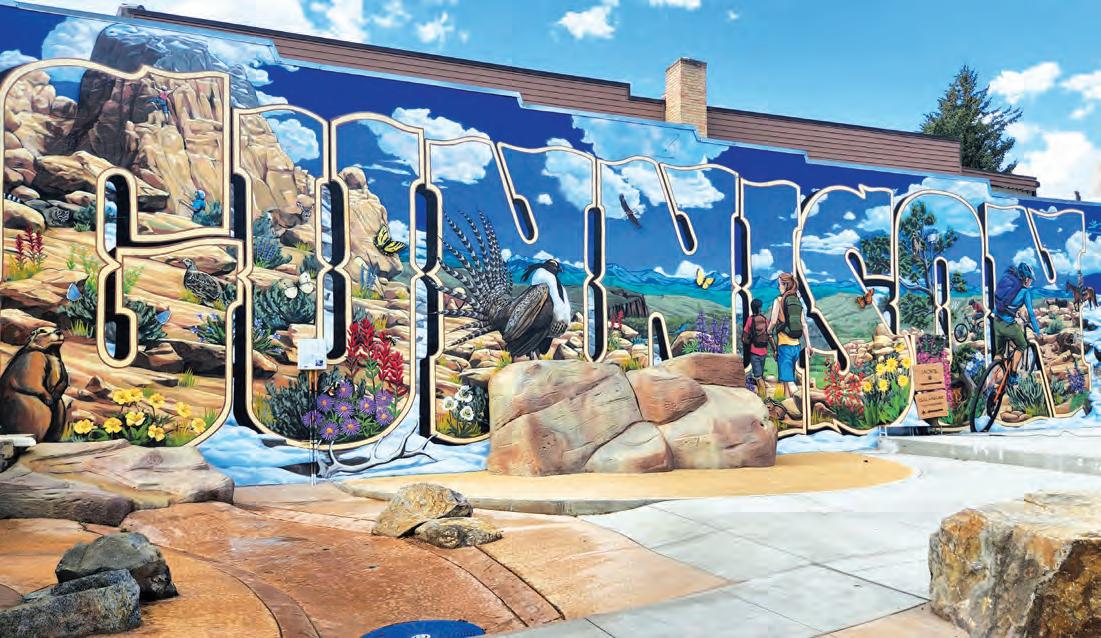

Outstanding home with custom features, separate guest home, two detached garages, and large detached shop building situated on 2.786 acres with Gunnison River frontage. Includes a separate river front lot with a well permit.

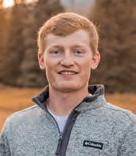
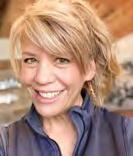
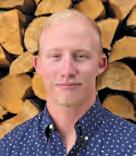
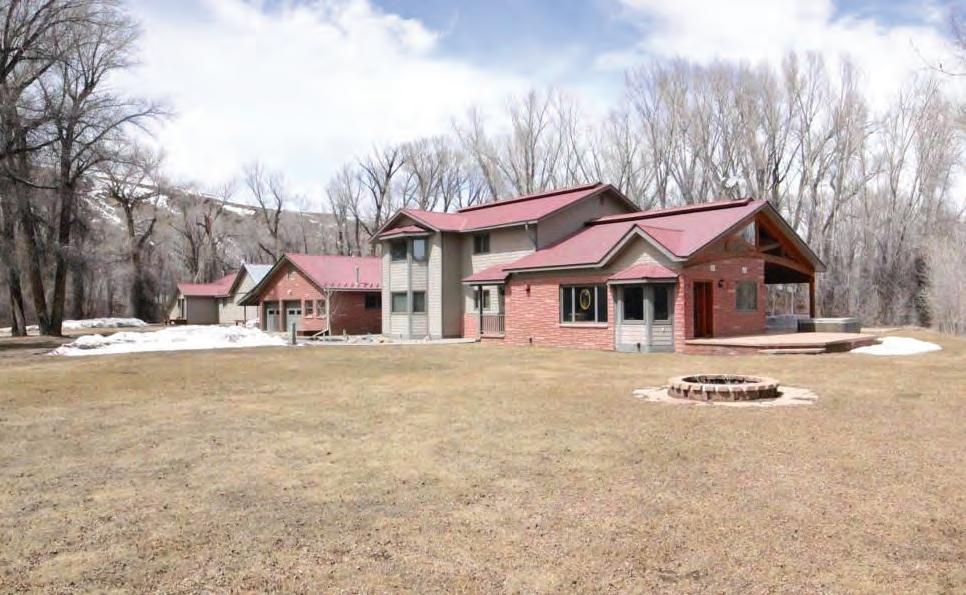
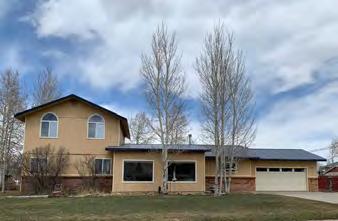
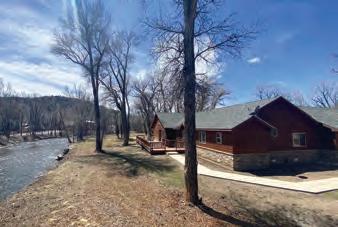
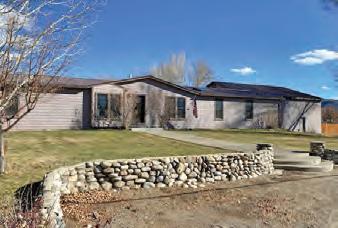
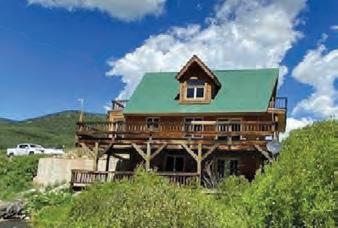
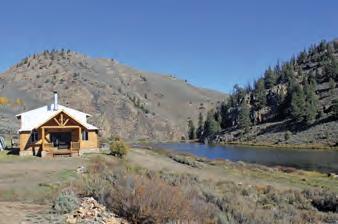
Low maintenance 3 bed, 2.5 bath townhome with 2-car garage and private yard/patio space close to town.
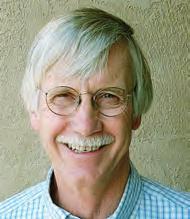
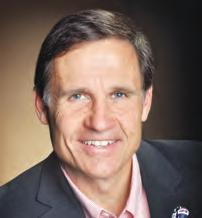

Attractive 4 bed, 4 bath family home on ½ acre with LARGE shop & 2,128 sq ft of additional storage space.
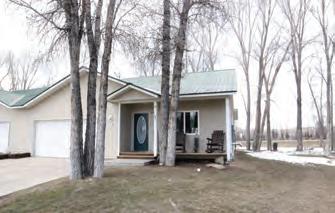 79 Bambi 3,000 sq ft Mouflon Lodge on 140 acres with a 5-acre reservoir and water rights. Outstanding hunting & fishing in GMU 67.
17 Miles S. of Gunnison
Cabin perched above Quartz Creek with 3 bed, 2 bath, walk out basement, covered patio, edge of town.
300 Quartz, Pitkin
900 N 11th
One of the most beautiful settings along the Gunnison River! This 3 bed, 3.5 bath home is on 1.48 acres.
844 Camino Del Rio
Nice 4 bed, 3 bath home with partial unfinished basement. Located on a large corner lot with mature landscaping.
79 Bambi 3,000 sq ft Mouflon Lodge on 140 acres with a 5-acre reservoir and water rights. Outstanding hunting & fishing in GMU 67.
17 Miles S. of Gunnison
Cabin perched above Quartz Creek with 3 bed, 2 bath, walk out basement, covered patio, edge of town.
300 Quartz, Pitkin
900 N 11th
One of the most beautiful settings along the Gunnison River! This 3 bed, 3.5 bath home is on 1.48 acres.
844 Camino Del Rio
Nice 4 bed, 3 bath home with partial unfinished basement. Located on a large corner lot with mature landscaping.


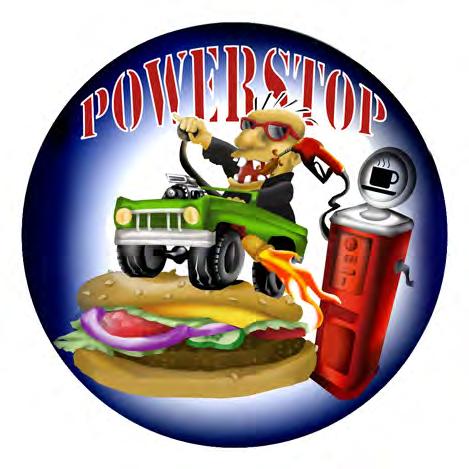

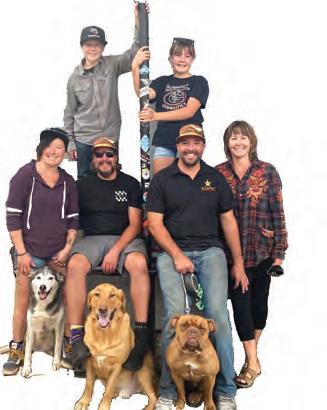

Every year, when we set out to paint a picture of life in the Gunnison Valley in this magazine, we begin with a dilemma. I don’t mean we wonder how we’ll find enough interesting stories to fill these pages, but rather, how in the world we’ll decide what to leave out. There are stories worth telling — and retelling — everywhere you turn in this place.
Naturally, that begins with the people who call the Gunnison Country home. Read on and you’ll meet some of them. Former Times publisher Chris Dickey tells the tale of his role in reuniting two middleaged half-brothers (with no idea the other existed) who found each other because their stories led through Gunnison.
Local writer William Spicer set out to review the food at a pair of new Gunnison restaurants — and wound up following the footsteps and tracing the dreams of the culinary creatives and epicurean entrepreneurs who have worked hard to bring new life to local dining.
We’ll introduce you to Western Colorado University engineering students who labor to create a new kind of recumbent bicycle, to give people with physical challenges greater access to outdoor recreation; local American Legion members who carry on
caring for fellow veterans and keeping their stories alive 100 years after the founding of Post 54 in Gunnison; a Rocky Mountain Biological Laboratory biologist who divines the future of the planet in the leaves and petals of wildflowers in Gothic meadows — and more.
But, in this place, the land itself begs for its stories to be heard. Writer Anna Coburn asks us to pay attention to much that we might otherwise drive right past. Historian David Primus writes a gripping reminder that the modern ease of movement we enjoy today is built on the adventures of the men and women who explored this country without the benefit of roads and bridges, or motorized vehicles for traveling on them.
George Sibley, bona fide elder of the Gunnison River headwaters, recalls a lifetime of living here in an essay that concludes with a tantalizing early 70s quotation: “Less lifestyle, more life!” Did I mention the photos? Every one of them is an essay or short story in its own right.
And that’s just what we could find room for. Come back next year for the next installment — because we’ll never run out of stories to tell. n
PUBLISHER
Alan Wartes
EDITORIAL
Bella Biondini
Anna Coburn
Chris Dickey
Ted Harbin
Seth Mensing
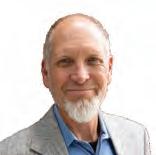
David Primus
George Sibley
TJ Taylor
Alan Wartes
SALES DIRECTOR
Bobbie Corn
SALES REPRESENTATIVE
Jack Anderson
PRODUCTION MANAGER
Michaela Keefe
PRODUCTION
Libby Marsden
Thanks go to all those who contributed photography. Please see individual photo credits.
Interested in contributing photography? Reach out to production@gunnisontimes.com.
Copyright©2023 No part of this publication may be reproduced without the written consent of the publisher. No part may be transmitted in any form by any means including electronic, mechanical, photocopying, recording or otherwise without permission of the publisher. Any work (written, photographic or graphic) which the publisher “hired-out” becomes the property of the publisher. Publisher accepts no liability for solicited or unsolicited materials lost, damaged or otherwise.
For more information regarding this publication or other special publications of Alan Wartes Media, call 970.641.1414, or email publisher@gunnisontimes.com
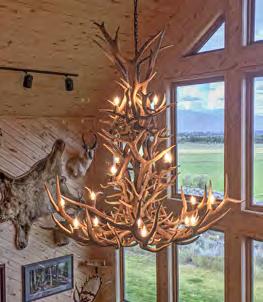
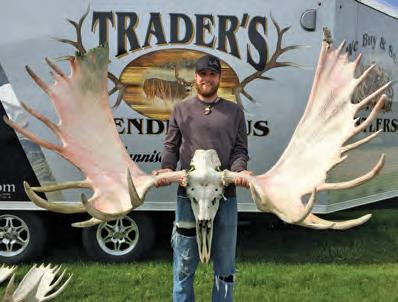
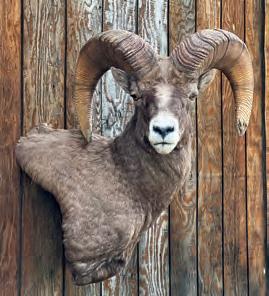
I’ve always been in awe of the Black Canyon and I do my best to periodically take a pilgrimage to its guts and spend the night under the deafening roar of the river and the dizzying verticality of it’s walls. As I was scrambling down one of the gullies last spring, I was struck when I found these pretty flowers in contrast to such foreboding landscape. I feel so fortunate to have such formidable place in our backyard!
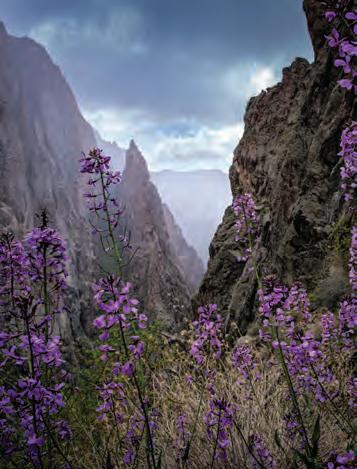
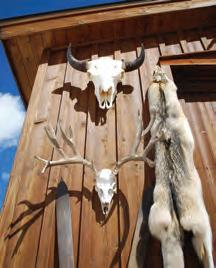
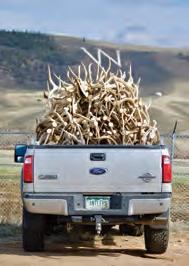
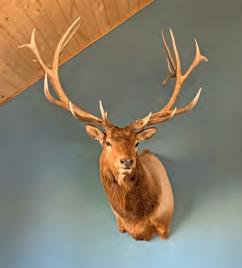
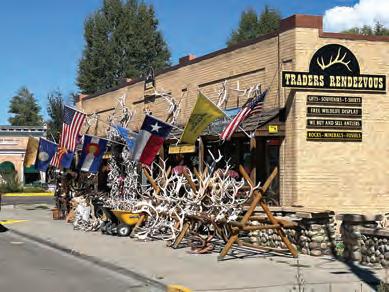
 George Sibley in front of the rock jailhouse in Crested Butte in 1990.
George Sibley in front of the rock jailhouse in Crested Butte in 1990.
It was an interesting suggestion that sparked this retrospective: “To revisit the mindset and lifestyle dimensions of what it means to live at the headwaters” and do “an update in light of how that topic has changed over the decades.”
I can really only speak for myself in addressing that question. I’m only in my sixth decade in, or near, the Gunnison River headwaters, but it has been an interesting period here, and also in all the places out there that affect what happens here.
More to the point of the question, I don’t think I had a discernible “mindset” when I came to the valley in the mid-1960s. My mind was mostly the roiling, seething mess of anger and frustration common to many young men of warrior age, but not of warrior inclination for an ambiguous conflict half a planet distant.
So I wasn’t coming to the valley with any sense of arriving “at the headwaters” (headwaters of what?), or any place else of significance. I was just a 20-something in disorderly retreat from industrialized and urbanized America and its military-industrial complex and et cetera. I was naive enough to think I could escape all that by going to a resort town in a beautiful place.
My “lifestyle” was equally ambiguous. I really disliked the very word “lifestyle,” which sounded to me like something you’d get at the mall, picking among the ready-mades on the rack, this style or that, looking for the one that says "me", as advertised on television.
I would have said, if asked (which I wasn’t), that I didn’t want a lifestyle. I wanted a life, not yet knowing that life is what happens to you if you aren’t too wrapped up in your lifestyle the invisible hand of life that tugs and nudges you toward some larger awareness, and the invisible foot that kicks you in the ass when you ignore it.
My lifestyle, when I came to the valley in the mid-1960s, was “sort of ski-bum.” After a year of bussing tables and mopping floors in exchange for free morning skiing and room and board at one of the U.S. Hwy. 6 ski areas (no I-70 then), I came to Crested Butte when I heard the ski area here would be open for the winter, after getting financially reorganized from their 1966 bankruptcy.
To my amazement, I lucked into a job on the ski patrol because, I learned later, paydays
had been irregular the year before, and no one locally believed the resort would survive. To be on a major resort ski patrol today, one has to be a trained EMT as well as a superb skier. I was neither then, but a little chutzpah and a Red Cross lifesaving card I’d had the foresight to acquire the year before sufficed to qualify me in November 1966, with the area needing seven warm bodies to remove casualties from the slopes before the Forest Service would let them open.
That, however, was when life came and in terrupted my off-the-rack lifestyle, in the form of a small town that was really a community — something new in my civilized contractsociety experience. Crested Butte at the time was run and mostly populated by people who had grown up there when it was still a coalmining town, most of them either immigrants or the offspring of immigrants from central or southern Europe, who had never been more than just comfortable economically, at best.
People like me, there for the mountains and the skiing and a place not like where we were from, were still enough of a minority to not be threatening, and we shared with them the kind of genteel poverty that is acceptable when nearly everyone shares it — and is even perversely inclined to share what little one has, with others who have as little.
Some of the best afternoons of my life, my early years in the valley, were spent sitting in Tony’s Tavern or Frank & Gal’s listening to old miners tell stories about the town and the mines and the mountains and survival. They were stories they’d prob ably told each so many times they were tired of them, but I was a new set of ears, and welcome as long as I’d listen.
From the mid-1960s on to the mid-1970s, Crested Butte’s economy still had at least the illusion of a mining future, as well as an outdoor recreation future. When the coal mines closed in the mid-1950s, the retired miners who didn’t want to leave and a handful of local businessmen who couldn’t afford to leave had put on their funeral suits and gone out to recruit an economy — with some success. They got American Smelting and Refining interested in the base metals in the old Keystone Mine on Mt. Emmons, and got the Forest Service to list Crested Butte Mountain as a potential ski area site, which a group from
continued on 18

The physical headwaters might be a metaphorical headwaters too, a place where it all starts, and being at the headwaters, we will have to live with the first set of adaptations, so we might consider just setting our minds to get on with that.
Classic Spanish tapas with a Colorado flair. Paired with exceptional cocktails & wine. Dinner only.
Closed Tues & Wed www.1880tapas.com
206 N. Main St. • 970.707.4331

Breakfast & lunch. Gourmet sandwiches, salads & soups, vegetarian fare & gluten free options. Deli is OPEN for takeout. Please call to place your order.
Wed - Sat 8 a.m.-2 p.m.
108 N. Main St. • 970.641.6266
We moved! Come enjoy our Newly Remodeled Restaurant with large patio, full bar, and event space.
Mon-Sat 11 a.m.-10 p.m.
Inquires & Menu can be found @ 5bsbbq.com 405 W. Tomichi Ave. • 970.641.7360
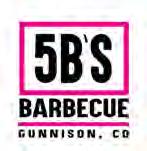

Locally grown, organic, natural, chemical free real foods. Open Mon-Sat 8 a.m.-7 p.m. gunnisonvitamin.net
804 N. Main St. • 970.641.5928
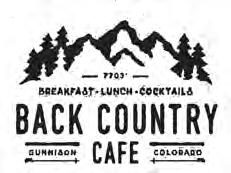
Locally owned, family operated. Breakfast, lunch & cocktails
The Bare Family welcomes you to the backcountry.
Everyday 7 a.m. - 2 p.m. • backcountrycafegunni.com
138 N. Main St. • 970.641.4394
Open Mon-Sat at 5pm
Wednesday is ramen night. 122 W. Tomichi Ave. • 970.641.4394
Pizza, salads, and Italian cuisine, catering available. Dine in, take out, delivery. mariosgunnison.com

213 W. Tomichi Ave. • 970.641.1374
Family Restaurant. Large Dining Room, Full Bar @ TVs Pet Friendly Patio. Large Groups Welcome. Dine In Carry Out and Order online W/ Menufy.com
Open 7 Days a Week Closing times may vary. Find us on social media.
820 N Main St. • 970.641.9223

Coffee House featuring fresh baked pastries, burritos and made to order breakfast sandwiches. Dine in, take away, drive thru. thecoffeetrader.com • 700 N. Main St. • 970.707.4284
Pizza, full bar, pasta, sandwiches, salads, appetizers, desserts. Pizza by the slice! Take 'n' bake. Daily lunch specials & more! Free delivery • Covered patio piezanspizzeria.com 800 W Tomichi Ave. • 970.641.5255 THE
Voted best burger 14 years, best wings 4 years, best bakery and best bartender. Burger, beer, coffee and more. Breakfast, lunch, dinner. Everyday 7 a.m.-11 p.m. powerstop.com. 905 N. Main St. • 970.641.2328
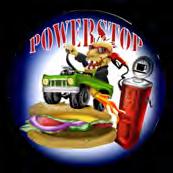

Open 7 days, noon - 9pm
Open Memorial Day - Labor Day(ish)
Proudly serving Third Bowl Homemade Ice Cream 200 W. Tomichi Ave.
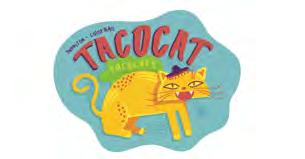
Serving West Coast tacos and Mexican inspired street food for lunch (and occasional brunch)
See our social media or call for hours. 206 N. Main St. (Behind 1880 Tapas & Spirits) 970.209.6707 • @tacocattacocart

Fine chocolates, hand-made fudge, ice cream, caramel apples, cappuccino/espresso, fresh baked cookies, giant peanut butter cups, kids candy, boxed chocolates for take home gifts. Bottled water and Pepsi® products. We love visitors, second home owners and locals. Family owned and managed. Open late. 314 Elk Ave. • 970. 349.0933
MONTANYA
Local rum distillery offering distillery tours, craft cocktails, rum tastings, and appetizers. Book your experience at montanyarum.com. 204 Elk Ave. • 970.799.3206
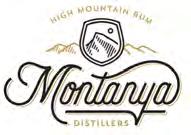
THREE RIVERS SMOKEHOUSE
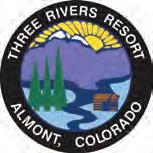
Open 5/26-9/30 from 7 a.m – 9 p.m daily. BBQ, Burgers, Sandwiches, and Smoked Meat platters! Outdoor patio & bar, catered event space. 3riversresort.com
130 County Rd. 742 • 970.641.1303
continued from 15

Kansas got interested in developing around 1960.
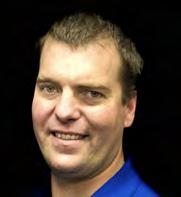
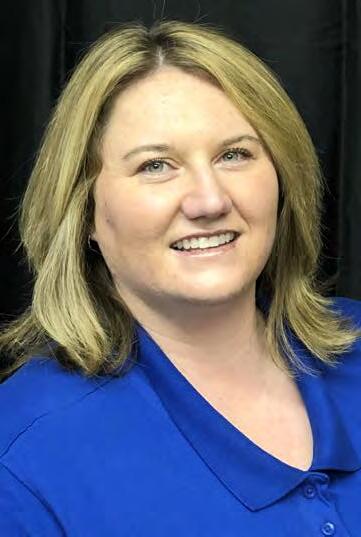
During the 1960s, breakfast time at the Grubstake and evenings in the three bars had a mix of people who worked in Mt. Emmons and people who worked on Crested Butte
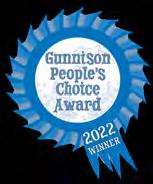

Mountain, but with surprisingly little tension between them. One of the miners, a Crested Butte native, took a couple of us ski patrolmen on a tour of the Keystone Mine, which left us a little in awe of what the miners did. And glad we worked on the mountain instead of in it. But that period ended, around 1970. Mt. Emmons was a seriously faulted mountain
and the Keystone miners frequently “lost the vein” and had to go back to R&D. And in 1970, the Kansas bankers who had run the ski resort for several years on an austerity budget (we had to buy our own patrol parkas) sold the resort to the wealthy Callaway family from Georgia, who began serious investment in the ski area, and in the transportation system to bring more people to the valley for their industrial recreation.
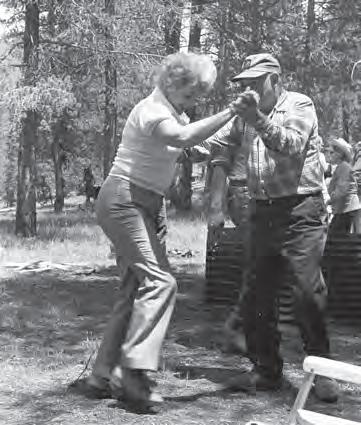 Keystone Mine parade float July 4, 1968.
Sandy Cortner
Keystone Mine parade float July 4, 1968.
Sandy Cortner
Meanwhile, more and more people like me came to town, some for the expanding economic opportunity, but many of us also in retreat from the ever urbanizing and suburbanizing industrial mainstream. After 1970 there were just too many of us for the delicate community balance of people from the old resource industries and from the new amenities industries; the new overran the old, and the “old-timers” essentially withdrew. In a 1972 Crested Butte election, the town government passed entirely into the hands of “new-timers” for the first time. That process took a little longer in the rest of the valley, but came to pass in Gunnison and county governance too.
By the late 1970s, when AMAX — American Metals/Climax — came to town with a proposal for a big molybdenum mine on Mt. Emmons, most of us didn’t want it. The town had a mining heritage, but didn’t want a mine anymore.
That choice was felt downvalley too, even though many of the longtime residents were uncertain about a “recreation future” — or just didn’t like it — and believed we needed “the lunchbucket,” the jobs the mine would provide. But as we plodded toward the turn of the century, a measure of well-being from the “amenities economy” flowed downvalley too. There was plenty of work, some of which even
sprouted like mushrooms all over the valley and up the hillsides.

A downvalley migration began of upvalley workers who could no longer afford to live in Crested Butte. Crested Butte South became a haven for Crested Buttians who could afford to build there, and renters from upvalley began to compete with Western students for already limited housing in Gunnison.
For the early part of that period I was, for as long as I could stand it, doing a kind of a journalistic dance in Crested Butte between the past and the future, producing a small newspaper that tried to keep the community soul of the old-timer’s town alive while being an only occasionally critical cheerleader for the economic juice flowing into the valley. “Living the life,” as we say, better a dance than a one-way march.
This economic — and by extension cultural — transition was really the local manifestation of major cultural changes going on at the national, even global scale. But bigger things were going on out there too. In the 1960s, the people of the increasingly interconnected and industrialized nation-states of the planet began to wake up in what earth scientists are now calling the Anthropocene Epoch: a new period in the planet’s natural history
continued on 21
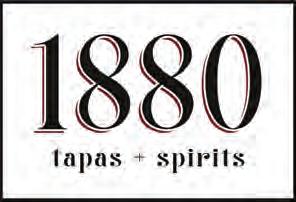
YOU!
We hope you enjoy your stay!


CHECK OUT OUR PARKS! Discover Legion and Jorgensen Parks on the east side of town! You can fish in town at Pac Man pond and hang out at the skate park at Jorgensen Park!
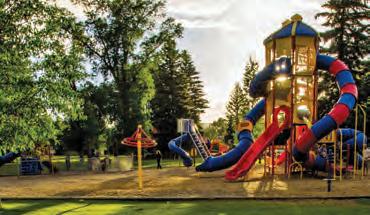

Need to cool off?

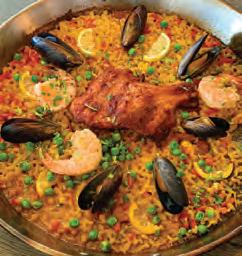
Want to try rock climbing?
The Recreation Center at 200 E. Spencer Ave has a pool with a water slide and climbing wall to have some fun on! Call (970) 641-8060 to find out open swim times and climbing wall hours! While there run around the tumble room too!
If you want to ride bikes or hike from town, head to Van Tuyl Ranch on the northwest corner of town! While you are there, play some pickle ball at Char-Mar Park.
Have lunch downtown at IOOF Park and play in the new water feature!
For questions or additional information, please contact the City Clerks Department at (970) 641-8080.
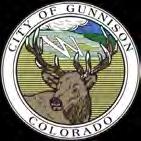
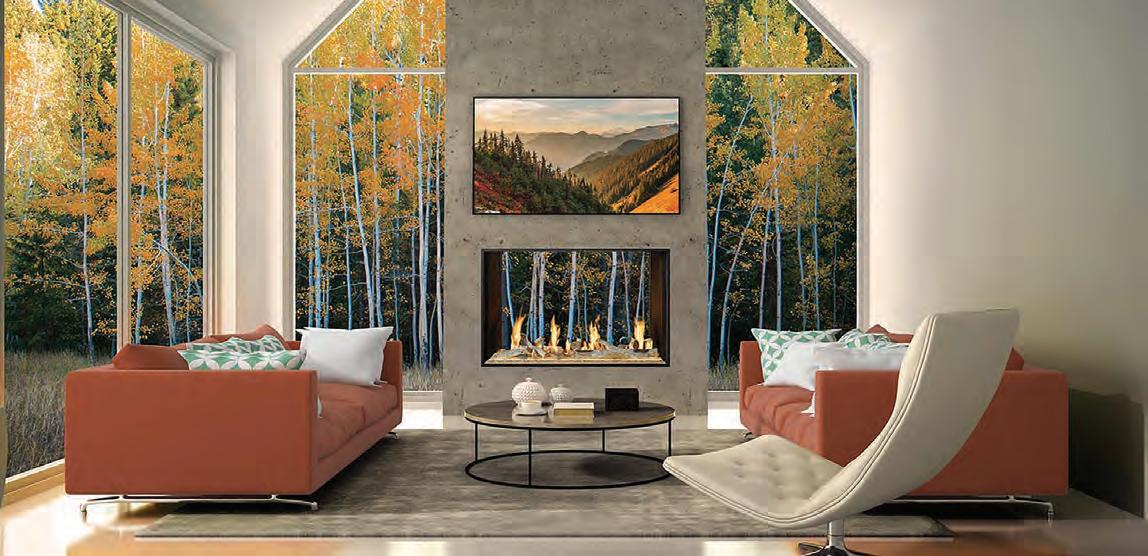
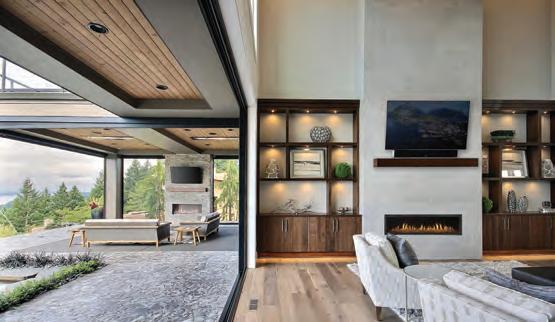

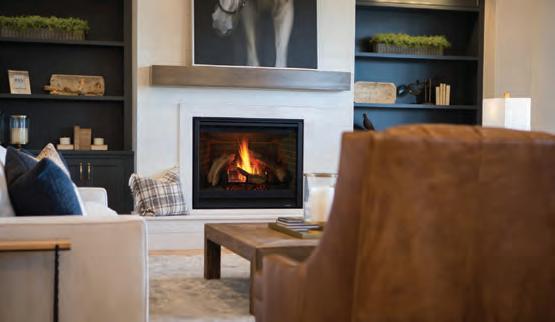

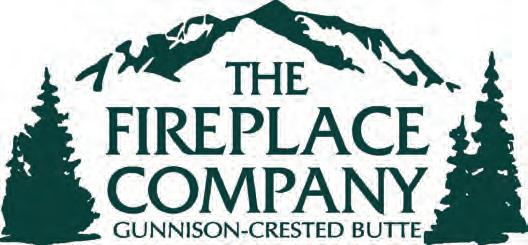
continued from 19
in which the expanding human population, exploiting scientific, technological and medical innovations over the past 500 years, has began — mostly inadvertently — to make geological-scale changes in the planet and its life systems. This process was begun proudly, maybe even arrogantly, over the past two centuries through the Industrial Revolution, with incredible achievements that had consequences in which the invisible foot caught up with the invisible hand.
Dealing with the increasingly unignorable consequences of our great works led to efforts ranging from cleaning up local messes from the mining heritage to broad legislation at the national level, a period of intensive reform — almost an industrial counterrevolution. The first big push was the 1964 Wilderness Act, an effort to cordon off natural areas we hadn’t yet exploited. This changed some of the local political geography of the headwaters immediately, with three of the first five wilderness areas in our neighborhood: the West Elk Wilderness, the Snowmass-Maroon Bells Wilderness and the La Garita Wilderness, all designated along with the Act itself.
An Endangered Species Act followed, with progressively more restrictive amending acts in the following decade — and a similar process with Clean Air and Clean Water acts. Then came the big one in 1969-70, the National Environmental Policy Act, essentially saying that anything we wanted to do on the grandiose scale to which we had become accustomed had to be preceded by a thorough environmental analysis with mitigations for impacts.
This being the land of the free, the level of controls and directives needed to clean up some serious messes engendered a fair amount of pushback, here as everywhere. And as the evidence of serious systemic changes piled up — culminating with evidence that

our burning of carbon fuels is causing ir reversible changes in the climate — a gap has widened between a variety of mindsets: those who accept the scientific evidence and want to get about keeping the planet as livable as possible, those who refuse to believe that such a poor little species as us could make serious changes on the planet, those see it all as a threat to business as usual and therefore evil, and those just too overwhelmed by the magnitude of the stated problem to do any thing at all.
It is also hard to escape the knowledge today that we live at the physical headwaters of a desert river that something like 40 million people depend on for water, food and power. And nearly all of that water starts in the mountains above us, and the amount of water there is diminishing under a relentless rise in temperatures that, whether we cause that or not, we are all going to have to adapt to.
The physical headwaters might be a meta phorical headwaters too, a place where it all starts, and being at the headwaters, we will have to live with the first set of adaptations, so we might consider just setting our minds to get on with that. I remember, back in the early 1970s, at the annual Flauschink Festival — where we at least still dance the way they did when I first got here — in the effort to “flausch” winter, the newly-anointed Queen of Flauschink raised her toilet-plunger scepter and spoke her royal proclamation: “Less lifestyle, more life!” It’s what we’re facing, folks: life, if we’re smart and brave and tough enough to live it. n
(George Sibley is a Gunnison writer, thinker and elder of the headwaters.)

(Photographer Sandy Cortner is the author of "Crested Butte Stories...Through My Lens" and "Crested Butte...Love At First Sight")
6/21
7/12

8/23 Coal Creek Trio
9/13 Cora del Nayar Brasil
 BY WILLIAM SPICER
BY WILLIAM SPICER

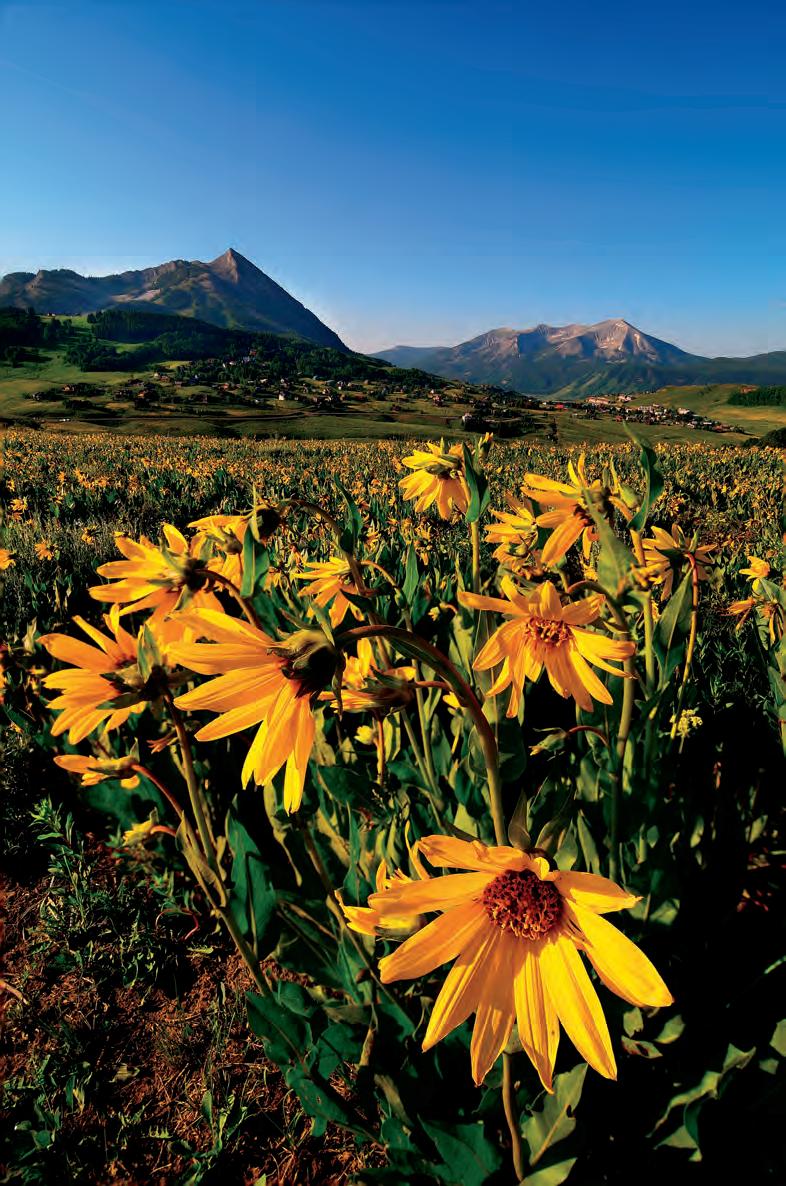

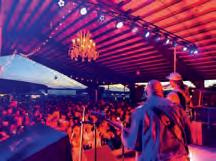
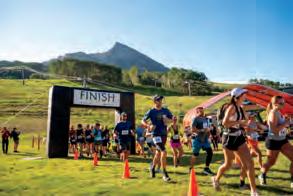
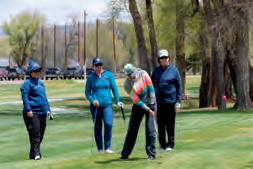
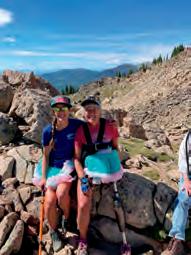
In the short time that Patcharee’s Kitchen has been open, the place has attracted an army of loyal customers who share a deep appreciation for her mastery of Thai cooking. Some even come regularly from as far away as Salida and Lake City. Patcharee’s husband Dave has a theory about her success. Her secret, he said, is that she has twice as many taste buds as anyone else. He jokes that she’ll even critique the diet coke they get from the drive-through when they go to Denver to shop at the Asian Market.
Some artists are blessed with a good eye. Others have a finely tuned ear. Patcharee’s gift is an exceptionally refined palate. And having enjoyed more than my fair share of her food over the past couple of years, I’m very thankful that she chose to share her gift with our little community.
But until recently, I had no idea about the long and winding road that brought her here. The story begins in Bangkok, Thailand, where Patcharee and Dave met while he was flying for the U.S. Marines. In 2007, Dave was about to retire and return to the U. S. for good, and by way of a farewell gift, he offered to take Patcharee on a vacation to anywhere she wanted in Southeast Asia. She chose the beautiful resort island of Koh Samui, located
in the Gulf of Thailand.
There, at night, they could see mysterious lights coming from a neighboring island. After a few days, curiosity got the better of them and they took a boat trip to explore. What they found was a small fishing village with little more than a pristine sandy beach and a couple of dive shops. And an empty building with a “For Sale” sign.
“At that point, our fate was sealed,” Dave said. Instead of saying goodbye and going their separate ways, they bought the building, opened a restaurant and spent the next 10 years running it together.
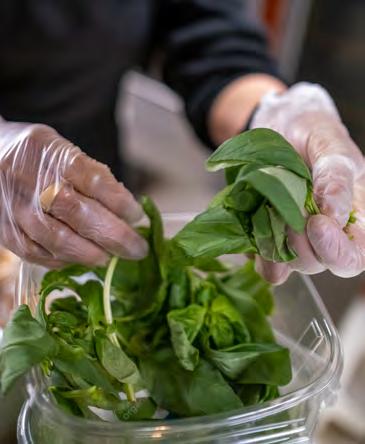
Then, in 2017, Dave’s daughter, who was attending Western Colorado University at the time, had some medical issues, and Dave decided he needed to move to Gunnison to take care of her. Patcharee came with him, but quickly got bored. Looking for something to do, she started cooking, at first just for friends and neighbors. But word spread rapidly about her delicious food, and paying customers started to show up. Unfortunately word also spread to the local public health officials, who frown upon people using home kitchens for business purposes. So, Patcharee had to move her operation into a commercial kitchen, initially at Wapiti Ridge Saloon, and more recently, inside the Gunnison Vitamin and Health Food Store, located next to City Market.
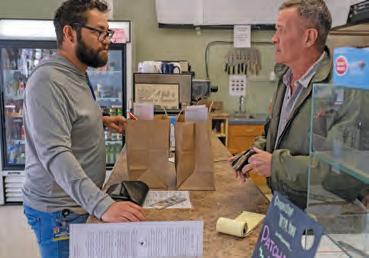


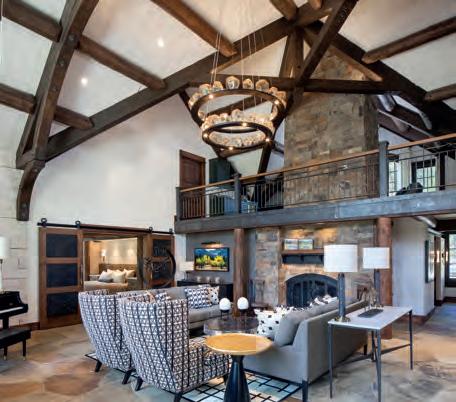

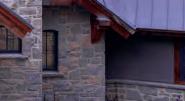
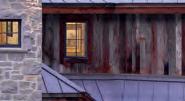
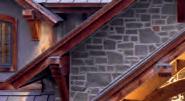
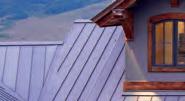

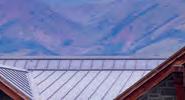
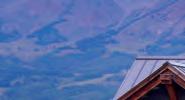
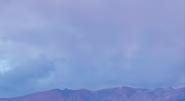

Patcharee’s menu is extensive and she likes to make regular changes. I asked whether all the items are classic Thai dishes. On the contrary, she said, most of them are her own creations, but all based around traditional Thai ingredients and cooking methods. She likes to come up with dishes that are different from anything you might find elsewhere. And because she gets bored with eating the same things all the time, she’s always working on new items. The latest addition to the menu, Patcharee’s own take on Pho, is a good example.
“I couldn’t find one that I liked anywhere else, so I decided to make my own,” she said.

I can attest to the fact that Patcharee’s Pho is worth a trip to Gunnison. The broth has an intense, rich flavor that I greatly prefer to the somewhat insipid versions I’ve tasted elsewhere. There are other favorites too: the Green Curry, which is both delicious and completely unlike any other curry I’ve ever had (it’s pretty spicy too, which I love, but be prepared).

Then there’s the Khao Kha Moo, which in our household we refer to as “meat candy.” If that sounds strange, trust me, try it, and you’ll be a convert: exquisitely tender pork that’s

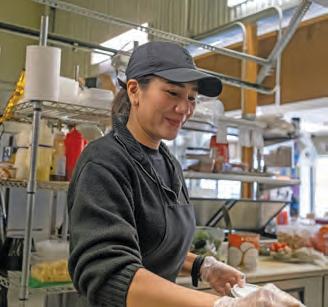
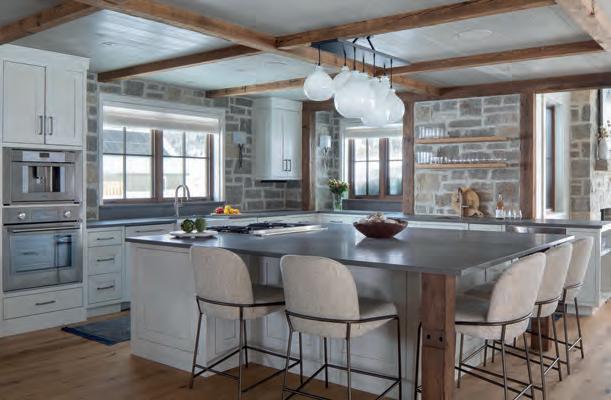
continued on 26

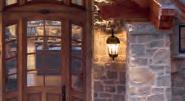
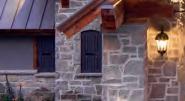
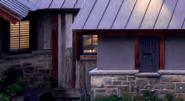
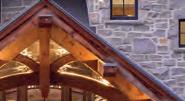
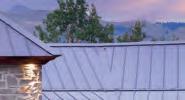
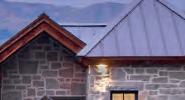
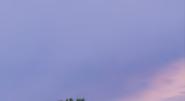













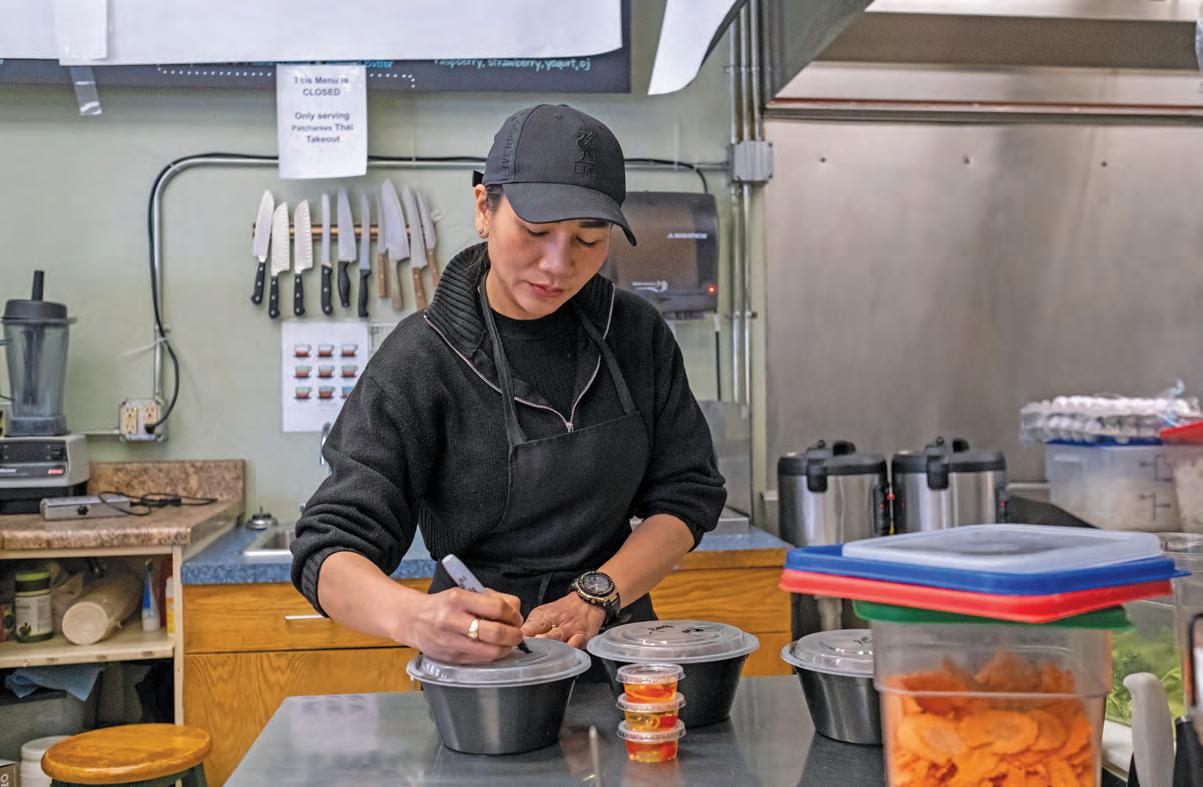 Jacob Spetzler
Jacob Spetzler
continued
been slow cooked in a brown sugar-based sauce and seasoned with pickled mustard greens.
The Chu Chi Salmon is another example of something you won’t find anywhere else. I love salmon, and I love curry, but the idea of salmon curry seemed odd at first. I couldn’t have been more wrong! It’s outrageously good, and the masterfully crafted curry paste is the perfect accompaniment to the fish. I guess this is what you can do when you have twice as many taste buds as regular people.
There are a few important things to know about Patcharee’s from an operational standpoint. First, although the current location does have a couple of tables where you can sit and eat your food, 95% of the business is still take-out. Second, it’s best to plan in advance and place your order by text: check out the current menu on Facebook and text your order anytime after 8 p.m. the night before, including your preferred pickup time. Dave, who takes care of the pick-up side of things with a military precision to be expected of an ex-Marine, will text you back by 11 a.m. the next day with a confirmed pick-up time.

For those with dietary restrictions, Patcharee’s dishes are entirely dairy-free, and most are gluten-free too. All the noodles are rice-based, and many dishes can be adjusted to be vegan (sadly, not the meat candy). If you let Dave know your requirements, he’ll make sure you don’t accidentally order something that won’t work for you. He’ll also keep the information on file for future orders.
Believe me, you’ll want to make future orders.
If you go to 1880 on a typical evening, your nose will be filled with the aromas of good cooking, and your eyes will be delighted by the sight of colorful and beautifully presented plates. But what you’ll notice most is the soundscape, a constant buzz of conversation and laughter. Look around and you’ll see groups of friends leaning in to tell stories, unpack their work week or simply share fellowship.
2023 | GUIDE TO COLORADO’S HIGH COUNTRY PLAYGROUND | 27
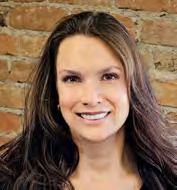
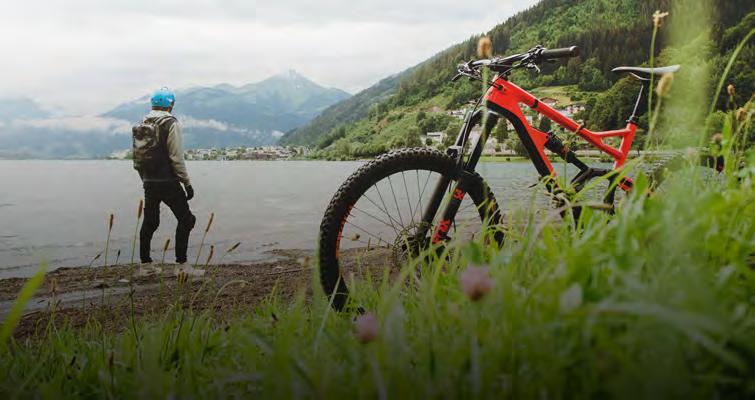
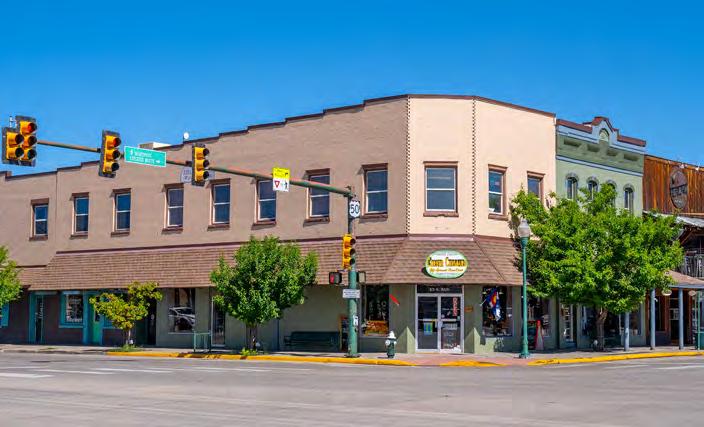


event, with participants moving from one tapas bar to the next, each one offering its own specialty food items. It’s a time to get together and talk with friends, family and business associates. This idea, of food and drink as a means for people to connect, is what inspired Pat and Kate to create 1880.
Pat and Kate met when they both attended Western Colorado University, but they subsequently moved away to Portland, Oregon, to attend culinary school. There, Pat heard about a new restaurant that was about to open and got himself hired as a


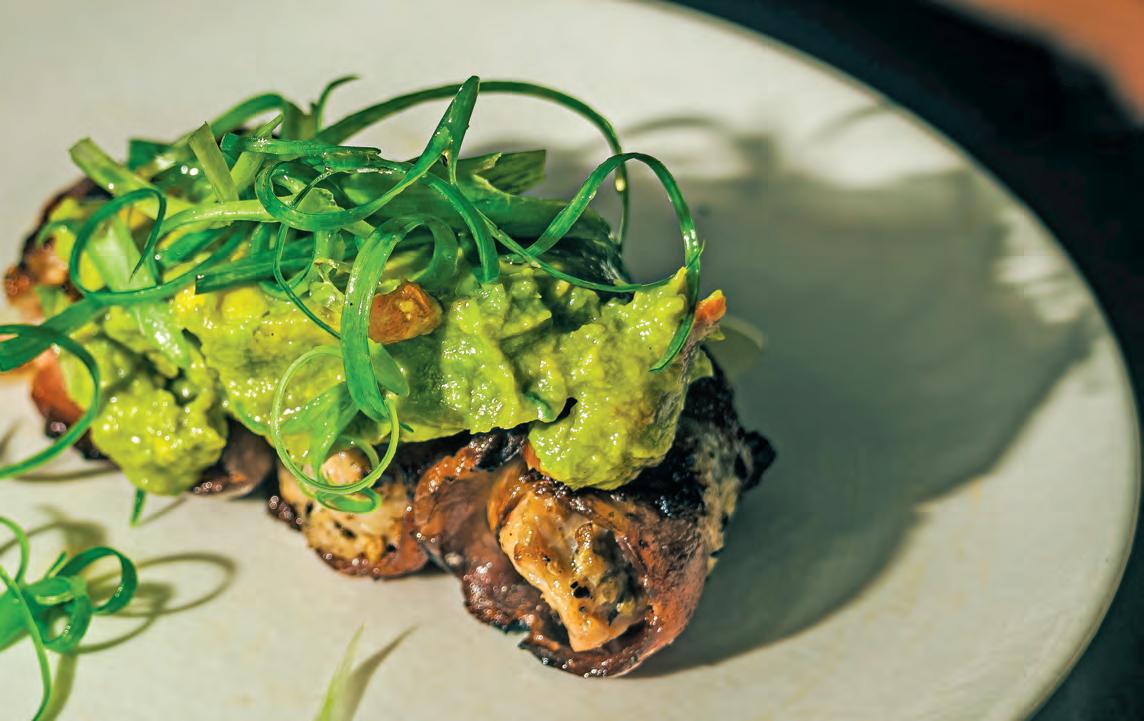
dishwasher. The place was called Toro Bravo, and it went on to become one of the Pacific Northwest’s most highly rated eateries, winning Best Restaurant and Best Service accolades from Food & Wine Magazine. Over the course of several years, Pat rose through the ranks to become Toro Bravo’s chef de cuisine, which makes for a pretty impressive entry on his resume. Today he runs 1880’s kitchen, while Kate takes on the role of business manager.
Food wise, the Mannings’ philosophy is simple: the best quality ingredients prepared to the highest standards. They prefer
to source locally whenever possible and have developed strong relationships with the valley’s various producers. For Kate, knowing the farmer is important.
“Food that’s raised and harvested with care tastes better,” she said.
Many of the dishes are, in traditional tapas style, small plates focused around a single ingredient and served with delicious, homemade, Mediterranean sauces like romesco, labneh, harissa and aioli. Order several and share them among the table; it’ll help get you into the tapas spirit of communion and friendship.
Talking of spirits, the other half of 1880’s name is important too. They’ve created an impressive menu of cocktails, including a number of excellent, alcohol-free “no proof” options that are crafted with every bit as much love and attention to detail as their spirit-fueled counterparts.
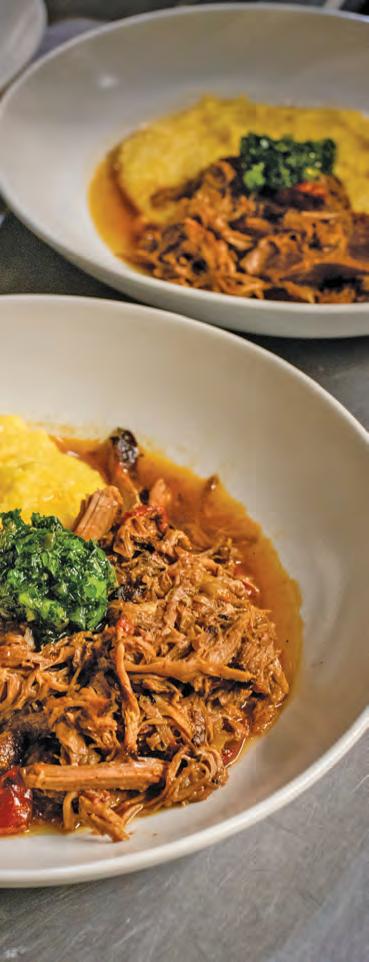
Kate feels that people who don’t want to drink can often feel left out when they go out to eat, and she’s keen to offer something more interesting than the standard iced tea or lemonade. In the future, she hopes to add non-alcoholic beers and wines. The existing wine list is impressive, with a strong emphasis on the old world. These are wines that fit well with the relaxed nature of the food and overall dining experience. In keeping with the locally sourced theme, there are also several offerings from Gunnison’s own Buckel Family
continued on 30
Check out our photo printing kiosk! Many options available!




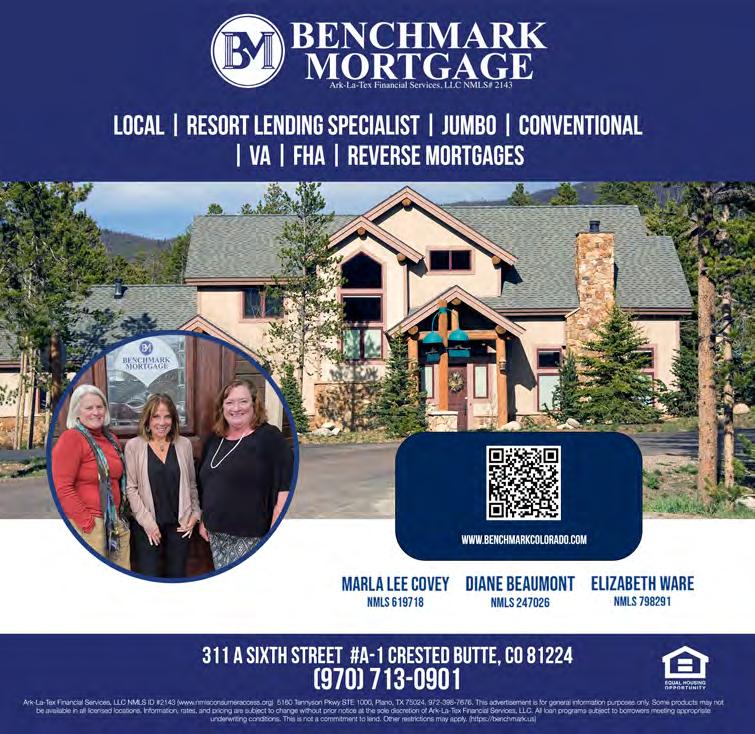
continued from 29
Wine (all of them excellent and well worth a try).
Of course, not everything can be found in and around Gunnison. Pat is passionate about seafood (no surprise given his tenure in Portland), and there are typically a number of seafood items on the menu. Everything is flown in fresh from Seattle every Thursday, and once it’s gone for the week, it’s gone. One of my personal favorites is the Scallops a la Plancha, served with romesco and a fennel salad. Scallops can be a challenge, but Pat prepares them to perfection every time: just a
hint of crispness on the surface, and buttery soft on the inside.
The menu varies from week to week based on what’s in season. This flexibility is one of 1880’s hallmarks and is a testament to Pat’s skill and confidence as a chef. He’s happy to create a unique and delicious dish based on whatever ingredients he has available.
Of course there are some staples, including a few of my personal favorites: the patatas bravas, blistered shishitos and bacon wrapped dates. There are also some larger meat dishes, like the Iola Valley Farms ribeye (served sliced, so it’s still easy to share). There
are always a couple of excellent seasonal salads available; cheese, paté and chorizo boards; and a fresh pasta dish (with madefrom-scratch noodles). There are plenty of options for those with dietary restrictions, and the excellent wait staff are always happy to check with the kitchen if you have questions.
The restaurant itself is quite small, so come early or be prepared to wait if it’s a busy evening. Reservations are only available for larger parties. The furnishings are simple but attractive, in keeping with the overall relaxed vibe. The walls also dampen sound well,
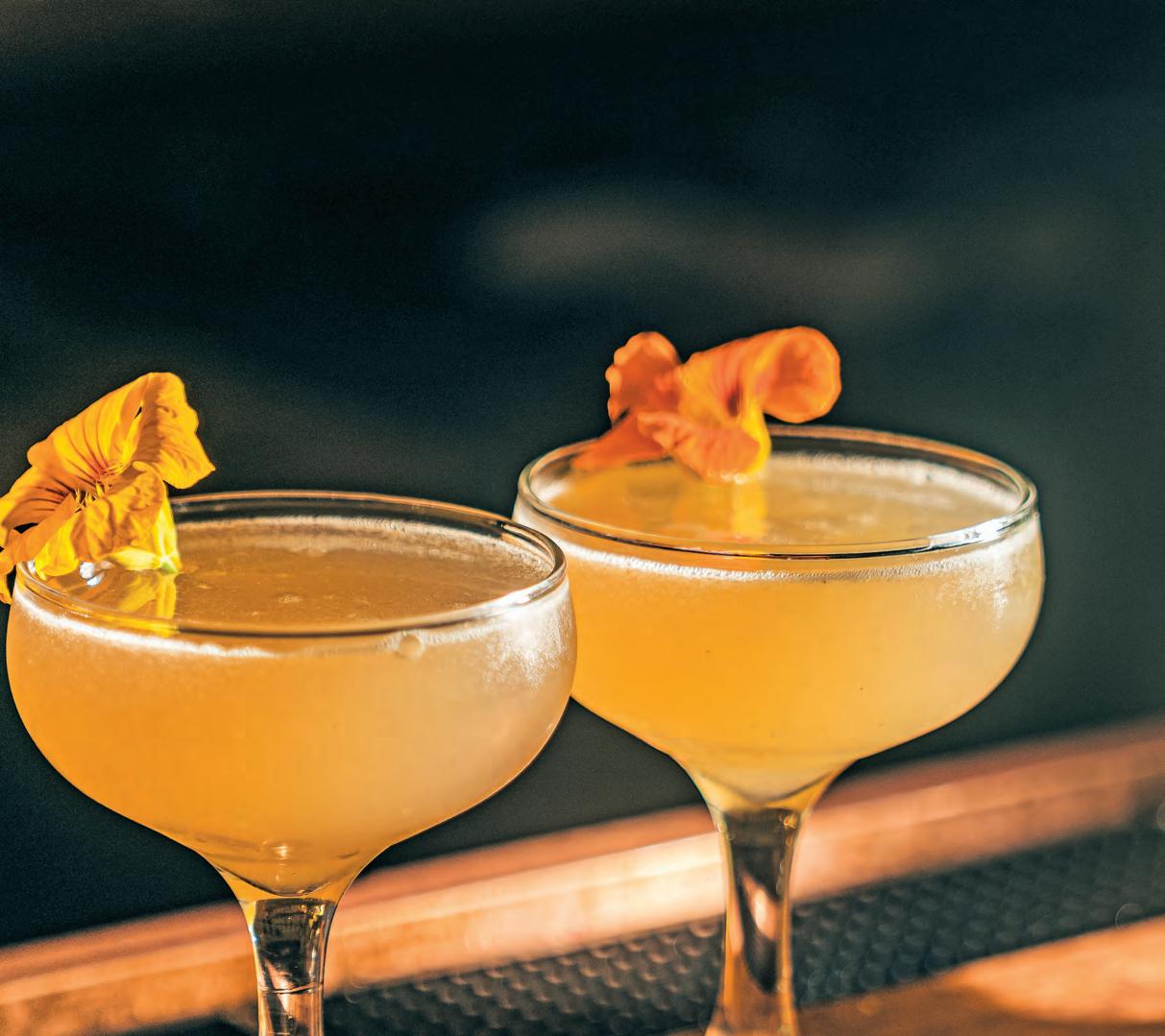
There’s an excellent outdoor dining patio at the rear of the building, open during the summer months. It adjoins a city park, and it’s a wonderful place to eat, hang out and watch the sun go down. Be sure to bring some friends and order a jug of 1880’s delicious homemade sangria to complete the experience. n
(William Spicer is a Gunnison writer, actor and foodie.)
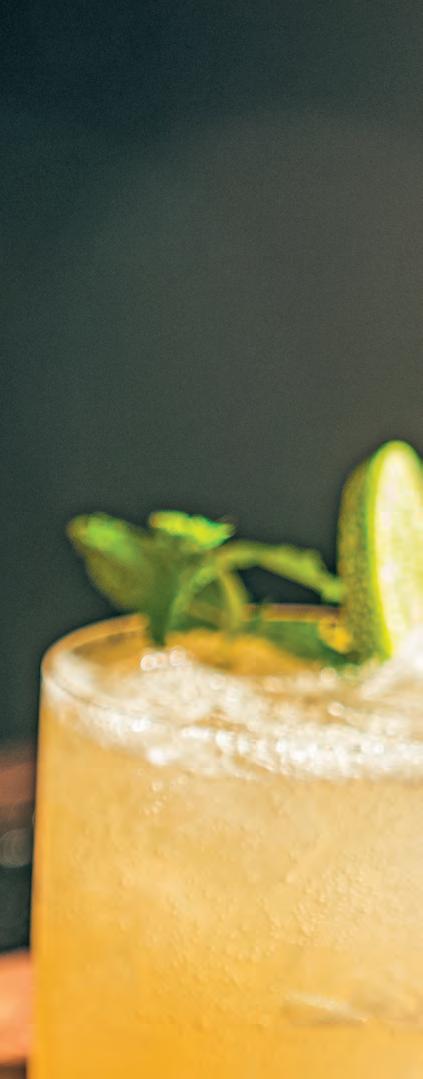
HANDWORKS
Since 1980
z z
the greatest cards and gifts on earth
Toys, Candles, Picture Frames, Art Supplies, Souveniers, Jewelry, Burts Bees, Pottery, Journals, Books, Planners, Gift Wrap, Candy, Party Supplies, T-Shirts, Hats, Sweatshirts REMEMBER IF YOU CAN'T FIND IT HERE, WE SOLD IT YESTERDAY!
Upstairs - Corner of 3rd & Elk Avenue
Downtown Crested Butte, Colorado 970-349-6731
Toys, Candles, Picture Frames, Art Supplies, Souveniers, Jewelry, Burts Bees, Pottery, Journals, Books, Planners, Gift Wrap, Candy, Party Supplies, T-Shirts, Hats, Sweatshirts
Pooh’s Corner
remember if you can’t find it here, we sold it yesterday!
POOH’S CORNER
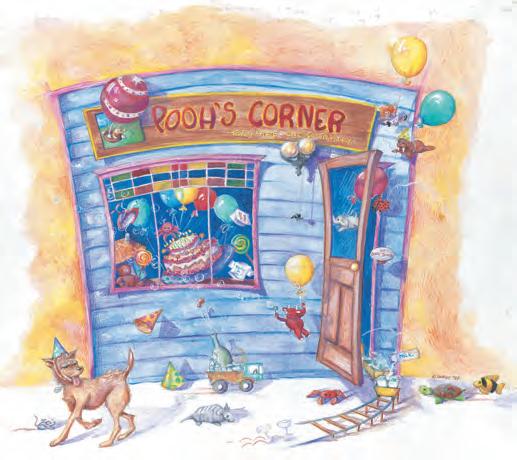
HANDWORKS
Upstairs - Corner of 3rd & Elk Avenue
Since 1980

z z
Downtown Crested Butte, Colorado 970-349-6731
the greatest cards and gifts on earth
Toys, Candles, Picture Frames, Art Supplies, Souveniers, Jewelry, Burts Bees, Pottery, Journals, Books, Planners, Gift Wrap, Candy, Party Supplies, T-Shirts, Hats, Sweatshirts remember if you can’t find it here, we sold it yesterday!
Upstairs - Corner of 3rd & Elk Avenue
Downtown Crested Butte, Colorado 970-349-6731
THE GREATEST TOYS ON EARTH SINCE 1977!
ON THE CORNER OF 3RD AND ELK DOWNTOWN CRESTED BUTTE
THE GREATEST TOYS ON EARTH SINCE 1977!
970-349-6539
ON THE CORNER OF 3RD AND ELK DOWNTOWN CRESTED BUTTE 970-349-6539
THE EARTH ON THE DOWNTOWN
A HAT FOR EVERY HEAD. A SOCK A SHIRT FOR EVERY HUGE SELECTION OF SOCKS
A HAT FOR EVERY HEAD. A SOCK FOR EVERY FOOT. A SHIRT FOR EVERY BODY.
HUGE SELECTION OF SOCKS AND JEWELRY.
2023 | GUIDE TO COLORADO’S HIGH COUNTRY PLAYGROUND | 31
 Marilyn Rodman
Marilyn Rodman
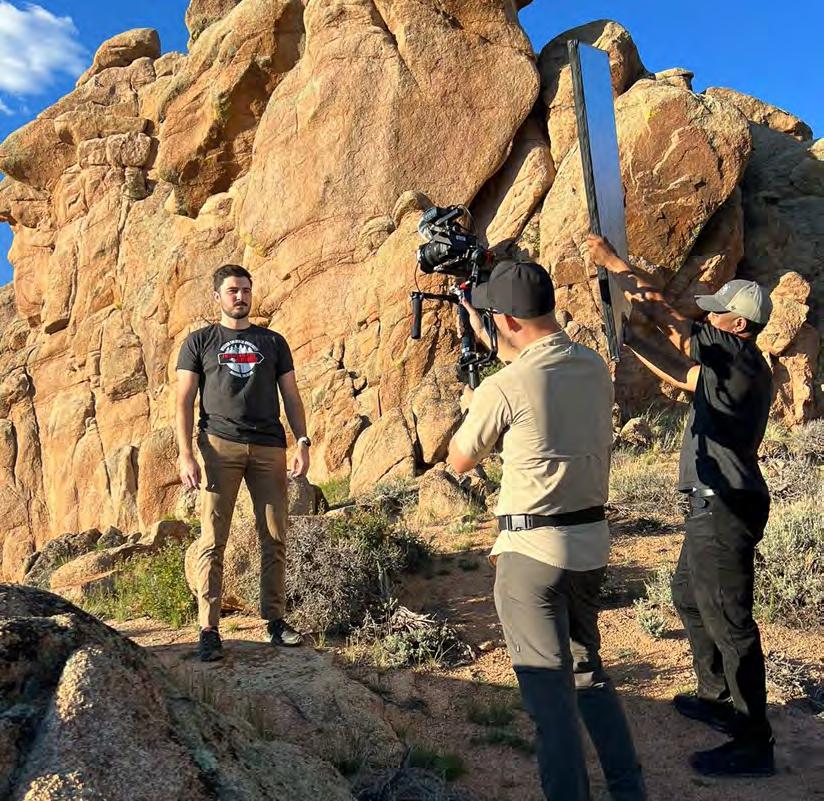
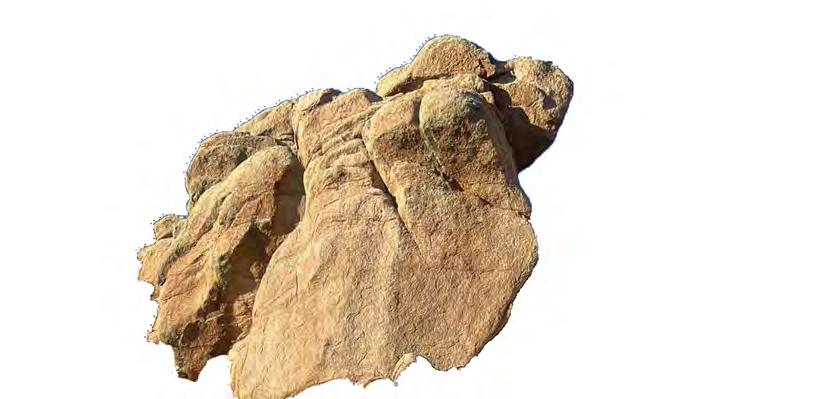


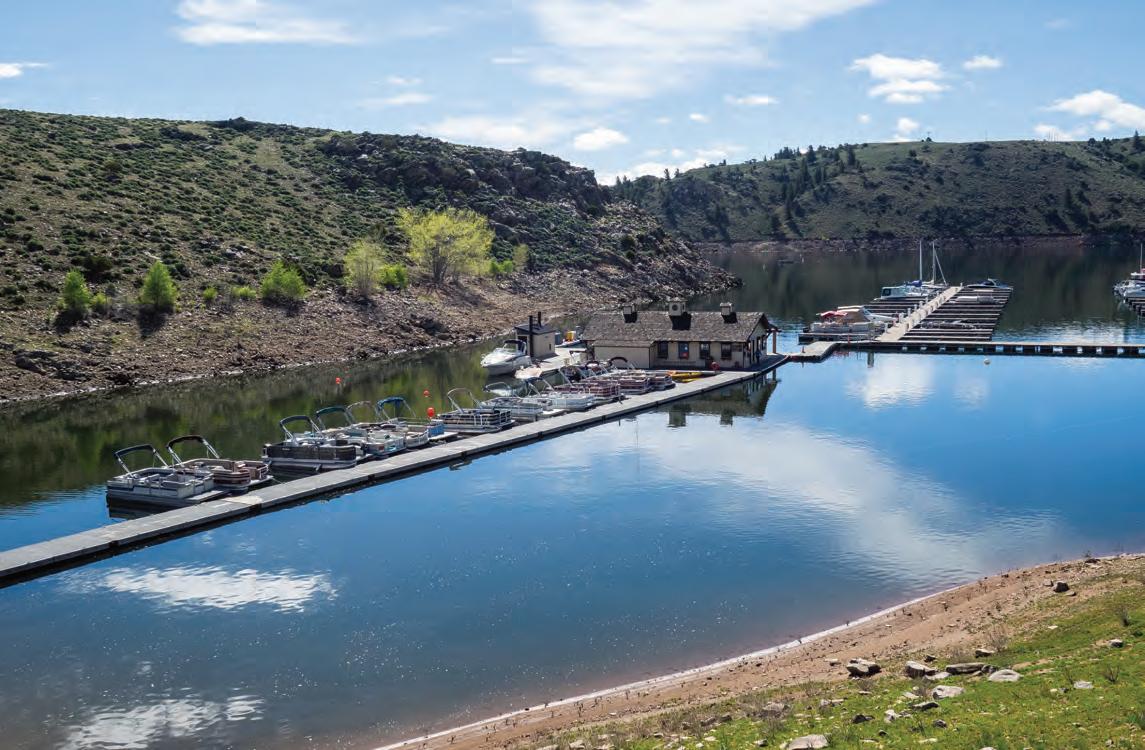
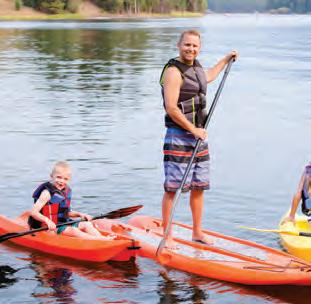
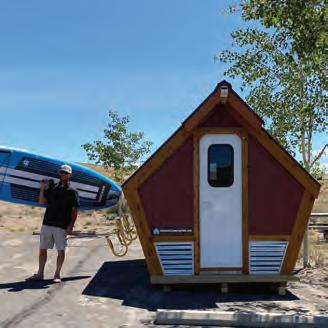

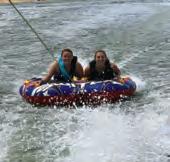
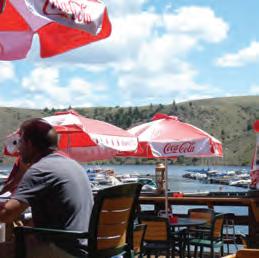
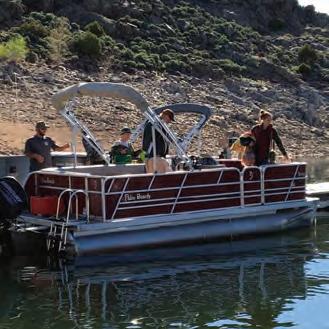
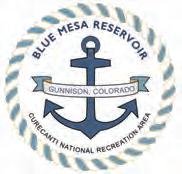
If you picture all the ways to enjoy the outdoors in Colorado, it’s doubtful that sailing would be the first thing that pops into your mind. Or the tenth. Okay, it probably wouldn’t make the list at all. It’s not hard to see why, in a profoundly landlocked state that belongs geographically to the arid west.
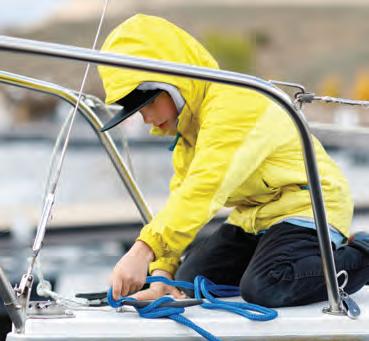
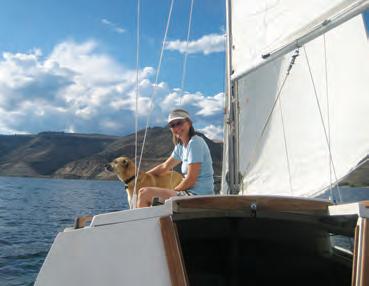
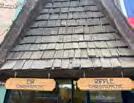






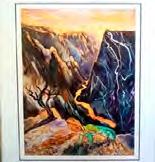















But, on any given afternoon, from May to October, if you turn off of U.S. Hwy 50 at the Elk Creek Visitor Center in the Curecanti National Recreation Area and follow the road until it dead-ends at the marina, you can find people who don’t have time to debate the issue, because they’re readying their boats for another great day of sailing on Blue Mesa Reservoir.
I know that because, depending on the day of the week, I could be one of them, prepping Serenity, my Rhodes 22 Continental, for launch.

At just over 9,000 acres — and 20 miles long — Blue Mesa Reservoir is the largest body of water in Colorado. The man-made lake was created in 1966 upon completion of the Blue Mesa Dam, part of the Aspinall Unit of the Upper Colorado River Storage Project. When full, Blue Mesa holds nearly 950,000 acre feet of water and boasts 96 miles of

undeveloped shoreline.
Those are the stats; but what inspires sailors to love Blue Mesa is less tangible.
Andris Zobs saild Blue Mesa in his Catalina Capris 22 called Guns of Brixton. “I spent most of my life trying to spend as much time as possible on boats and then ended up in the Gunnison Valley,” he said. “I went to Blue Mesa for the first time with friends, really knowing nothing about it, and saw the marina and I saw Pappy’s, it just sort of hit all my nostalgia buttons for the places I had grown up in Florida and on the East Coast. It just felt like this special little taste of water life — in Colorado.”
Pappy’s is the restaurant and bar overlooking the marina docks, a place for sailors to swap stories over beer and burgers when the wind dies for the day. Some nights you can catch the tunes of local musician Chris Coady on the deck. He’s also captain of Bonita, a powder blue Catalina 22.
For Coady, what was supposed to be a weekend aboard a friend’s boat in Hawaii years ago turned into four months on the water — and a passion
for the sailing life that followed him to the Gunnison Valley.
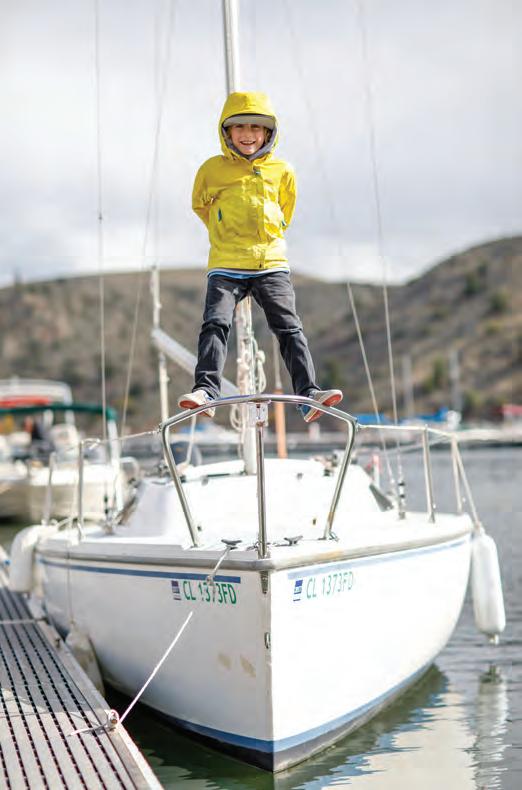
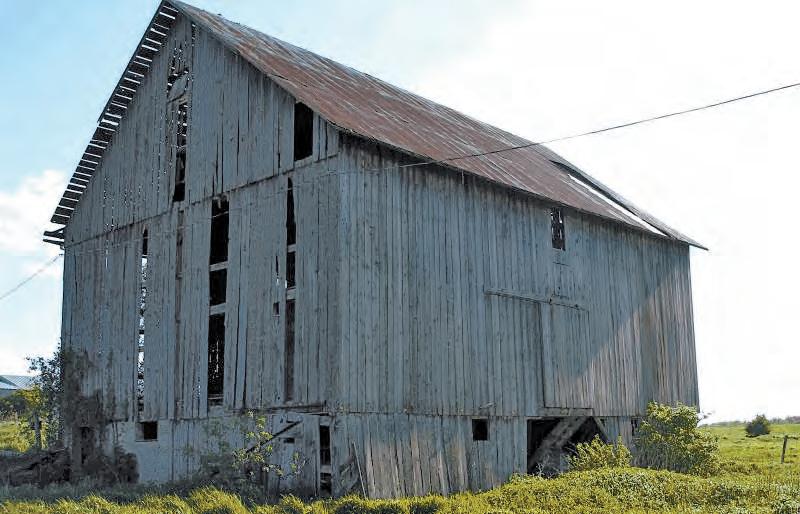
“I fell in love with it,” he said. “The whole lifestyle and the marina and the sense of freedom. You get out on the water, and there's just this sense of freedom.”
The word “freedom” pops up a lot when talking with sailors. I’m reminded of the final scene of Disney’s initial “Pirates of the Caribbean” film when Captain Jack Sparrow gazes across his ship’s bow and says, “Now bring me that horizon!”
And yet, the word can also be a little misleading to those who’ve never sailed. After all, a sailor is a lot less free of demanding elements than motor boat drivers or stand up paddlers. If true freedom is what you’re after, then wouldn’t a lawn chair and a cooler on shore be easier (and cheaper)?
“Sailing is low tech,” Coady said. You've got a vessel that moves through the water, a sail that catches the wind and the rudder holds you on course. You have to work with whatever conditions are there for you, but the freedom, I don't know … what is that? For me, it's that time kind of stands still out there.”
Zobs describes the same sensation.
“At the core of what makes me love
sailing is that it forces you to be totally present, mindful,” he said. “You can't be distracted, thinking about other things. You need to be aware of what's happening on your boat, because it can be dangerous. I’ve got scars on the back of my head to prove it.”
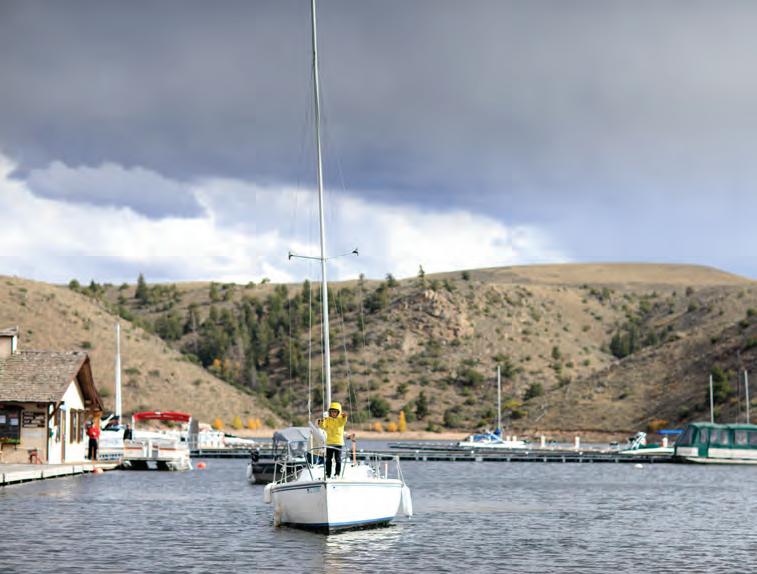
To say that the experience is ineffable — defying description — probably goes too far,

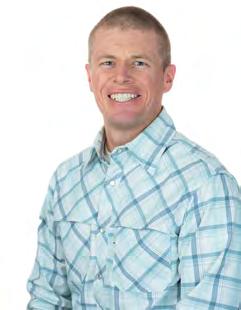
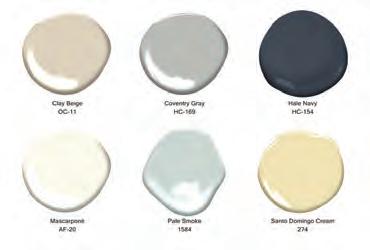

but not by much. For me, Coady’s “timeless freedom” and Zobs’ “mindfulness” are woven into a deep, deep sense of connection to the elemental world that is otherwise rare in an age when we wear a coat of technological armor everywhere we go. A sailor must read environmental signs as attentively as any continued on 39

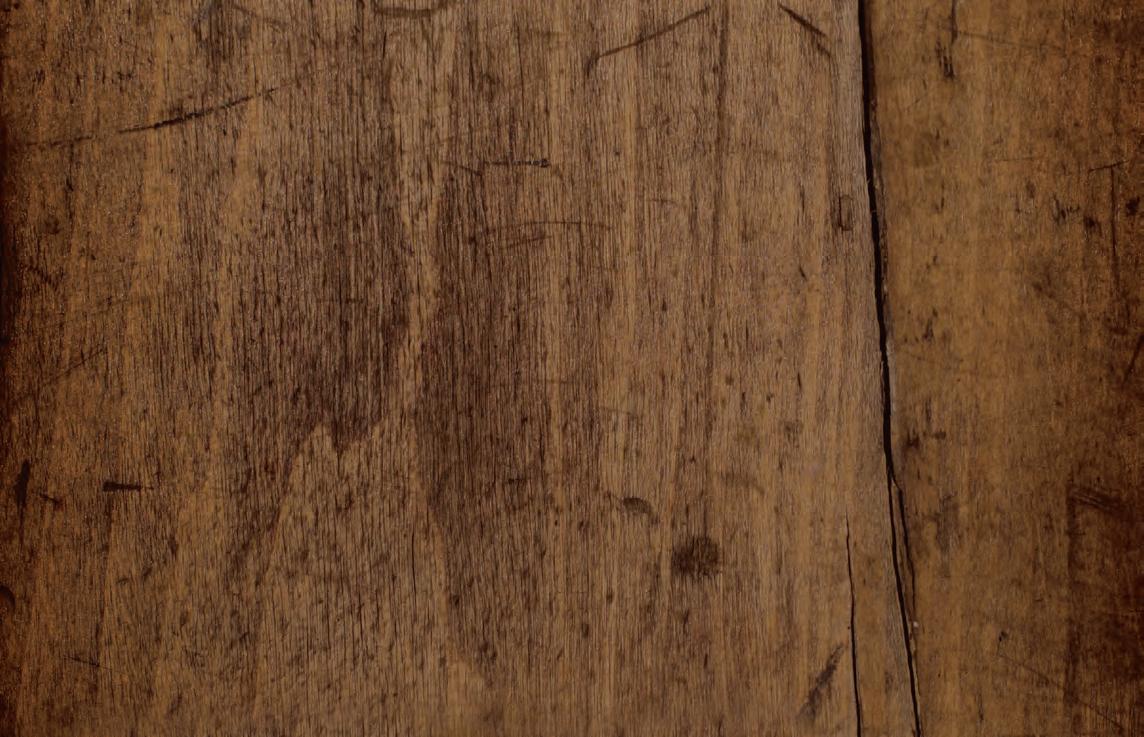

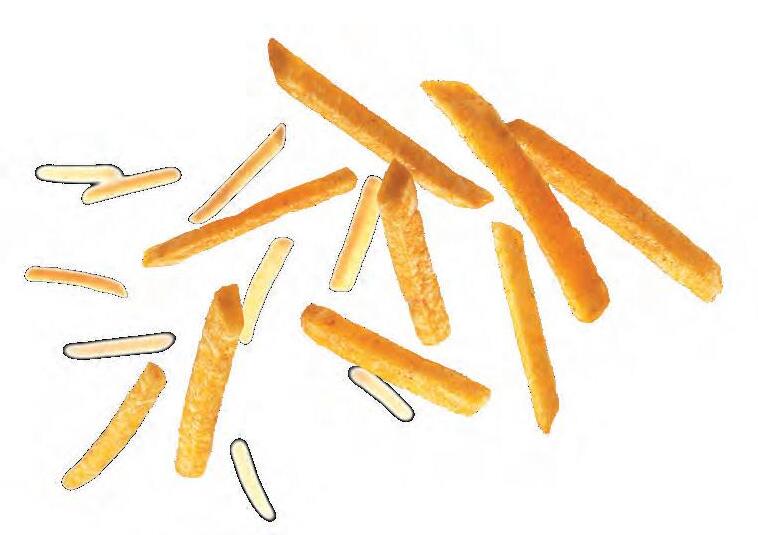
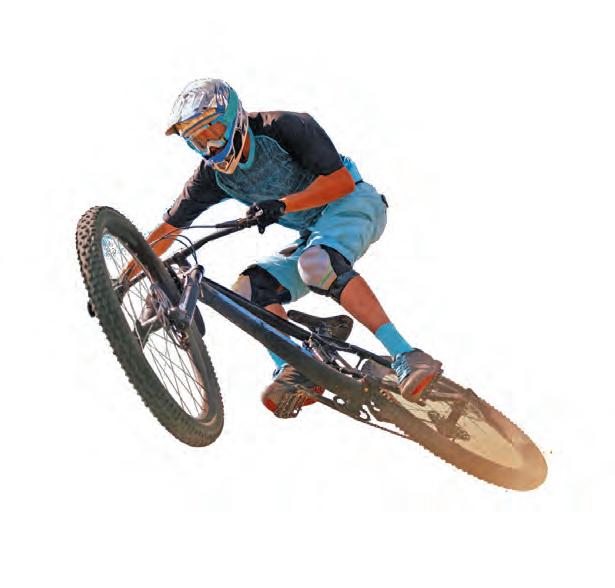
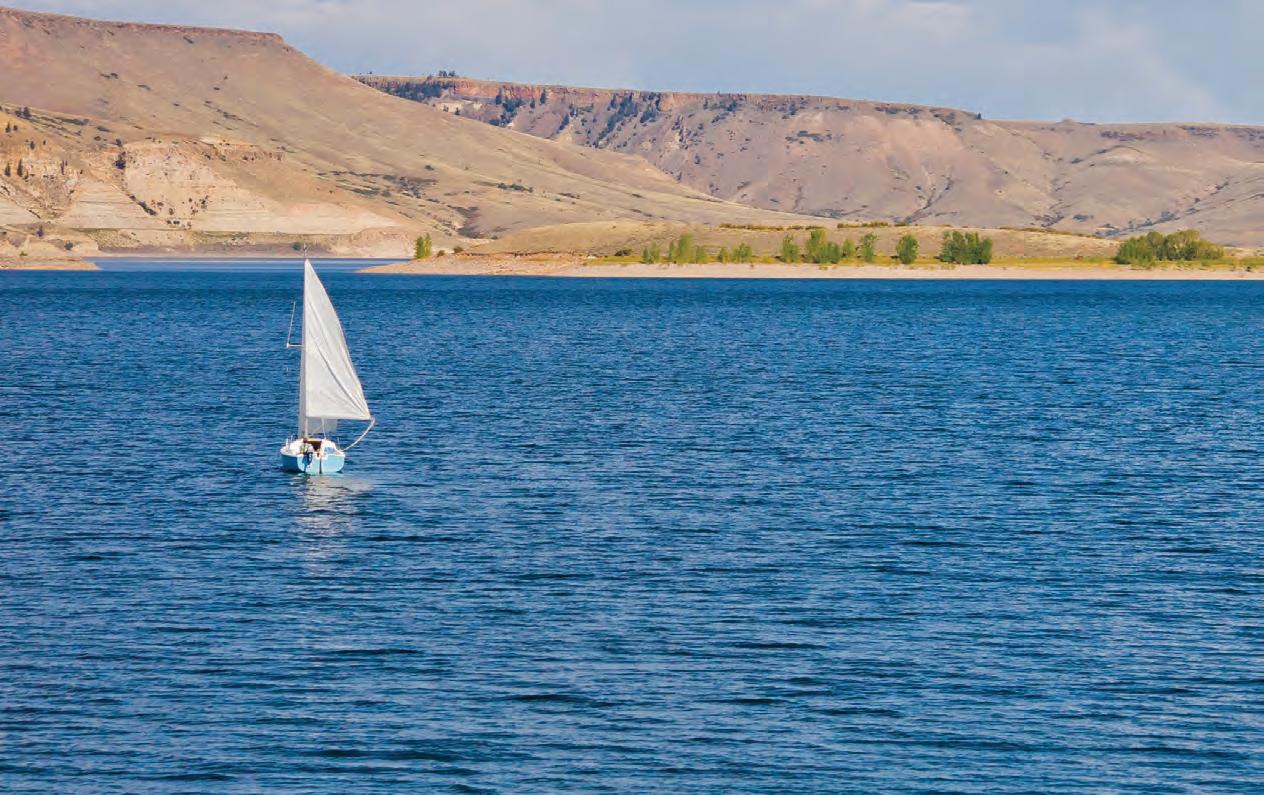
continued from 37
hunter gatherer in the Amazon. He or she learns to feel the wind’s speed and direction, see and hear its approach on the water and divine in the clouds what conditions will be like in two hours when running eastward ahead of the wind back to the marina.
On Blue Mesa, paying attention is particularly important — one of the reasons sailors love the challenge of being on the water there.
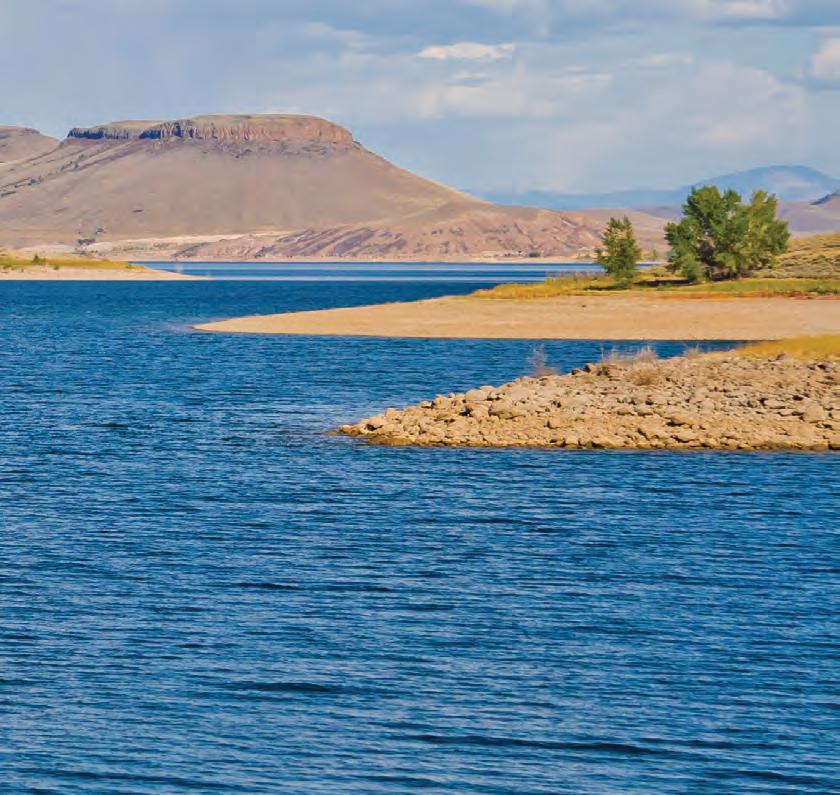
“I've been sailing a lot of years,” Coady said. “I've got American Sailing Association certifications, and I've been sailing in the Virgin Islands, Caribbean, West Indies — a lot of cool places. And I still learn something every time I go out on Blue Mesa.” He attributes that to often erratic wind behavior and high country weather that can change rapidly.
“It's pretty exciting,” Zobs said. “And then as soon as that sun goes down, and you're cruising downwind back to the marina, it's a magical place.”
Apart from the deep blue of the sky at more than 7,000 feet above sea level; the rim of lava-capped mesas in every direction, the challenge of pitting oneself against unpredictable wind and water;
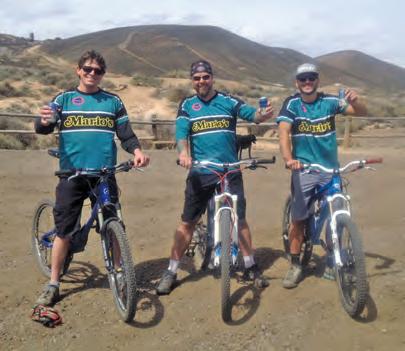
continued on 41

At the core of what makes me love sailing is that it forces you to be totally present, mindful. You can't be distracted, thinking about other things.
We’re lucky to call the Gunnison Valley our home - our brokers live, work, and play here. And when we combine our local knowledge with the global resources of Coldwell Banker, we ensure the best real estate experience for our clients. Whether you’re buying or selling, upgrading or downsizing, the real estate experts at Coldwell Banker Mountain Properties can help.


www.gunnison.realestate |

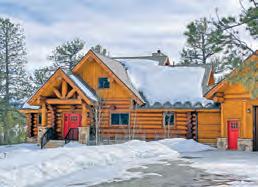
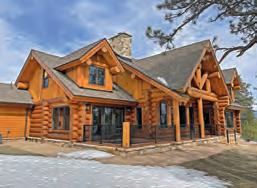
970.641.7055

continued from 39
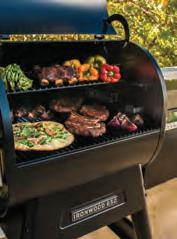
and the zen of timelessness in the moment — one other reason to love sailing Blue Mesa stands out: the people.

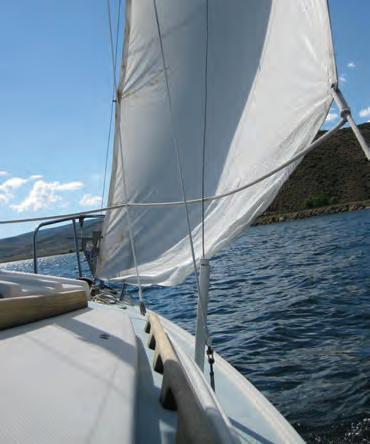


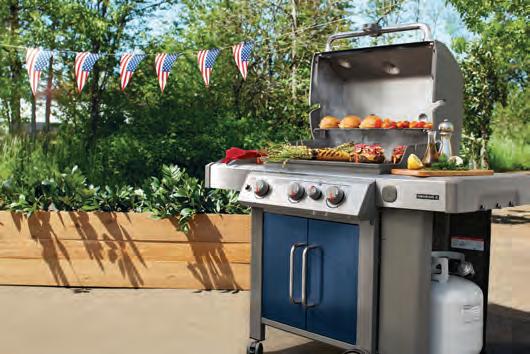
“I love the community around it,” Zobs said. “You've got never-evers who are like, ‘I'm gonna learn how to sail and I want to do that by buying a boat, which is a way to do it. And then you've got a few people who seem to have brought experience from somewhere else.”
Part of the fun of heading to the marina for the afternoon is walking the docks and seeing who else is headed out or coming in and checking out each other’s boats in the process. Some sailors belong to what Zobs calls the “peanut gallery,” judging everyone’s rig, or how they tie off on the dock cleats or criticizing their launch. Mostly, though, it’s a tight-knit club bonded by mutual love of sailing and respect for anyone who can take a boat all the way up the lake into the wind and back again.
“If we had a yacht club at Blue Mesa, we would be like the Bad News Bears. I love that about it, it's rootsy. It's a little irreverent. And I'd love to see it continue to grow.” n
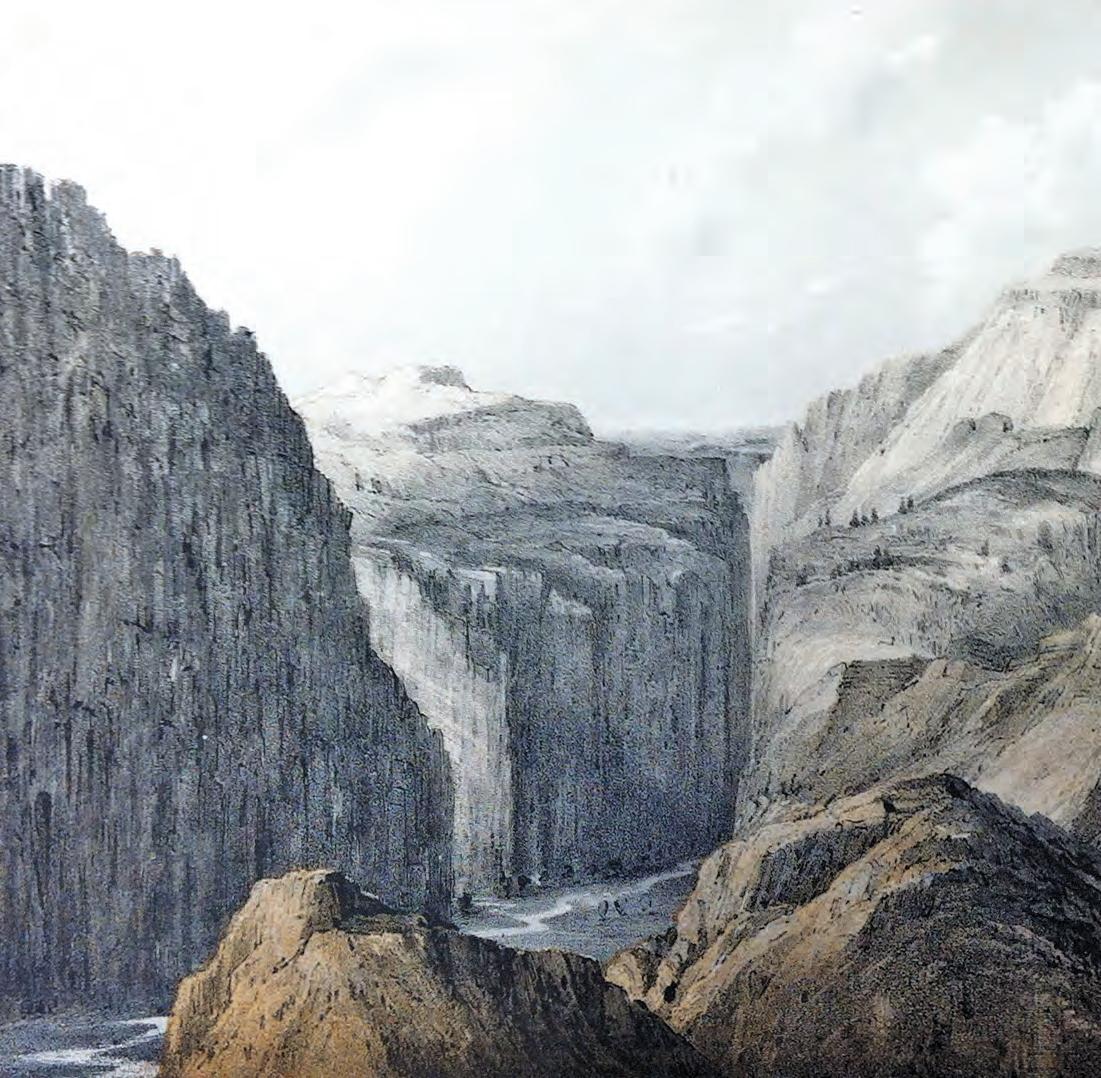 Gunnison expedition near the confluence of the Lake Fork and the Gunnison, looking west.
Gunnison-Beckwith
Gunnison expedition near the confluence of the Lake Fork and the Gunnison, looking west.
Gunnison-Beckwith

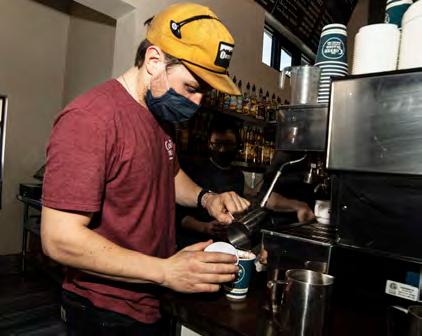
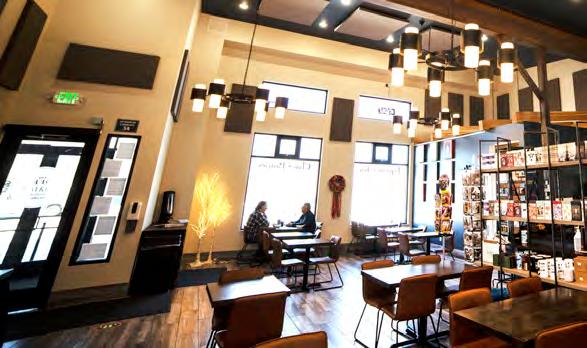
Today's trip west from Gunnison to Montrose, Delta and Grand Junction is easy and relatively quick. But 170 years ago, before any roads or bridges were built, it was anything but easy. In 1853, when this was the home of the Uncompahgre (Tabeguache) Utes, several exploration expeditions came through the Gunnison Valley, all looking for a route for the transcontinental railroad. One of these, the GunnisonBeckwith Expedition, led by Captain John Gunnison, arrived near present-day Gunnison on Sept. 6, 1853. Let's take a look at what the expedition encountered as they traveled west before European settlers arrived.
Starting in Fort Leavenworth, Kansas Territory on June 23, 1853, the Gunnison Expedition followed the Arkansas River to near today's Pueblo, ascended Sangre de Cristo Pass (today's La Veta Pass) and
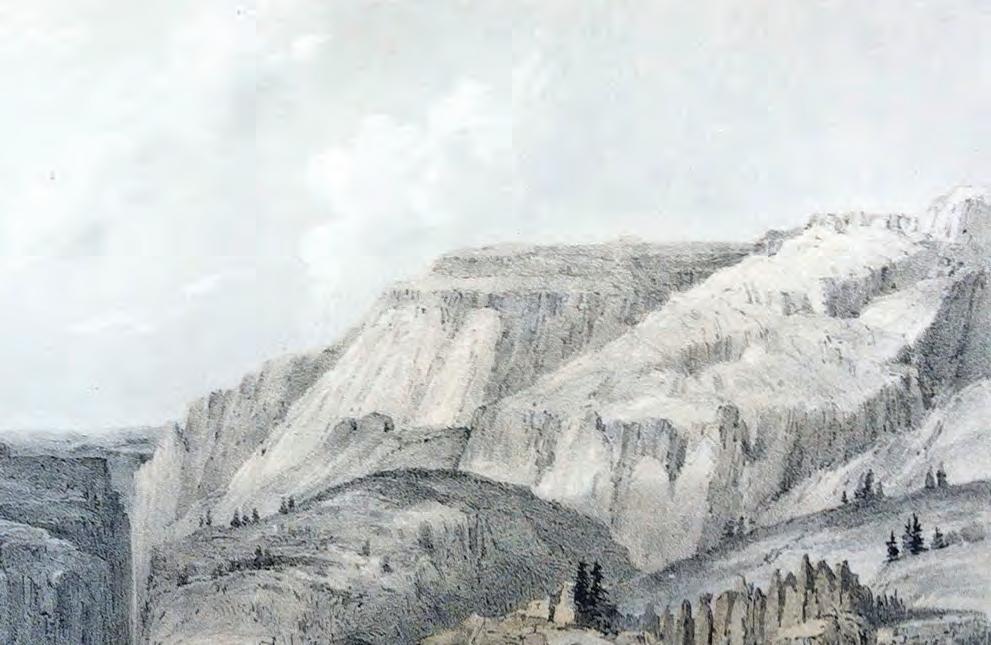
dropped into the San Luis Valley. Roads were scarce the farther west they went. Where there were only trails, they built a rough road for their 18 wagons.
One of the more established trails was the Old Spanish Trail, a trade route joining the Spanish settlements of Santa Fe and Los Angeles. The expedition followed much of the North Branch of the Trail, joining it in the San Luis Valley and following it northwest. Gunnison was likely the first to traverse it with wagons. After crossing Cochetopa Pass (today's North Pass, CO 114), they avoided Cochetopa Canyon by traveling down Razor Creek until reaching Tomichi Creek, then headed west to today's Gunnison. Traveling to this point wasn't easy, but not anything like what was to come.
continued on 44
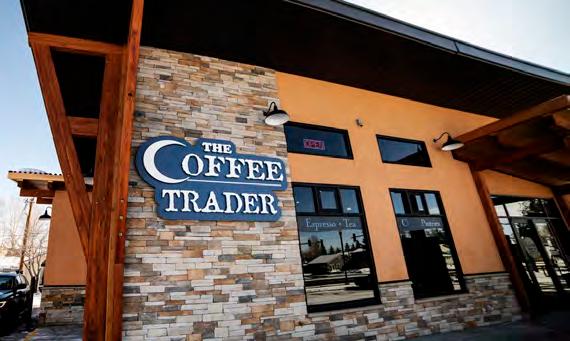

continued from 43
Their first obstacle was the Gunnison River Canyon (then known as the Grand River), just west of town. Today you can travel through the canyon in minutes, but before a road was built, it wasn't easy, even on foot or horseback. If you went through it, you had to ford the river four times, as the river bounced from canyon wall to canyon wall. At any time of the year this was inconvenient, but during the spring flood season, fording the river was dangerous or impossible.
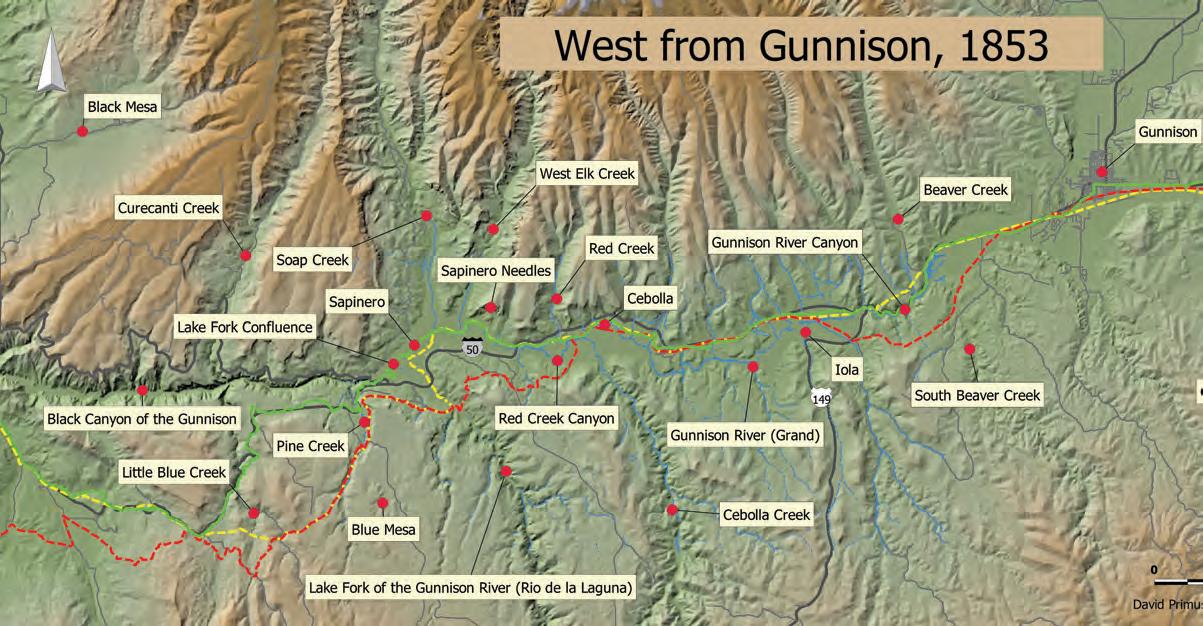
Gunnison needed to make a choice — attempt to go through the canyon or bypass it to the north or south. There were existing trails both ways. The trail to the north left the valley at Cooper's Ranch, basically following today's road to the parking lot at the Gunnison State Wildlife Area, then headed west, down into Beaver Creek, up onto the mesa and dropped down into Iola Basin near today's Lake City bridge. The Old Spanish Trail probably followed this route.
The southern route required two river fords; the first was near today's McCabe's Lane bridge (CR 32). The trail then headed southwest, crossed South Beaver Creek, went up the hill and across the mesa, dropped into Iola Basin, then forded the river again to get back to the north bank. Gunnison chose this route, probably to avoid constructing a road into the canyon of Beaver Creek on the northern route, and because fording the Gunnison River in September wouldn't have been too difficult.
Iola Basin would later host beautiful ranches, fishing resorts, and the town of Iola; all of these disappeared when Blue Mesa Reservoir was constructed in the early 1960s. From here, the trail followed today's Hwy. 50 north of the river. After camping for the night at today's Bay of Chickens, they saw the Gunnison River disappear into a canyon near Red Creek. Should they bypass this to the north or the south?
Gunnison's scouts returned with a sobering report: 8 miles ahead the river entered a deep, dark canyon of unknown length which appeared impassable (today's Black Canyon of the Gunnison). They would need to bypass it to the north or the south. To make the decision even more challenging, the scouts reported numerous creeks, many in deep canyons themselves, entering the Black Canyon from the north and south. They were already on the north bank, near the future (and now submerged) town of Cebolla, having avoided the canyon near today's Elk Creek Marina.
If they stayed on the north side of the river, they would avoid the canyon of Cebolla Creek coming in from the south just ahead, avoid the canyon at Red Creek, skirt the base of the Sapinero Needles (now called the Dillon Pinnacles) and end up in the Sapinero Valley. Here the town of Sapinero would be built 25 years later. It was a beautiful spot, hosting ranches, two hotels, a railroad depot, a school and numerous saloons.
West Elk Creek and Soap Creek came in from the north, and the mouth of the Black
Canyon was just to the west. If they had continued on the northern bypass of the Black Canyon, they would have ascended Black Mesa along today's Hwy. 92, headed north up Curecanti Creek along a wellknown Ute trail and crossed Black Mesa. They would have joined the Gunnison River again near its confluence with the North Fork of the Gunnison River at today's Pleasure Park, just west of today's Hotchkiss. This route was likely the choice of Native Americans for thousands of years.
The southern bypass may have been even more challenging. First, they had to ford the Gunnison River just west of Cebolla Creek, head up the hill to avoid the canyon at Red Creek, then travel west until reaching the deep canyon of the Lake Fork of the Gunnison River (then called Rio de la Laguna). This was the first of several canyons to cross before reaching today's Montrose in the Uncompahgre River Valley. Gunnison chose this route, probably because he felt it would be easier to build a road for wagons on the south side of the Black Canyon than over Black Mesa, and ultimately might be a better route for the transcontinental railroad.
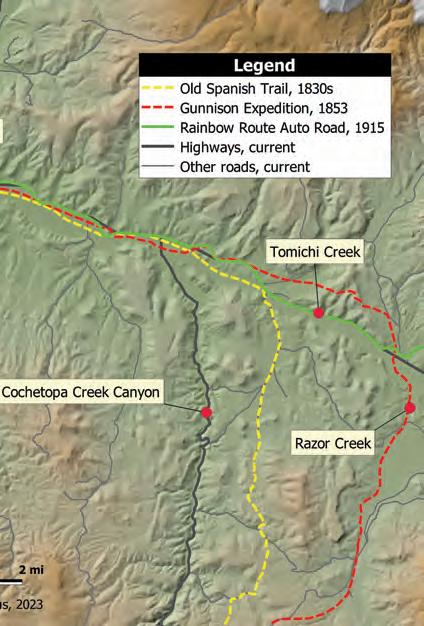
The Lake Fork met the Gunnison River just north of today's Lake Fork Marina, both rivers in canyons over 150 feet deep. Blue Mesa Reservoir covers these canyons and the nearby town of Sapinero with over


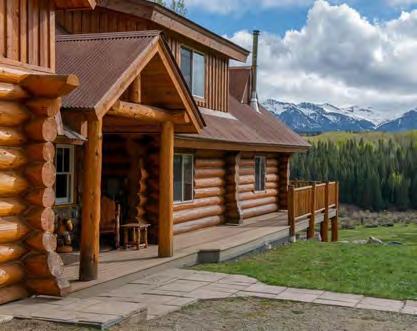
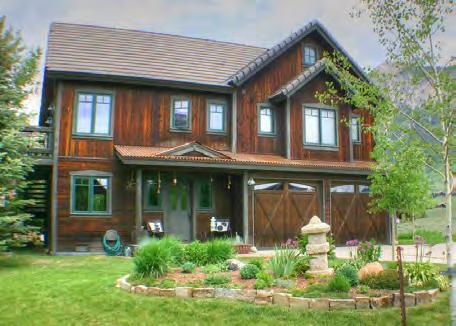

continued on 46



continued from 45
300 feet of water today. Captain Gunnison chose to cross the Lake Fork about 3 miles south of the confluence. Here the canyon was 935 feet deep at their location high on a hill. After constructing over 4,000 feet of rough road into the canyon, they lowered their wagons with ropes, camped at the bottom and the next day pulled them back up the west side.
Lieutenant Edward Beckwith described their thoughts in the expedition journal.
"The most practicable means by which this immense ravine can be passed by a [rail]road, will be by ascending one of its banks by a heavy grade into the mountains, crossing it by a bridge, and descending the opposite bank — a stupendous labor. Captain Gunnison, after examining it, thought it, not impossible, but very difficult to bridge it."
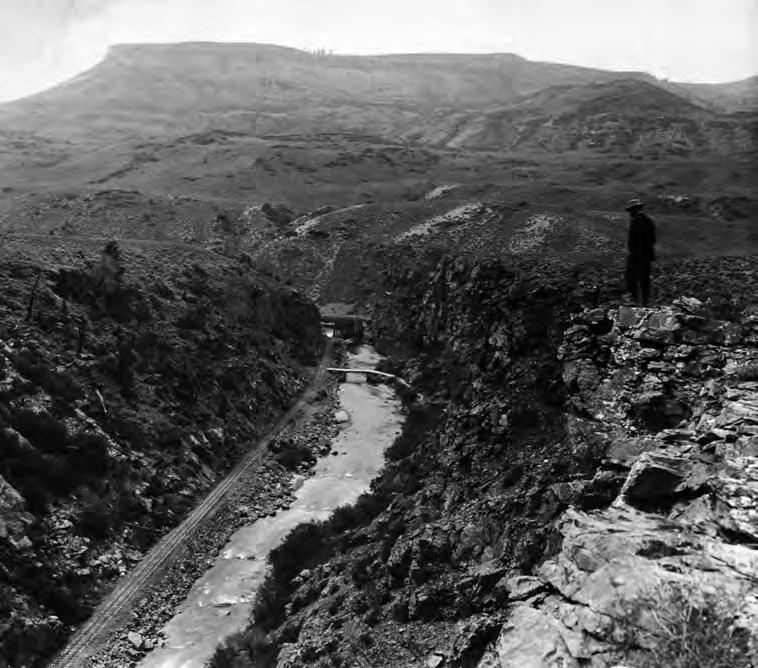
Turning south, they followed Pine Creek
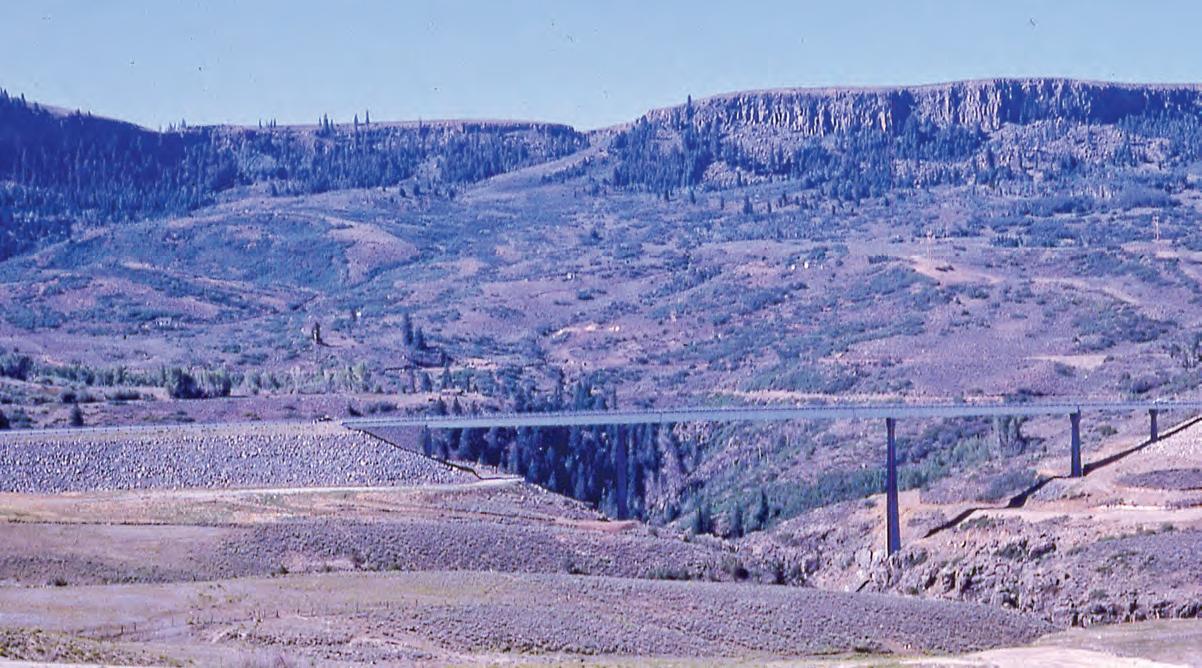 Left: Looking north from above the Lake Fork, 1912. The branch railroad line to Lake City is on the west side of the Lake Fork. Crossing the Lake Fork is the Burro Bridge.
The four bridges at the Lake Fork of the Gunnison, 1924. Taken at the dedication of the new Hwy. 50 bridge over the Lake Fork, people are visible standing on the bridge, 135 feet above the river below. This bridge replaced the Rainbow Route bridge at the middle bottom. The east side of the burro trail can be seen behind the new bridge. The main railroad line to Montrose is slightly visible at the bottom left. The branch railroad line to Lake City is seen crossing the Gunnison at the left, going through a cut, then crossing another bridge and heading south to Lake City.
George L. Beam, Courtesy Rikki Santarelli
Left: Looking north from above the Lake Fork, 1912. The branch railroad line to Lake City is on the west side of the Lake Fork. Crossing the Lake Fork is the Burro Bridge.
The four bridges at the Lake Fork of the Gunnison, 1924. Taken at the dedication of the new Hwy. 50 bridge over the Lake Fork, people are visible standing on the bridge, 135 feet above the river below. This bridge replaced the Rainbow Route bridge at the middle bottom. The east side of the burro trail can be seen behind the new bridge. The main railroad line to Montrose is slightly visible at the bottom left. The branch railroad line to Lake City is seen crossing the Gunnison at the left, going through a cut, then crossing another bridge and heading south to Lake City.
George L. Beam, Courtesy Rikki Santarelli
for five miles, crossing well above the deep canyon near its mouth. Heading west, they crossed Little Blue Creek Canyon, bypassing Blue Creek Canyon which Hwy. 50 traverses today. They then followed today's highway over Cerro Summit and dropped into the Uncompahgre Valley.
Fording the Uncompahgre River near today's Montrose, they traveled north on the west bank of the Uncompahgre, ending up at the well-known Roubideau Ford across the Gunnison River in Delta. Heading west, they forded the Colorado River at today's Grand Junction and continued across the desert. Reaching the Sevier River in Utah on Oct. 26, 1853, they camped for the night. Just before dawn, they were attacked by a band of Pahvant (Ute) Indians. Eight men of the expedition were killed, including John Gunnison.
Today’s day trip, a long time coming
The Lake Fork remained a formidable obstacle to traveling west for many years. After homesteaders arrived in the 1870s to establish ranches, they needed an easier crossing of the Lake Fork. Hugh McVean, a
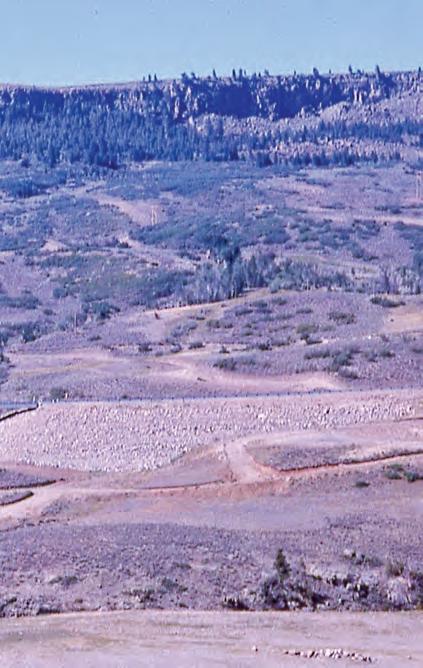


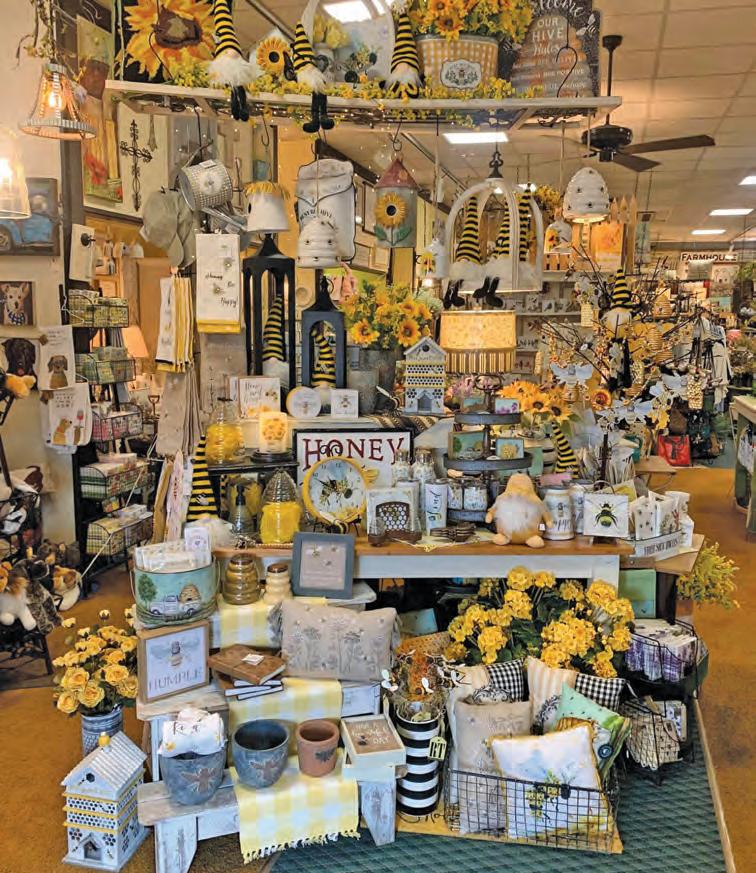
continued on 48

GUNNISON COUNTY IS IN THE MIDST OF A HOUSING CRISIS

When visiting a community, would you like to shop in stores? Go out to eat? Have a clean and safe place to stay? Visit local attractions? Medical care, if needed? Enjoy experiences of a thriving town?
Providing these services requires staff, public workers, business owners and a vibrant community.
continued from 47
businessman in Sapinero, built a steep trail into the canyon a little above its mouth, fording the river and climbing out on another steep trail. Soon a small bridge was built to replace the ford. Called the "Burro Bridge," Pine Creek Mesa ranchers needing supplies would ride burros down the trail, crossed the Lake Fork on the bridge, and rode up out of the canyon to the town of Sapinero.
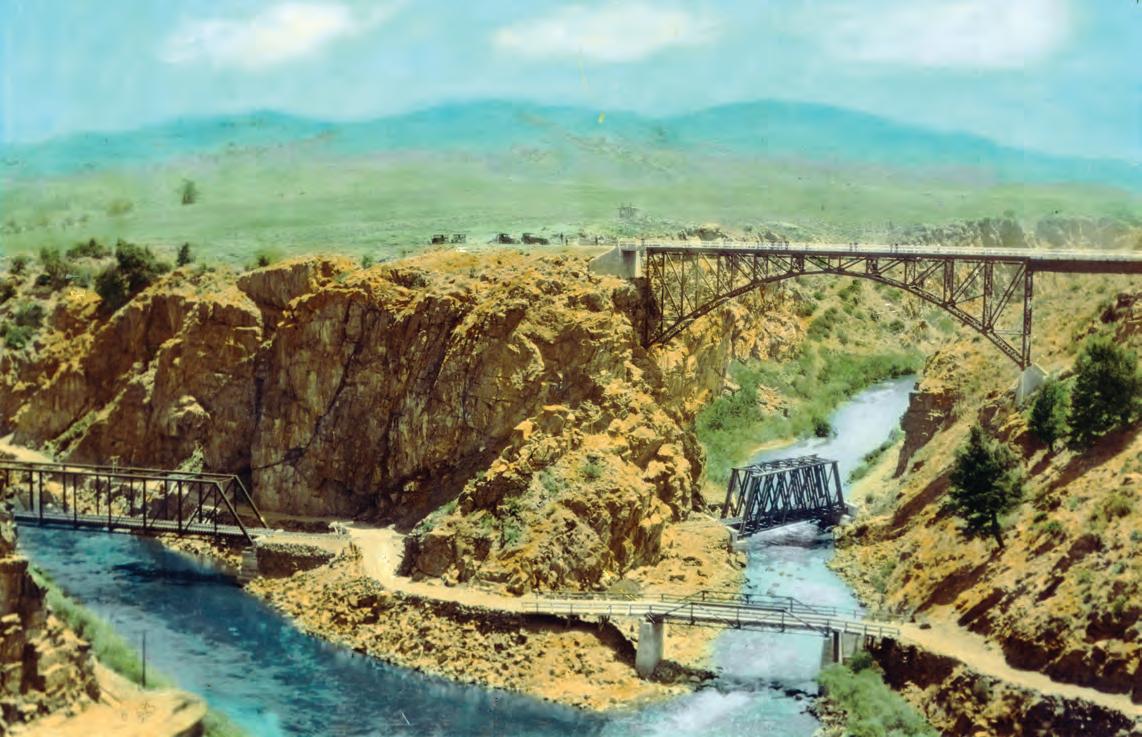
A few years later a rough wagon road was established heading west from Sapinero. Beginning by crossing to the south side of the Gunnison River at a ford near Sapinero, it followed the river west, headed into the Black Canyon and forded the Lake Fork where it joined the Gunnison. The road then climbed out of the canyon, encountering sharp curves and very steep grades. The ford was replaced with a wagon bridge in about 1905.
By the early 1900s, automobiles had
Above: The new Highway 50 bridge before the reservoir was filled, crossing the Lake Fork of the Gunnison, 320 feet below. Courtesy Jane Cox MartinShort-term rentals of family homes displace residents and impair our communities.
arrived. Locals and visitors were anxious to easily drive through the Gunnison Country. In 1912, a group of citizens petitioned the County Commissioners "…to use any and all road funds at your disposal for the purpose of giving the Town and County a Western Outlet. While we do not presume to dictate … whether this outlet can be secured at the least expense over the Blue Mesa or over the Black Mesa, we deem it of vital importance that either one of these roads be opened up during the present season."
Construction started on the road over Black Mesa in 1913.
Another early road, designated "The Rainbow Route" in 1915, started in Pueblo and ended up in Salt Lake City. Once reaching Salida, the driver had a choice — go over the relatively easy Cochetopa (North) Pass or brave the spectacular early Monarch Pass. Once reaching Gunnison, the road continued west.
Citizens of Montrose and Gunnison Counties passed a tax of $4 per person to improve roads and build bridges. One of these was the first automobile bridge built across the mouth of the Lake Fork. The road approaching and leaving this bridge was the old wagon road, and every bit as treacherous as it had been for wagons. A 1916 tour guide advised: "Caution: this road is in splendid condition and safe, but calls for slow driving on turns." The Rainbow Route continued on to Montrose over Blue Mesa, following today's Hwy. 50.
In 1924, the road west from Gunnison was improved significantly. The Twin Bridges west of town were constructed and a new road west from Sapinero bypassed the old road into and out of the Black Canyon. This required bridging the Lake Fork with a spectacular bridge spanning the canyon. At the time, it was the highest public highway bridge in the U. S., over 130 feet above the river. This bridge served until the dam was constructed in the early 1960s, covering the bridge with well over a hundred feet of water.
Today, Hwy. 50 crosses the reservoir and the Lake Fork Canyon about a mile south of the 1924 bridge. As you drive across the reservoir, the old river bed of the Lake Fork lies over 300 feet below. n








(David Primus, a local historian, has been researching Gunnison Country history for over 40 years. He recently published a new book, "Beneath Blue Mesa: The Gunnison River Valley Before the Reservoir.")

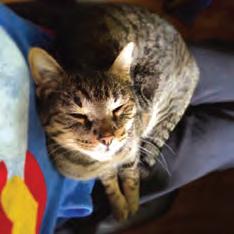
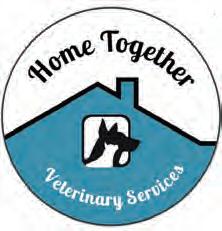
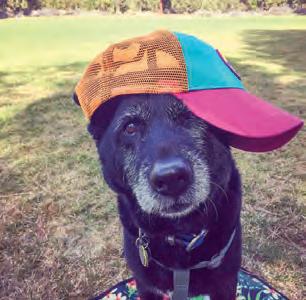
In its heyday as a supply center for gold and silver miners in the rugged San Juan mountains, Lake City boasted a population of up to 5,000. Today, fewer than 500 people call Lake City home year-round (according to figures from the 2020 U.S. census).
But don’t let that fool you. Prospectors of a different sort still flock to this little mountain town every year — searching for a world-class recreation experience. For outdoor enthusiasts, boredom in this neck of the woods is simply not a reasonable option.
Anyone who likes to play in the snow and ice will find lots to do — and plenty of open space to do it in: backcountry skiing, snowshoeing, snowmobiling, ice fishing, ice skating and ice climbing. Each year, the town
hosts the February Ice Climbing Festival, drawing climbers and enthusiasts of all skill levels.
Dark skies — prized by professional astronomers and amateur stargazers alike — are a hallmark of Lake City any time of year. However, in early June the town is home to the Lake City Star Fest, a four-day event devoted to exploring the wonder of the night sky.
By day, Lake City is a favorite destination for anglers, hunters, hikers, mountain bikers, trail runners, kayakers and stand-up paddle boarders, wildlife and wildflower watchers and motor sports enthusiasts.
Autumn in and around Lake City could easily be renamed “Leaf Season.” Fall draws leaf peepers from all over to combine numerous scenic drives with nature’s spectacular colors. In September, locals and visitors alike enjoy the Lake City Wine and Music Festival, a day of live music, food vendors, wine tasting and the wares of local artisans.
On top of all that, any time of year, history buffs will discover the story of Colorado and the west written across the Lake City area landscape — Indigenous people, settlers, mining, railroads, ranching and more.
For more information about how to make the most of your time in Lake City, scan the QR code below or visit lakecity.com.
continued on 52
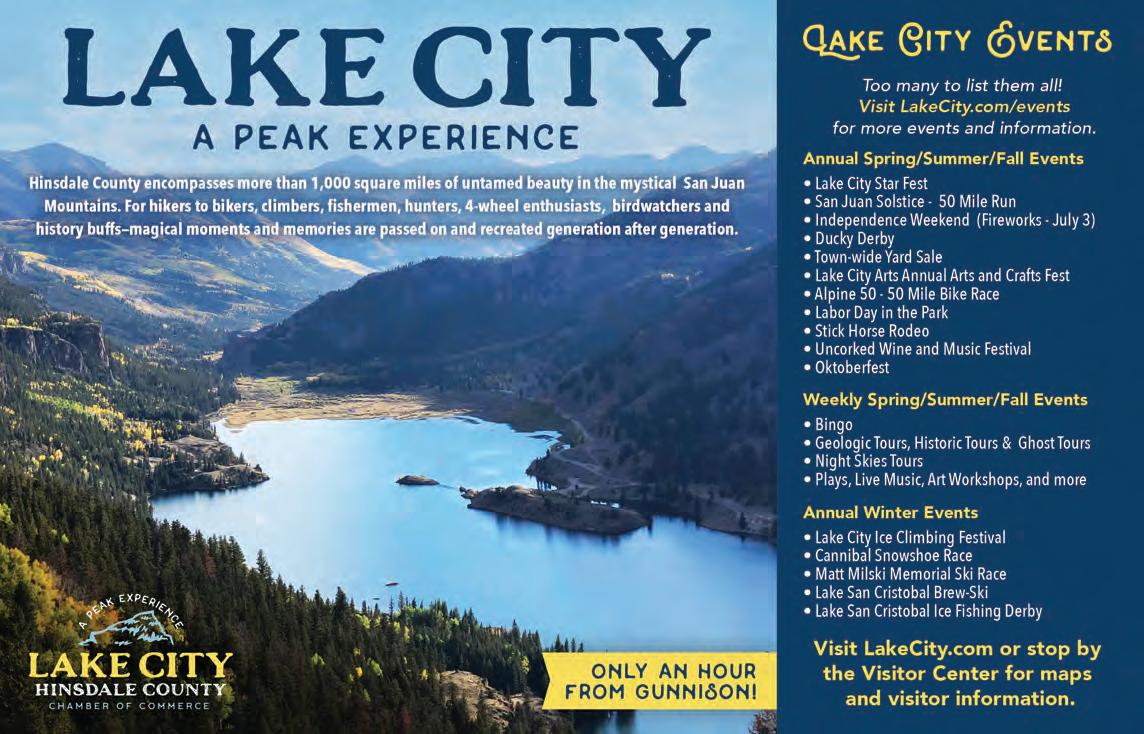

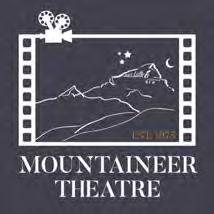

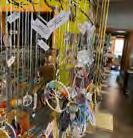

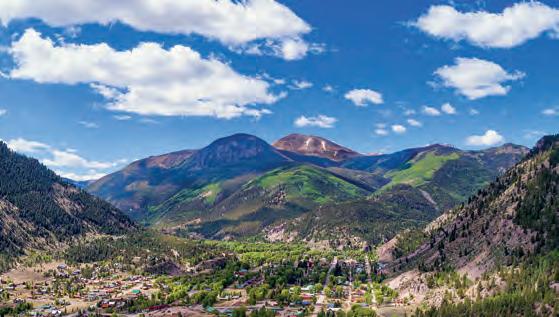






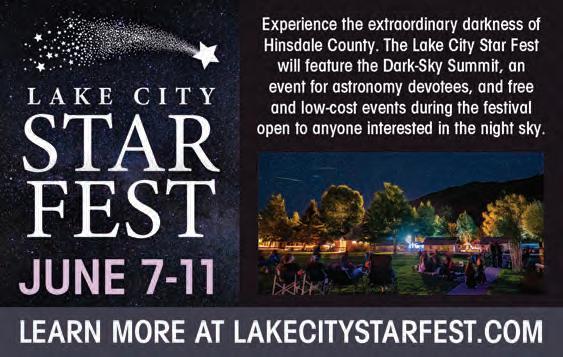
For more information about how to make the most of your time in Lake City, scan the QR code below or visit lakecity.com.

online for ordering

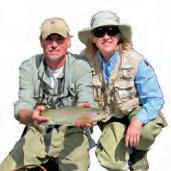

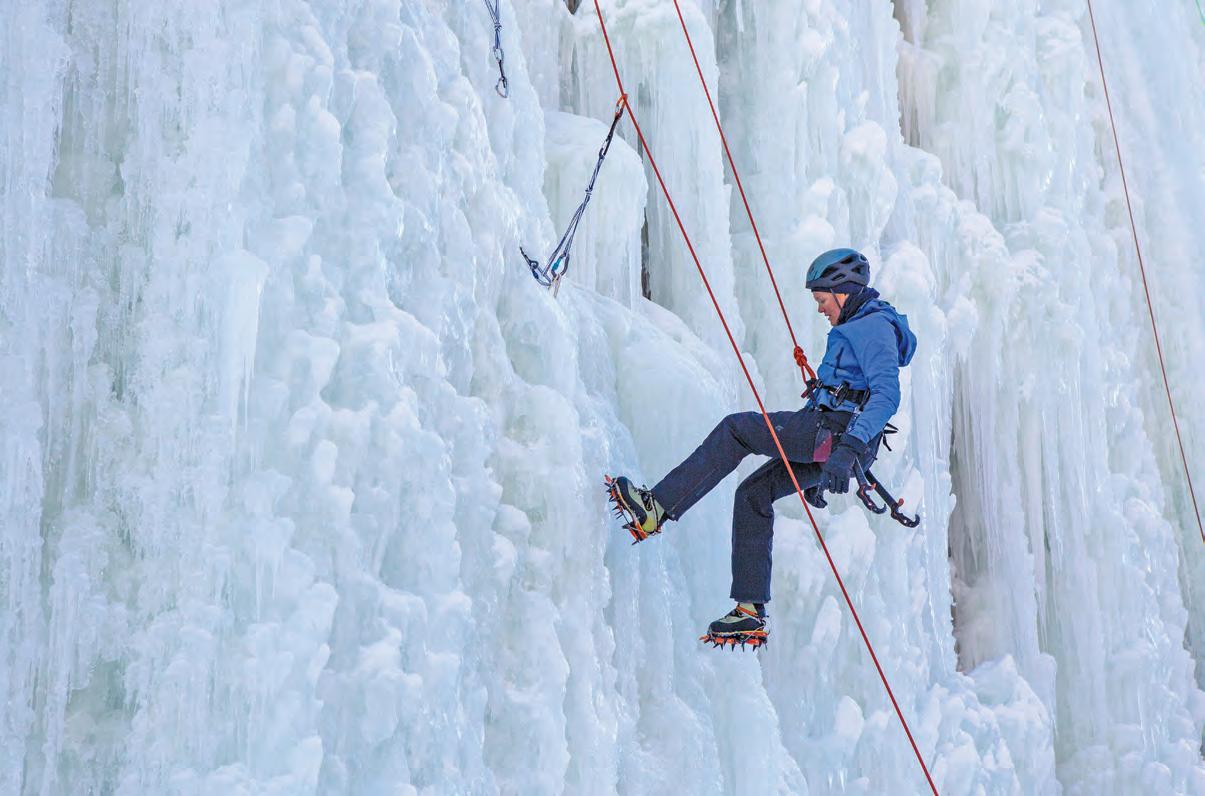


Where Whimsical and Love Come Together. A fun and unique gift shop, come see us!

131 N. Gunnison Ave. Lake City, CO • 970.944.0399
Serving old pros & beginners since 1960. Guided fly fishing trips • Hand crafted fly rods • Hand-tied flies • E-store online for ordering. Oldest fly shop in the state.
723 Gunnison Ave. Lake City, CO • 970.944.2281 | dansflyshop.com
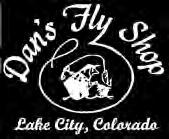

Golden Mountain Guides is a small, family run mountain guiding service specializing in rock and ice climbing courses, mountaineering trips, and mountain adventures.

710 10th St. Suite 240 Golden, CO 80401 720.598.2864 | goldenmountainguides.com
Professional. Trusted. Experienced. Since 1978. Whether you are searching for a home, ranch, business or small parcels of vacant land, we can help make your dream of owning a mountain property a reality.
269 S. Gunnison, Ave. Lake City, CO • 970.944.8100 | hallrealty.net


Performances, classes , concerts, galley opening and more! The Moseley Arts Center • Anthony Gallery • Mary Stigall Theatre
300 Silver St. Lake City, CO • 970.944.2706 | lakecityarts.org
Lake City Events - Too many to list them all! Visit LakeCity.com/events for events and information. Visit LakeCity.com or stop by the Visitor Center for maps and visitor information. 800 W. Gunnison Ave. Lake City, CO • 970.944.2527
Variety of craft wine and sprits. Beer cave with domestic, import & craft beer. Specials events and custom orders. 144 S. Gunnison Ave. Lake City, CO • 970.944.2424
Experience the extraordinary darkness of Hinsdale Country. The Lake City Star Fest will feature the Dark-Sky Summit, an event for astronomy devotees, and free and lowcost events during the festival open to anyone interested in the night sky. June 7-11 • Learn more at lakecitystarfest.com
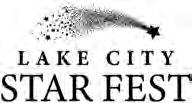
Motel Rooms • Kitchenette Rooms •
Historical Cottages 409 N. Bluff St. Lake City, CO 970.944.2210
MatterhornMotel.com

Celebrating our 48th season! Please check out our current movie schedule on our website! 811 Gunnison Ave. Lake City, CO • 970.944.2298 | mountaineertheatre.com
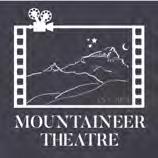
Now Open Year Round
Summer hours 11am-9pm Daily (Closed on Wednesdays) 310 N. Silver St. Lake City, CO • 970.944.4144 | packersaloon.com
RZR’s, Rangers, Side x Sides and Jeeps for rent. Polairs • Snowmobile • ATV & side x side dealer. 809 N. HWY 149, Lake City, CO 970.944.2311 | lakecityauto.com


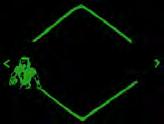
A capital campaign is successfully underway, but we need your help to break ground on the new station! While hoping you never need to dial 911, a new station will dramatically improve response time to emergency calls so GVH Paramedics can provide you, your family, and our community with the best emergency medicine and rescue services available.
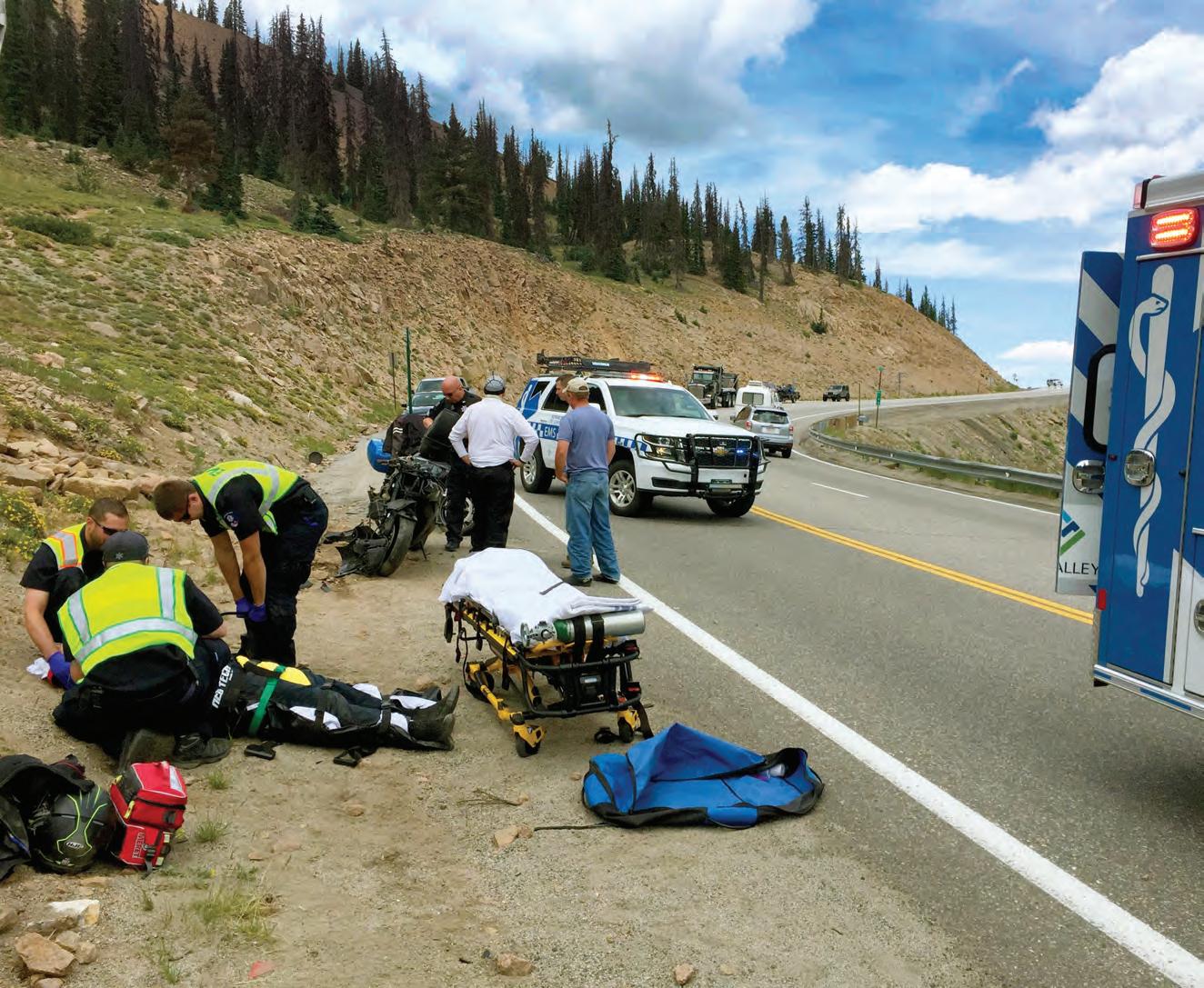 Jenny Birnie, Executive Director Gunnison Valley Health Foundation
Jenny Birnie, Executive Director Gunnison Valley Health Foundation

jbirnie@gvh-colorado.org
970.642.8400


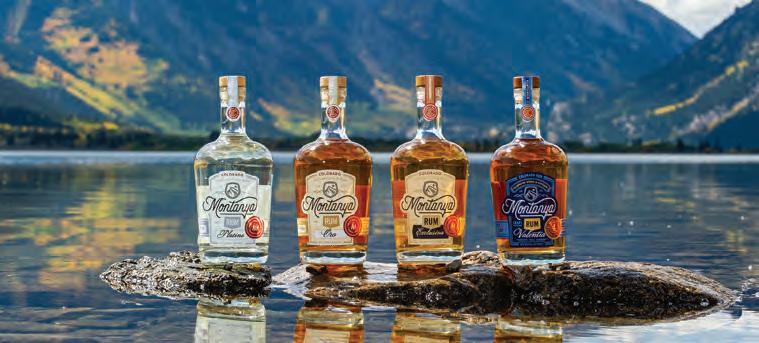
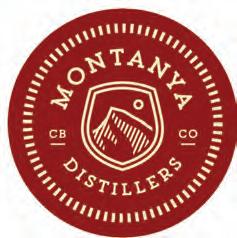
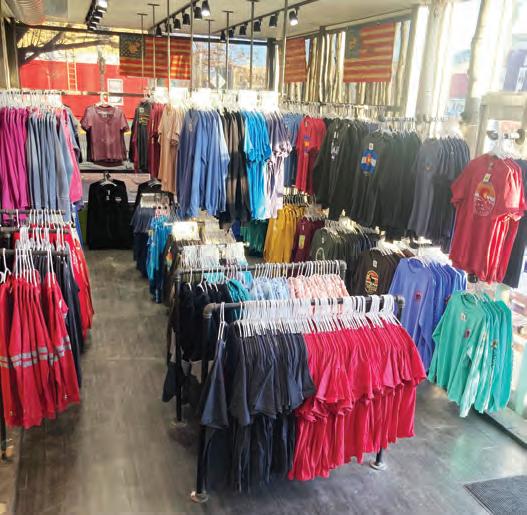
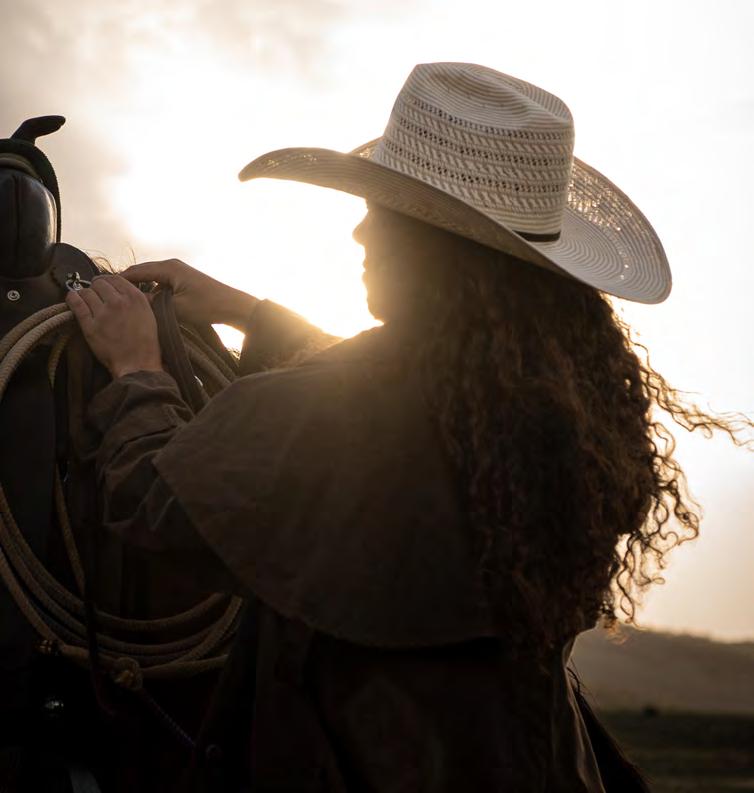


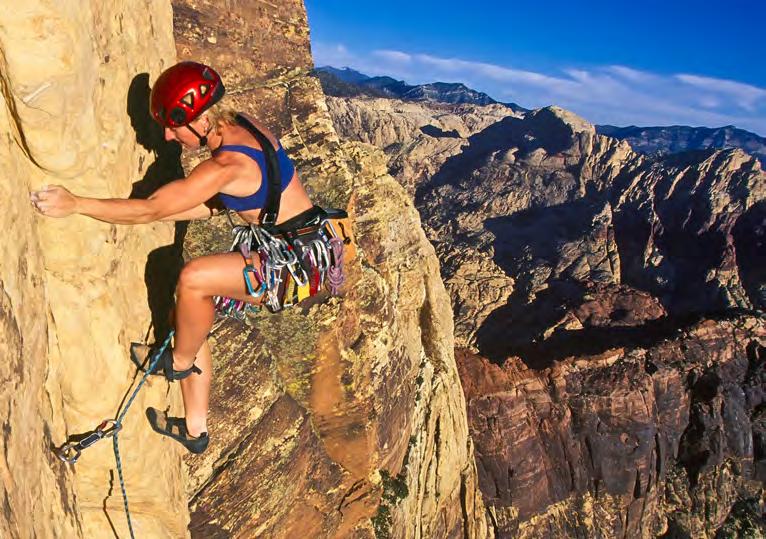


Dr. Blake Clifton is fellowship-trained in pediatric and adult sports medicine. This expertise makes him uniquely qualified to support children and adolescents to heal from injuries and return to sport stronger than before their injury.
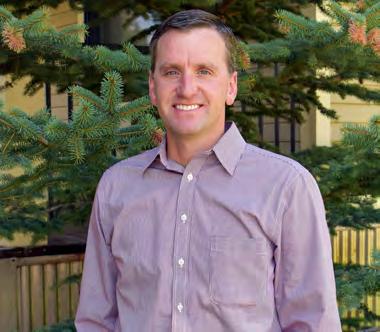
GVO utilizes both surgical and non-surgical treatment options to create a personalized plan of care delivered right here in the Gunnison Valley.
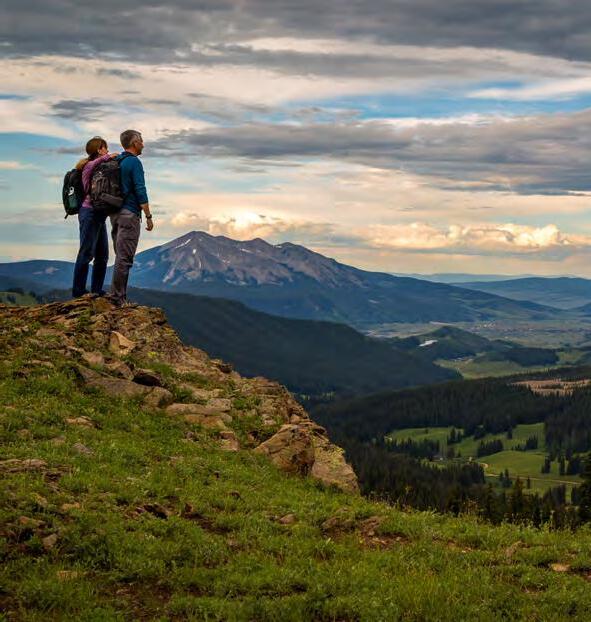
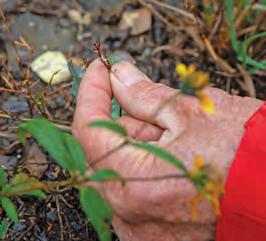
INOUYE’S DATA HOLDS THE CLUES TO UNDERSTANDING A CHANGING CLIMATE
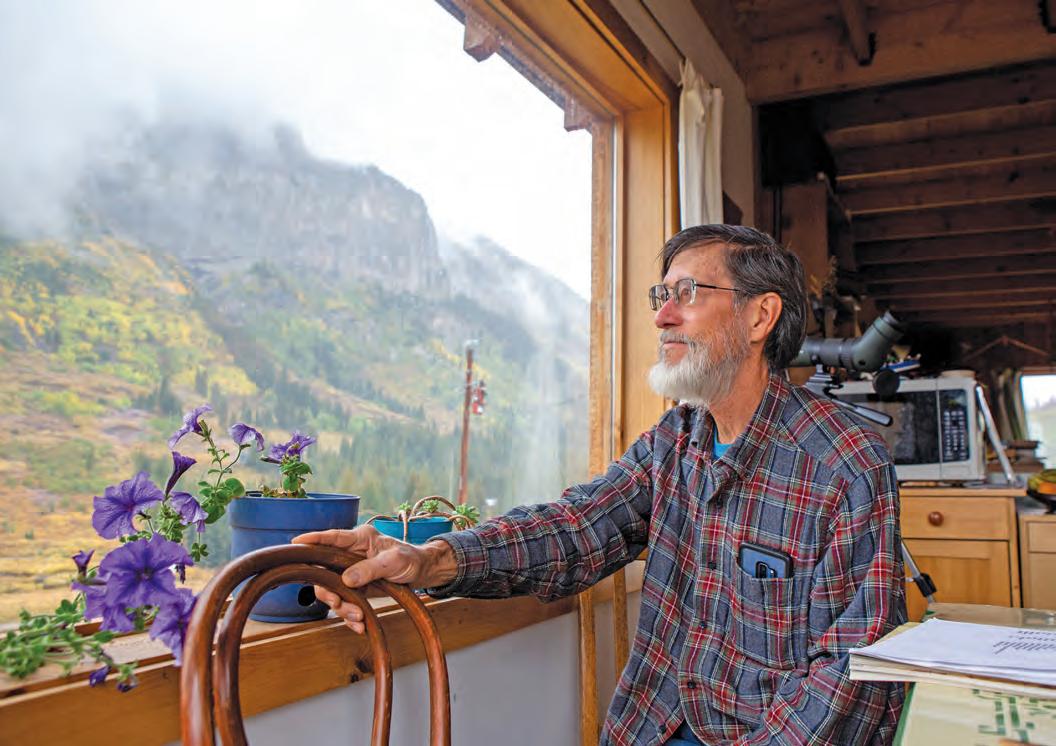


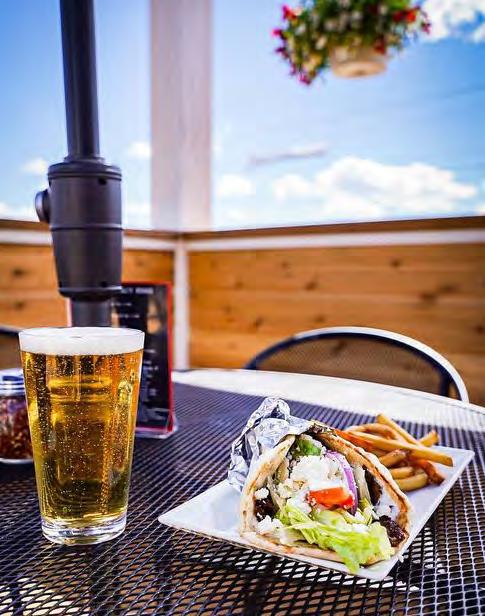
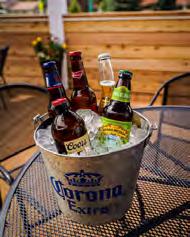





















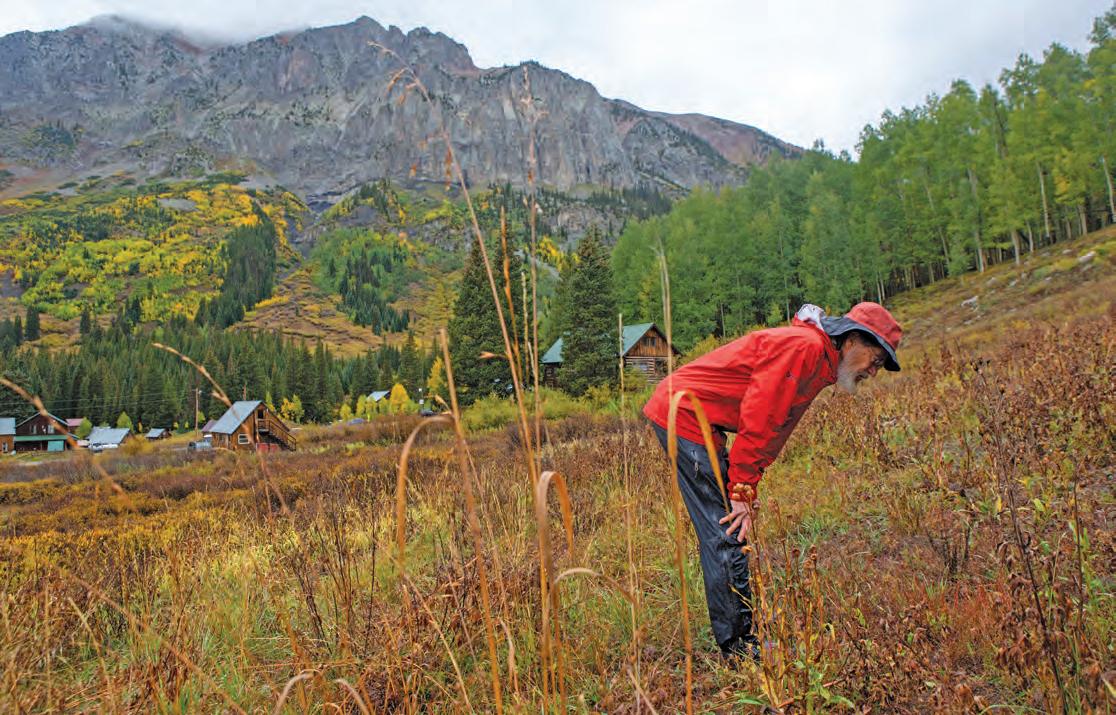


As fall crept closer, clouds shrouded David Inouye’s wooden cabin, hidden on a hill above Gothic. The aspen trees had begun their annual transition, painting the vegetation underneath the mountain’s cliff bands brilliant shades of amber. With a hard squint, one could imagine snow on its peak. It wouldn’t be much longer till then.
Inouye, a seasonal researcher at the Rocky Mountain Biological Laboratory (RMBL), arrives in the springtime before the road opens and snow has finished melting, filling the surrounding lakes and rivers. His arrival is scheduled just in time for the colorful explosion of Crested Butte’s wildflowers — in too many varieties, shapes and colors for the eyes to count.
Except that he does, using various plots around Gothic to monitor the timing and abundance of blooms of more than 100 species of wildflowers each summer. This routine has taken place for almost 50 years, making Inouye the keeper of a longterm data set that is helping researchers understand how the alpine ecosystem is changing around them.
Inouye’s project is still ongoing, bolstered by parallel climate data from billy barr and other researchers studying the pollinators who depend on the blooms each year. The study now falls mostly under the direction of his son and his daughter-in-law, who are also ecologists who work in Gothic. He said he’ll continue to stay involved within the project as long as he can still travel up the dirt road to the valley and walk around the meadows.
After the rush of the summer season, filling RMBL to the brim with curious students and scientists from across the world, Inouye is one of the last to leave. By the end of September, the number of people had dwindled, replaced by herds of elk and cows that had begun to wander down from the highlands.
Long after many believed the wildflowers had disappeared for the season, Inouye still routinely checked his plots, putting on rubber boots and rain pants to guard from the autumn rains. A close inspection revealed a few tiny flowers that were still in bloom, even as the temperatures began to drop.
Inouye started the project in 1973, setting up 2x2 meter plots in a variety of different habitat types scattered around Gothic. He pointed to a plot in wet meadow habitat along the curves of Copper
continued on 62
The Bolt can now be borrowed by GCEA members a week at a time, to drive free of charge and without mileage restrictions. Our Tesla Model 3 can be taken on a short 30-minute guided test drive with a GCEA representative.
Scan the QR code to schedule your test drive!


Creek. Others are nestled in the surrounding aspen forests and meadows.
Every other day, the project team counted every flower in each plot during the entirety of the flowering season, which can start sometimes as early as April and run through the end of September depending on the cold.
For the first few years, he worked with other researchers, but most of them stopped counting after they collected the data they needed. But five decades later, the project
carried on.
Because of how far back it reaches, the data set has also become a resource for other scientists studying the inner workings of the Gothic Valley. Researchers now have a matching record for nearly 140 different species of native bees — creating a growing understanding of how the timing and abundance of flowering affects bee populations. billy barr’s historical snowpack and temperature records also create connections between
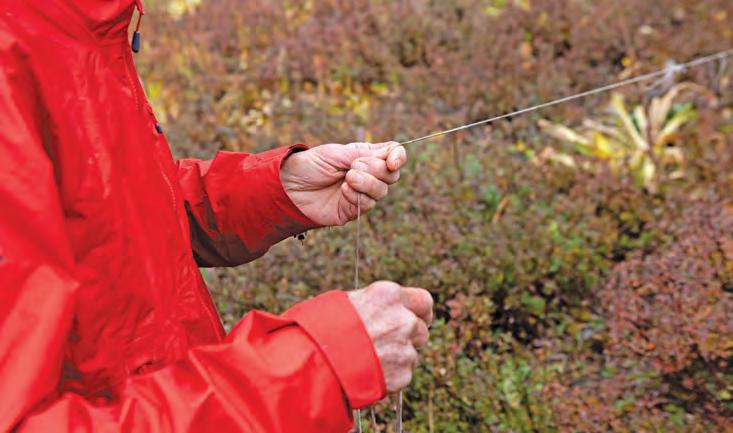
each field.
“It takes a lot of years of data before you can start to tease all these things apart,” Inouye said.
It took Inouye 30 years to figure out what factors triggered good blooming years for the monument plant, a species that grows for 22-80 years, flowers once and then dies. During some years it would produce less than 50 flowering plants. A different year Inouye recorded nearly 30,000.
For decades, the relationship between rainfall and flowering remained a mystery. After carefully monitoring the data for correlations, he learned that a wet summer four years prior — when the leaves and flower stalks form underground — determines the present year’s flowers.
When the climate changes, Inouye expects to see changes in the flowering patterns of not only the monument plants, but a number of other species. The bluebell used to be common down around Crested Butte back in the 1970s, but it no longer grows at that altitude. Evidence also shows that pollinators and a number of animal species have also begun to move up in altitude, presumably because of climate change, he said.
“It’s slowly becoming a different world than it used to be,” he said.
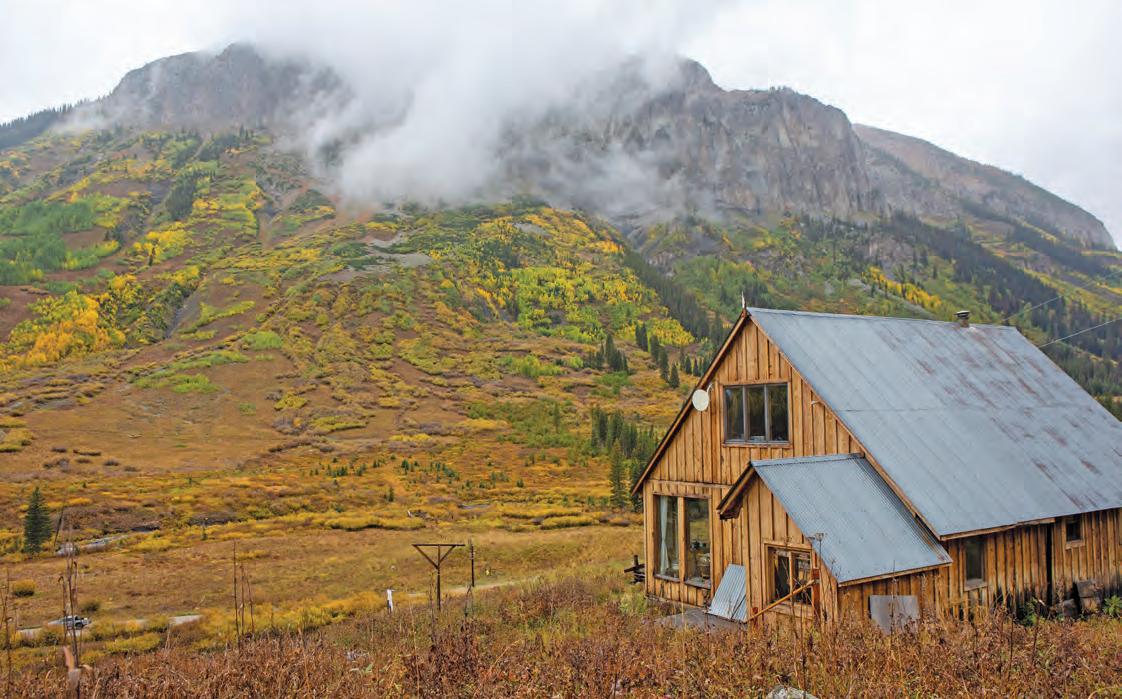
2023 CATTLEMEN'S DAYS SCHEDULE - CHECK WWW.CATTLEMENSDAYS.COM FOR UPDATES
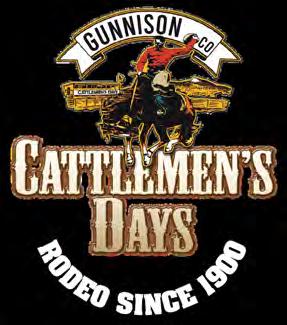
JULY 4TH JULY 4TH PINKAPALOOZA CONCERT WITH CHANCEY WILLIAMS &WARD DAVIS PINKAPALOOZA CONCERT WITH CHANCEY WILLIAMS &WARD DAVIS
BENEFIT CONCERT AT I BAR RANCH FOR GUNNISON TETWP & GUNNISON VALLEY HEALTH FOUNDATION
JULY 6TH JULY 6TH TETWP SONGWRITER SHUFFLE TETWP SONGWRITER SHUFFLE
JULY 7TH JULY 7TH 4-H HORSE SHOW 4-H HORSE SHOW
JULY 8TH JULY 8TH CATTLEMEN'S DAYS RANCH RODEO CATTLEMEN'S DAYS RANCH RODEO


JULY 9TH JULY 9TH OPEN HORSE SHOW OPEN HORSE SHOW
JULY 10TH JULY 10TH 4-H SHOWS & DISPLAYS 4-H SHOWS & DISPLAYS
COWBOY POETRY AT I BAR RANCH COWBOY POETRY AT I BAR RANCH
JULY 11TH JULY 11TH WATERSHED BARREL RACES WATERSHED BARREL RACES
JULY 12TH JULY 12TH WATERSHED TEAM ROPING WATERSHED TEAM ROPING
JULY 13TH JULY 13TH PINK NIGHT AT CATTLEMEN'S DAYS PRCA RODEO - #1 TETWP RODEO IN THE PRCA PINK NIGHT AT CATTLEMEN'S DAYS PRCA RODEO - #1 TETWP RODEO IN THE PRCA
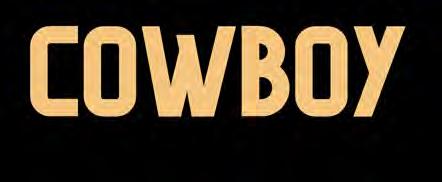


JULY 14TH JULY 14TH PATRIOT NIGHT AT CATTLEMEN'S DAYS PRCA RODEO PATRIOT NIGHT AT CATTLEMEN'S DAYS PRCA RODEO
JULY 15TH JULY 15TH CATTLEMEN'S DAYS PARADE CATTLEMEN'S DAYS PARADE
4-H & FAA SCHOLARSHIP PRESENTATIONS 4-H & FAA SCHOLARSHIP PRESENTATIONS
4-H JUNIOR LIVESTOCK AUCTION 4-H JUNIOR LIVESTOCK AUCTION
GUNNISON RANCHLAND CONSERVATION LEGACY NIGHT AT CATTLEMEN'S DAYS
GUNNISON RANCHLAND CONSERVATION LEGACY NIGHT AT CATTLEMEN'S DAYS
PRCA RODEO

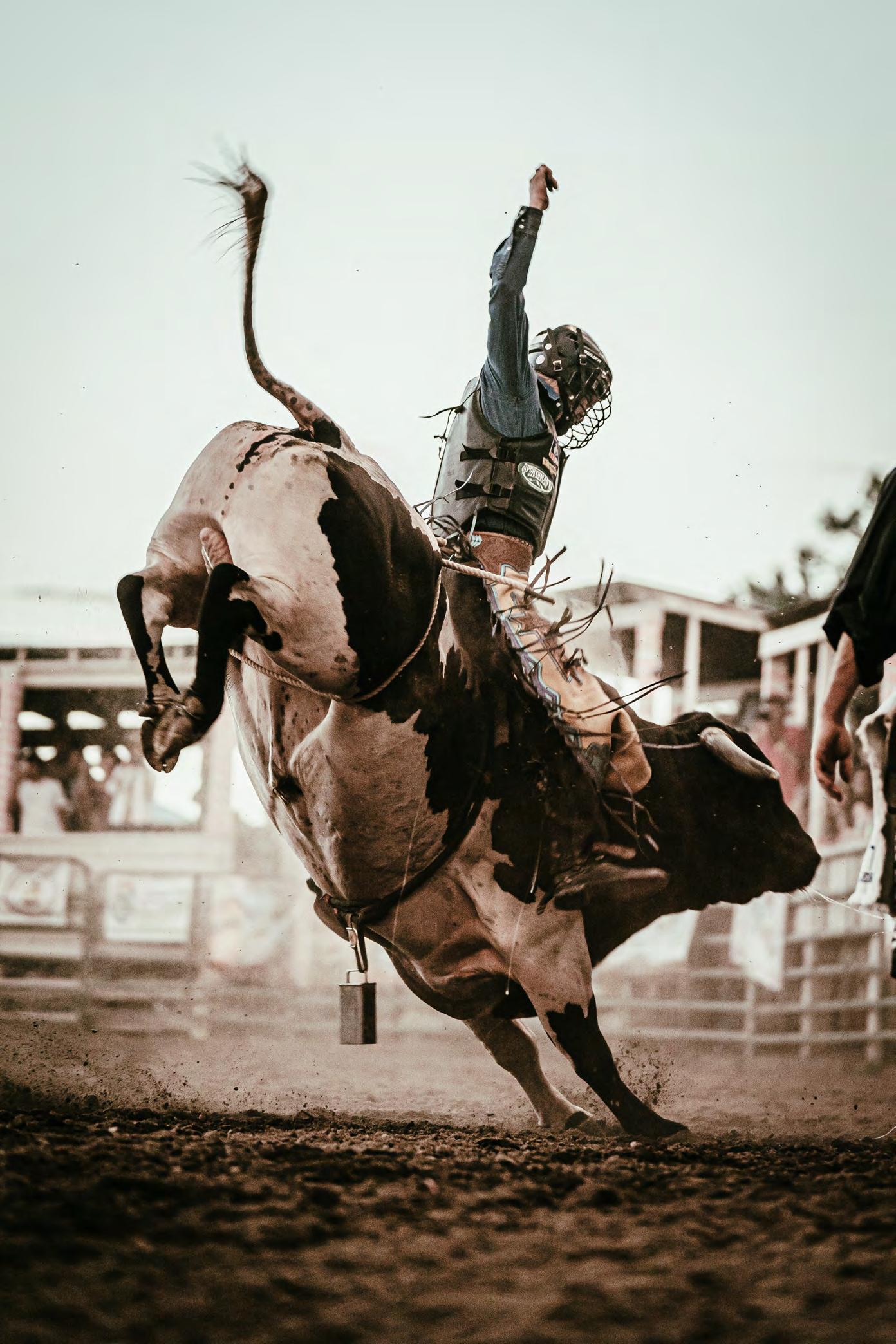
COWBOY CHURCH COWBOY CHURCH

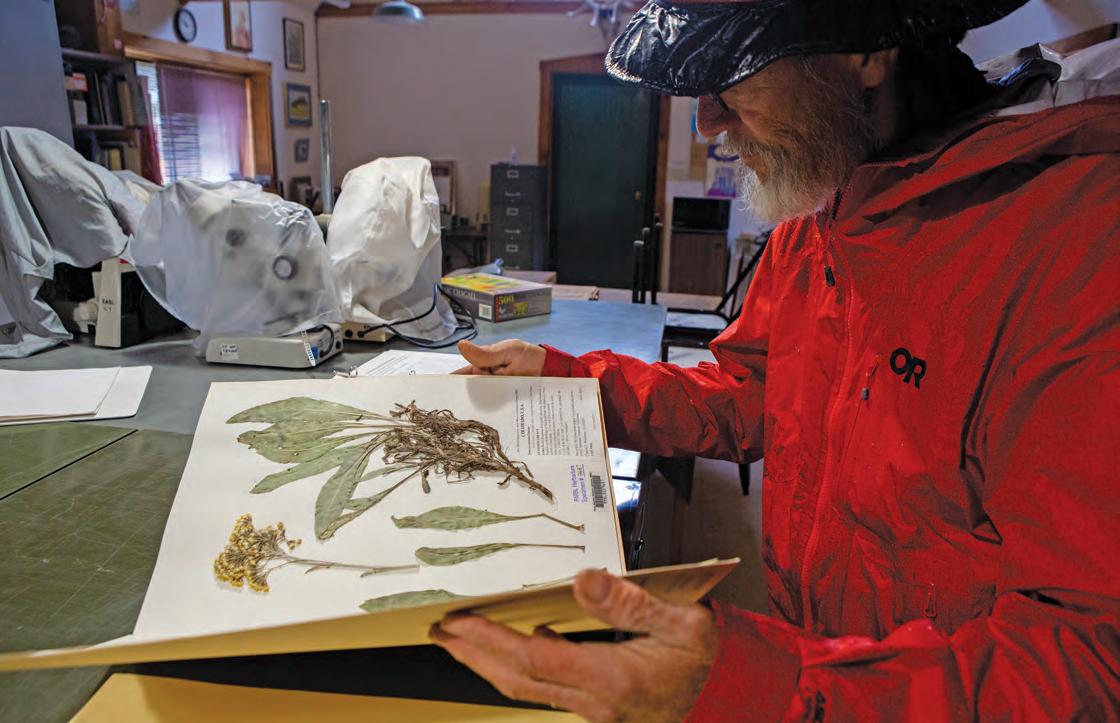
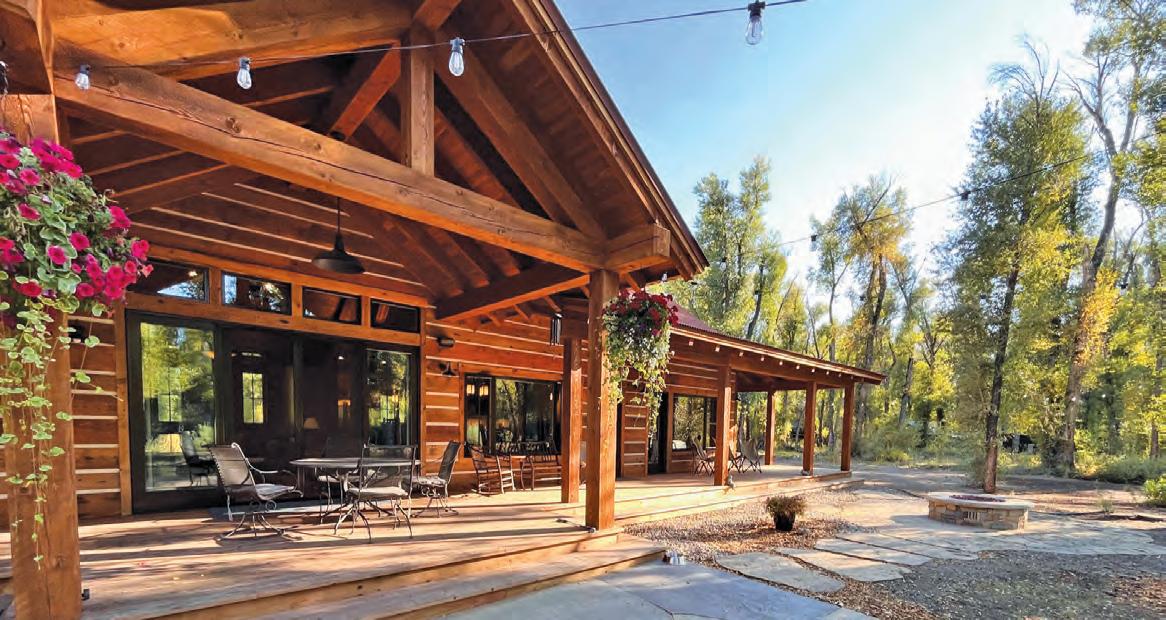
Wildflowers are driving two of the three major components of the Gunnison County economy: one being tourism and the second, cattle ranching, he said.
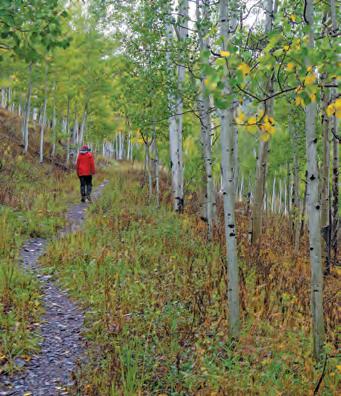

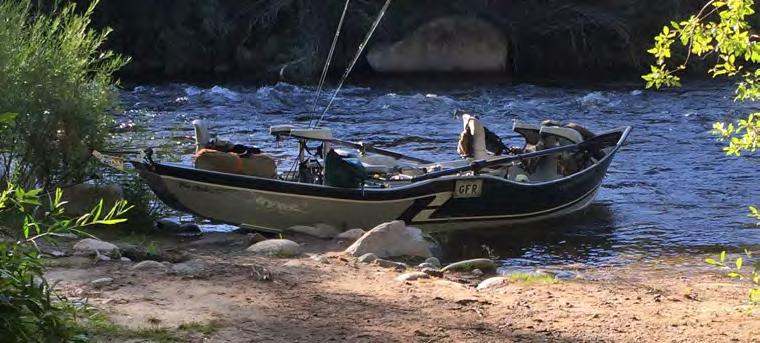
“The ranches are dependent upon the activity of pollinators to keep the wildflowers here that their cattle are eating,” Inouye said. “Tourists come here in part because Crested Butte has been designated the wildflower capital of Colorado and that's thanks in large part to the activities of pollinators.”
When Inouye started his work in Gothic, climate change “wasn’t a thing,” he said, so it wasn’t in that context that his project began. Today, his work, paired with ongoing research in atmospheric science, hydrology and ecology, is an attempt to create a detailed understanding of the ever-changing climate in Gothic — fueled by a hope it can then be used to understand other mountain areas far beyond the Gunnison Valley.
Long-term data sets are critical to understanding a quickly-changing world — “whether it’s the emergence of disease or climate change, or even hydrology and drought,” said Ian Billick, executive director of RMBL.
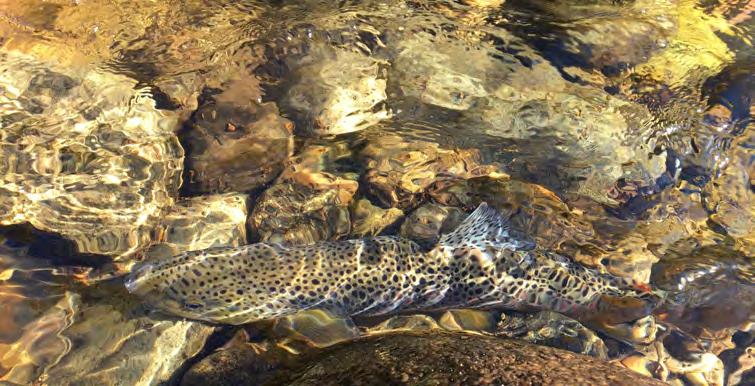
“Our ability to predict the future, as well as make management decisions, is better informed when we kind of understand how all the pieces fit together,” Billick said. “It's one thing to document that flowering times are changing, it's another thing to document why. The more we understand about the why, and the more we can connect plant physiology to trends in weather and climate, the more predictive power we'll have about what the future looks like.” n



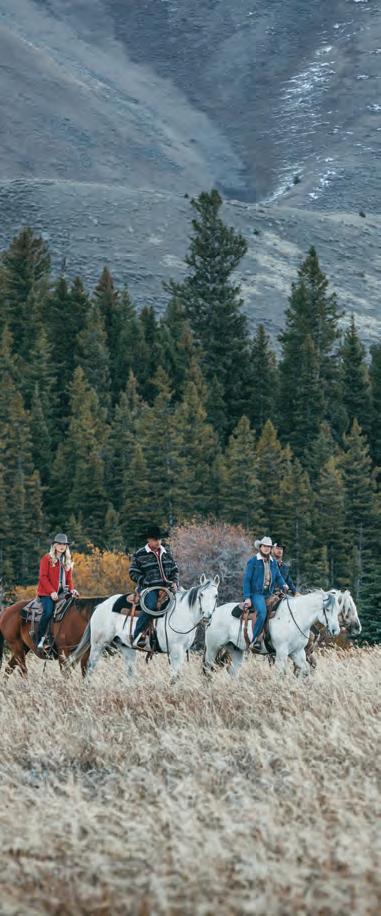
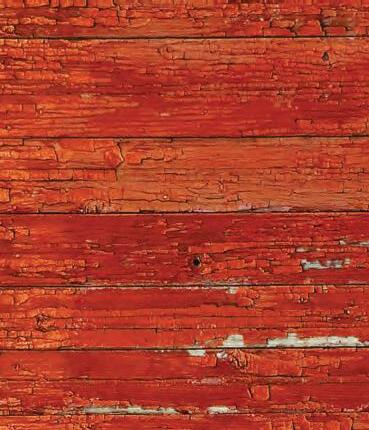
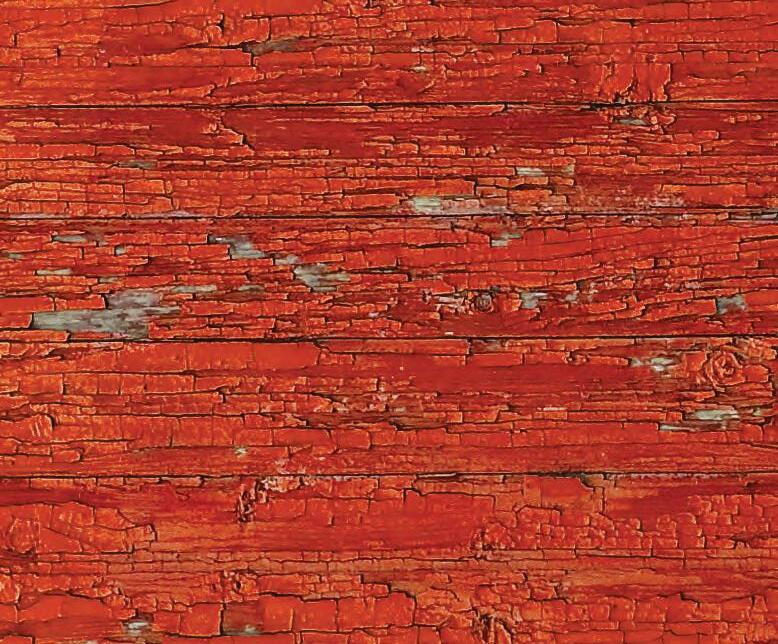
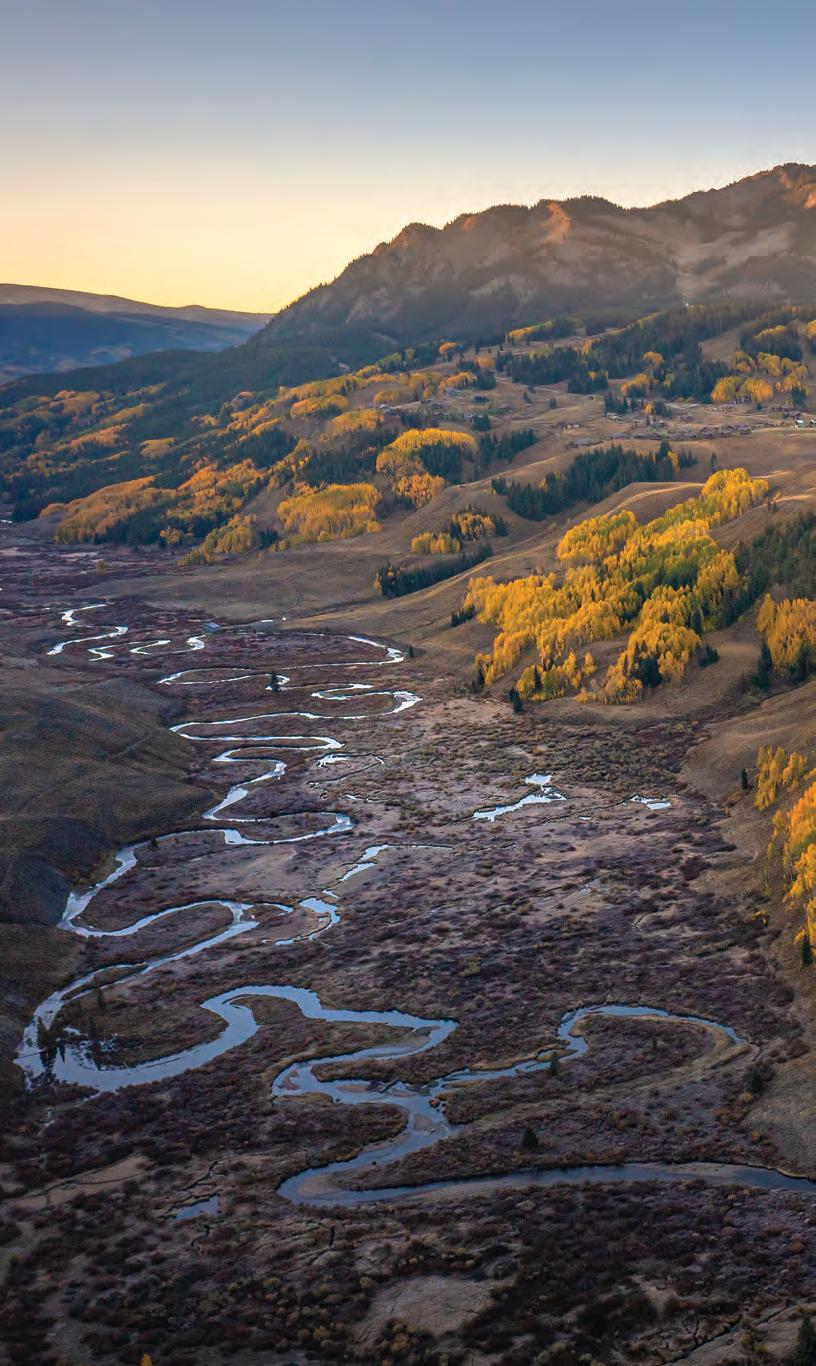
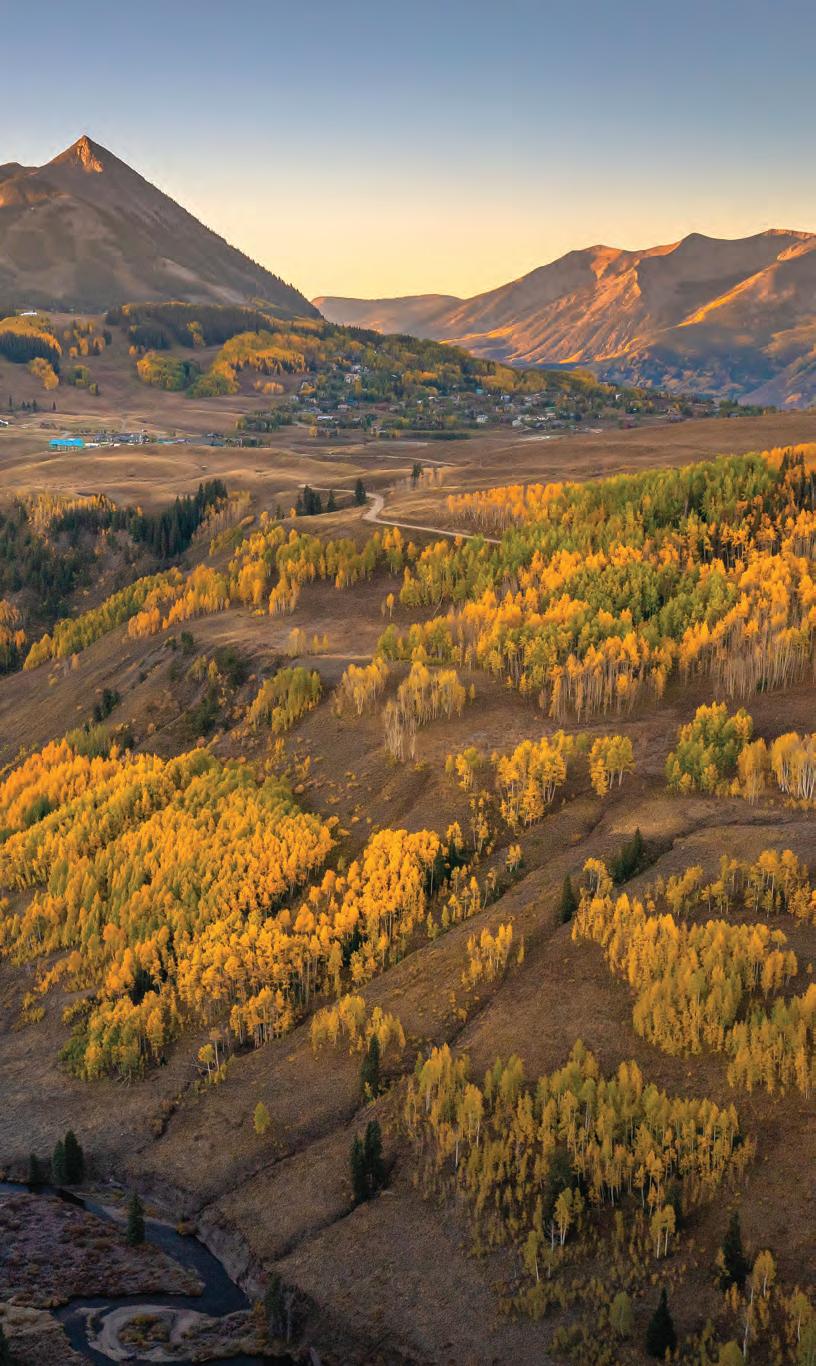
 Kenzie Perkins Valladolid
Kenzie Perkins Valladolid
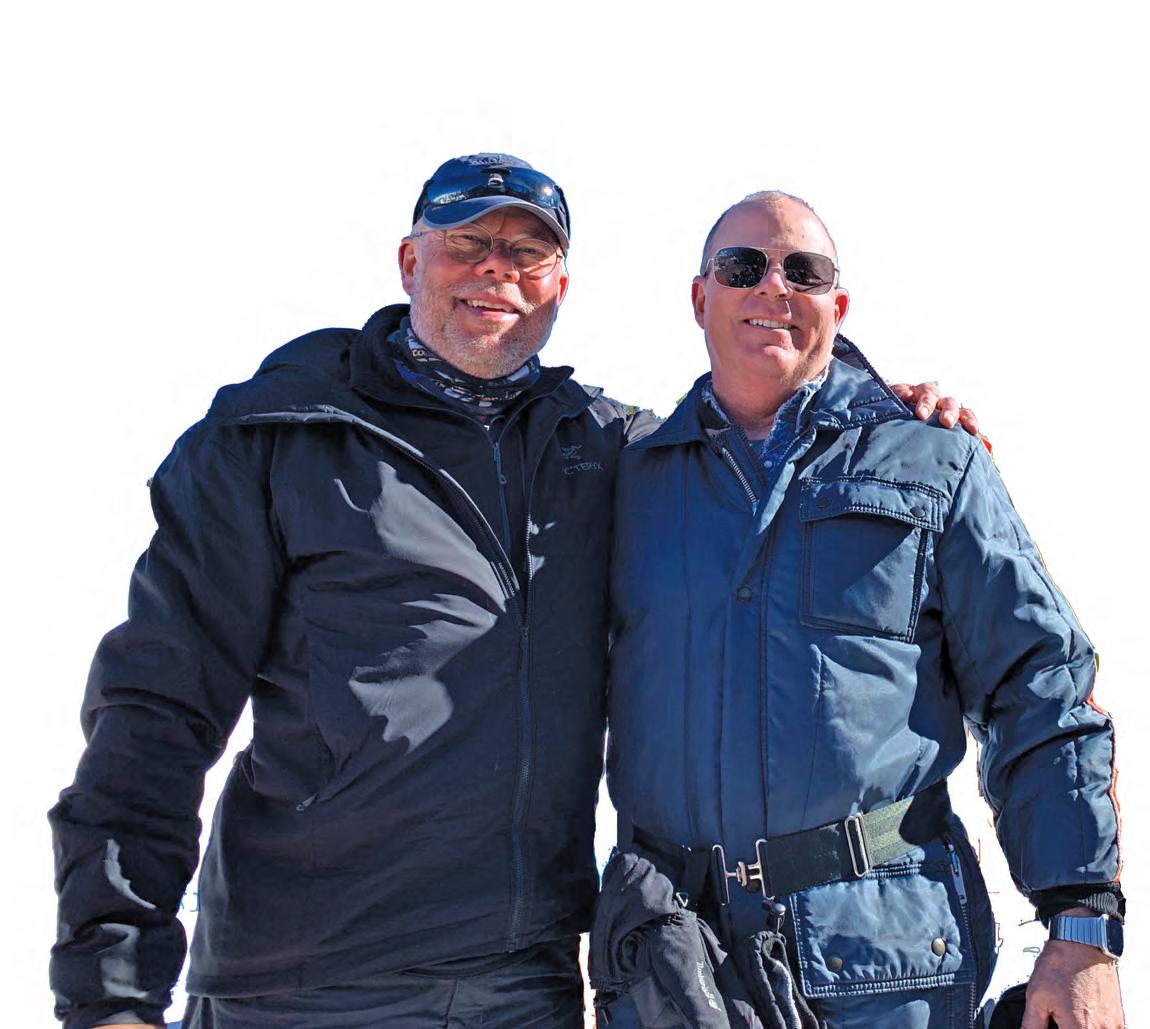
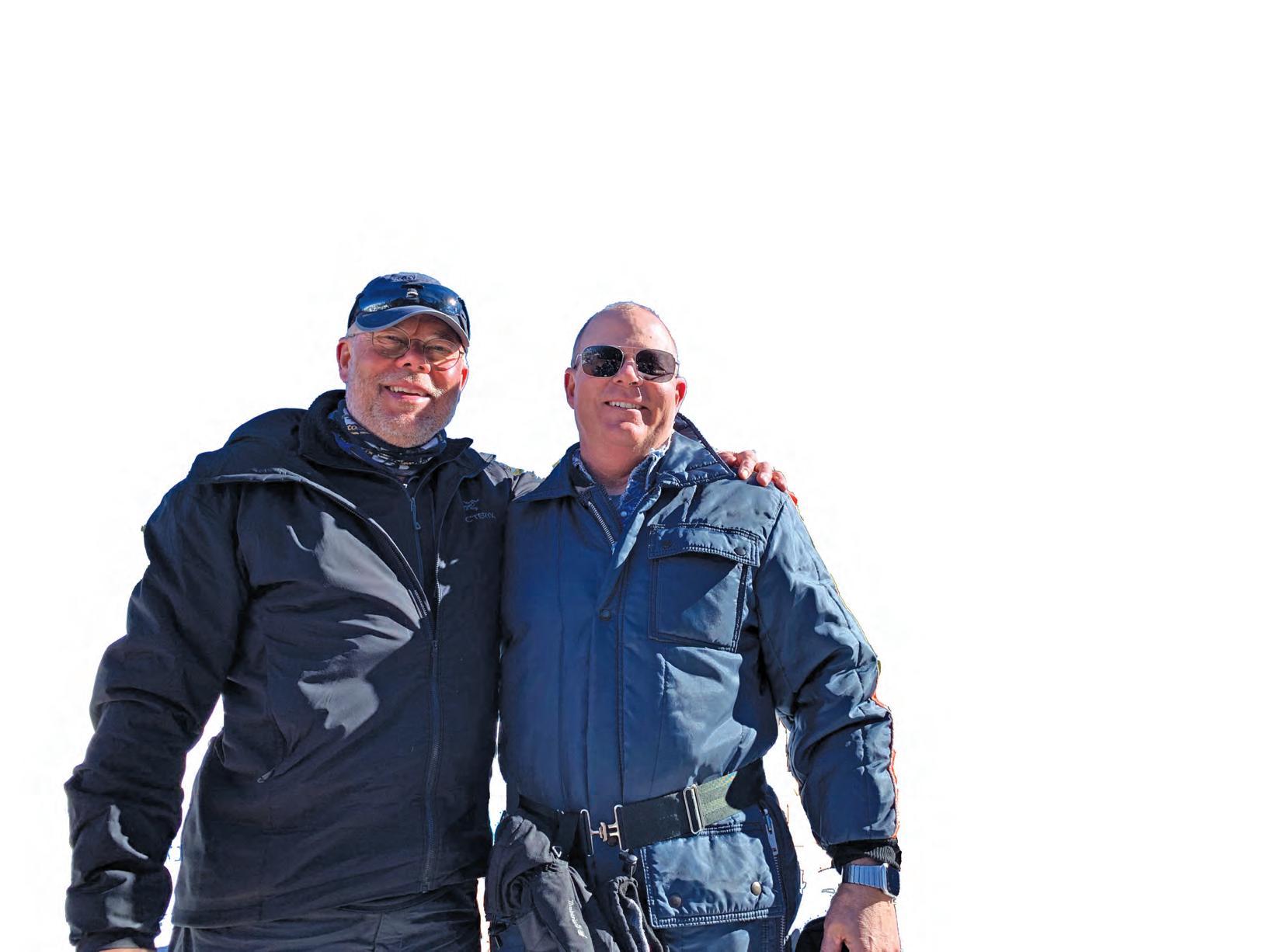
“Do you know a guy named Tim Cashman?”
The question came out of the blue, catching me by surprise. It came from my friend Thad Swiderski, a Texas native who’s been deeply implanted in the Austin scene since the 80s.
The reason I know Thad is because of the newspaper business. But how did Thad know Tim, a former Gunnison resident who I had become acquainted with about 20 years ago?
Thad grew up in Houston but moved to Austin for school and never looked back. He was (and occasionally still is) the drummer for an old-school indie rock group called the Wannabees, which can boast performing at the very first South-by-Southwest, the legendary Austin festival celebrating creativity in music, tech and culture.
“Plan A for me was to be a rockstar, and I attempted that all through the 90s,” Thad said. “When I finally realized I wasn’t going to make a living making music, turns out I had 15 years experience in newspapers. So it was like, ‘Oh, I guess I’m a newspaper guy.’”
Thad worked in the production side of the business, mostly at the Austin American Statesman. He saw the changing landscape of the industry early and left corporate media to cut out on his own.

He dabbled in e-books for a bit and then took that concept to the world of small town newspapers. His business, eType Services, launched in 2010 and serves as the “digital media team for papers that are too small to have a digital media team.”
The Gunnison Country Times, which I owned and published for 15 years, was among the first users of eType. Today, Thad’s company hosts websites, e-edition platforms and other online services for more than 650 newspapers across much of the country.

He and I met through the industry and became friends. I convinced him to come to Gunnison, which he did; first ostensibly to do some work with us, second, to ski and later in the summertime with his wife Patti to hike and enjoy the mountains.
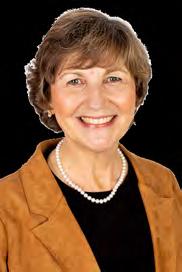

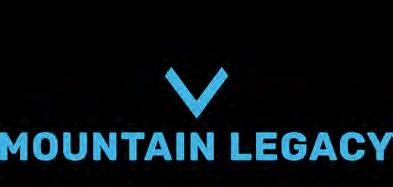
It’s easy to show up for the party, but if you're family, you’ve got to show up for the work too.
While living in Gunnison for many years, Tim Cashman (far right) became close friends with Chris Dickey and Steve Shelafo (on left). Now Tim’s half-brother, Thad Swiderski (second from right) has joined the group of buds.

continued from 69
“It’s a place I’ve grown really fond of,” he says.
So, Thad had a bit of Gunnison history, but long after Tim and his family had left.
The Cashmans — wife Lois, son Nick — were staples in the local community for many years. Tim was the longtime “head bean counter” — his term for chief financial officer — for Gunnison Valley Hospital (GVH). He and former CEO Robb Austin spearheaded the first key expansion at the hospital in the late 90s.
“It’s the best job I ever had,” Tim recalls of his time with GVH. “I got to work in a community that I loved and still do. I loved the work. I knew the patients and their families. I knew we could be impactful.
“The hospital wasn’t making a ton of money, but we were profitable. More importantly, it was a resource for the community. I’m immensely proud of those days.”
Lois brought her background as a licensed clinical social worker to Gunnison. Nick was a popular student at Gunnison High School, where he graduated in 2010. He’s been an international teacher in China for several years
now.
The Cashmans left Gunnison in 2011. Tim took on other health care challenges, in Glenwood Springs, Montana and Estes Park — where he retired from in-house hospital work and from where he currently bases his consulting practice.
So, Thad and Tim’s paths certainly didn’t cross in Gunnison. Their connection came from somewhere else. Somewhere neither one of them knew about.
“Yeah, I know Tim Cashman,” I responded that day in 2019. “Why do you ask?”
Turns out, Tim and Thad are related. They’re half-brothers. Thad, who was adopted at birth by a loving and supporting family in Houston, and Tim, who was born and raised in Dallas with his five younger sisters, share a father.
Since finding this out in 2019, the two have become close friends. Thad has become a beloved member of the large Cashman clan. And the two half-brothers are amazed and delighted that they have a mutual friend in Gunnison, giving them both another excuse to come here for mini ski vacations and other revelry.
“I’m blown away by the closeness of the circle,” Tim recounts. “This is not six degrees of separation, it’s like two. How does this happen? We’re in the same orbit. I’m still in awe.”
•••
Thad knew he was adopted from a young age. His parents were very upfront about that and never discouraged him from seeking his biological family.
“Their position was this: ‘Your mother knew she couldn’t take care of you. And the hardest thing for a person to do is give up a child. So, she basically has lived her entire life in pain so you could have a better life. You can look for your birth parents if you want, but be prepared that you could be disrupting someone’s life dramatically.'”
So, he never did. But in 2019, at the age of 55 and at the urging of his wife Patti to try to learn if there was any pertinent family health history he should know about, Thad relented and took a DNA test from the popular service 23andMe.
According to Thad, while the health info was pretty minimal, the test did come back with several possible family hits. Curiosity overcame him and he clicked to find out more.
Turns out, Tim’s cousin Nancy Cashman from Duluth, Minnesota, had submitted her DNA to 23andMe as well. The service provides a channel for consenting matches to contact each other.
“So I sent out a note one day saying, ‘Hey, I think we are cousins,’” Thad recalls. “And Nancy responds, saying ‘I have 47 first cousins and I know every one of them. Who is your mother?’”
The Cashmans are all from Minnesota. But in the 50s, two brothers moved to Texas. Once that connection was made, it was simple for Nancy and Thad to piece the story together.
But then the question became whether to introduce the relative that no one knew about to the Cashman clan. It’s a large, Irish Catholic family. They’re close. Everybody’s parents — both on the Cashman side and both of Thad’s adoptive parents — had passed away. Still, it could be a sensitive subject.
“We were all in,” Tim explains. “There was never a doubt, we wanted to meet him and his family. There was never a doubt about our commitment to respecting the past and what happened.”
Tim’s sister, Meg, lives in Austin and, lowand-behold, actually ran in similar social circles as Thad. So they were the first to meet.
“She sent me a picture,” Tim said, “and it was, like, holy cow. He looked like us.”
Then Tim flew to Austin the day before an annual Cashman family reunion, this one taking place in Dallas. Thad picked him up at the airport and took him to the Continental Club, a famous honky tonk, for an afternoon beer.
“We’re standing around, sipping on a beer,
sizing each other up,” Tim recalls. “A couple of women come over, look at us and one of them says, ‘Are you guys brothers?’
“It was the first time we’d met, we were on our first beer. It freaked us out.”
The next day was the reunion. Thad and Patti would get to meet all the Cashman sisters and their families.
“It was both overwhelming and comfortable,” Thad remembers. “Everybody is lovely and similar in temperament to me, so we got on.”
Pat Cashman, Tim and Thad’s father, ran a very popular and successful haberdashery in downtown Dallas, rubbing elbows frequently with the city’s leaders and hot shots. Thad says this outgoing and gregarious characteristic has definitely passed down the family tree.

The range of similarities run deep. Both Tim and Thad are very physically active, love the outdoors and both have lifelong obsessions with soccer.
They both have professional wives (Lois recently retired from her career in social work, while Patti is a longtime aid to the Texas legislature in the state’s capital.) They both have one son. Tripp, Thad and Patty’s son, even shares a passion with Nick: he too is venturing overseas to teach literacy. His is a two-year stint in Guyana through the Peace Corps.
Even better than the similarities, though, are the friendships and, yes, even family bonds that have developed over the past few years.
Thad and Patty, for example, recently helped Meg and her family move out of their longtime home in Austin.
“It’s easy to show up for the party, but if you're family you’ve got to show up for the work too,” Thad states. “We want to be there for both.”
And then there’s the Gunnison connection that keeps both Tim and Thad coming back to a place they love.
“If I’m going to go to Colorado, I want it to be Gunnison,” Thad says. “Of all the places to have a connection, this one is pretty magnificent.”
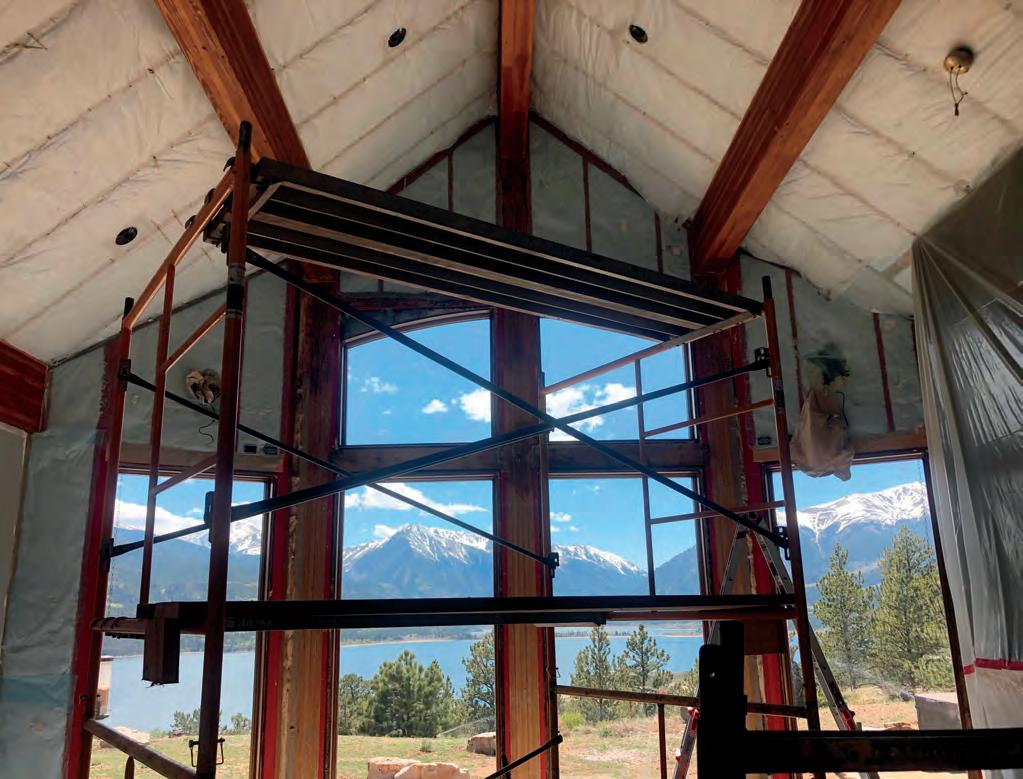
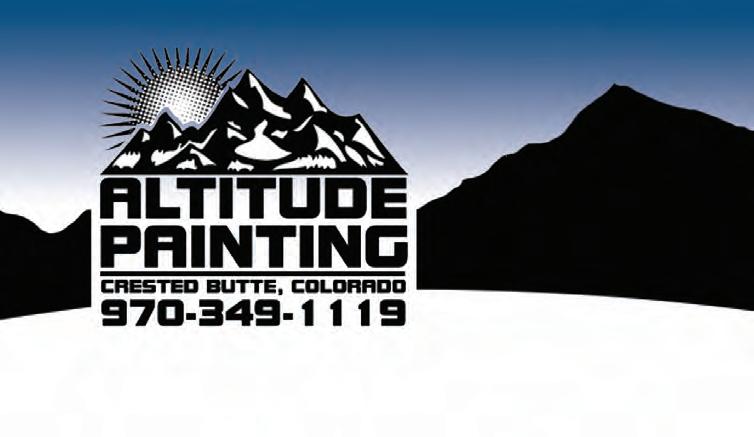
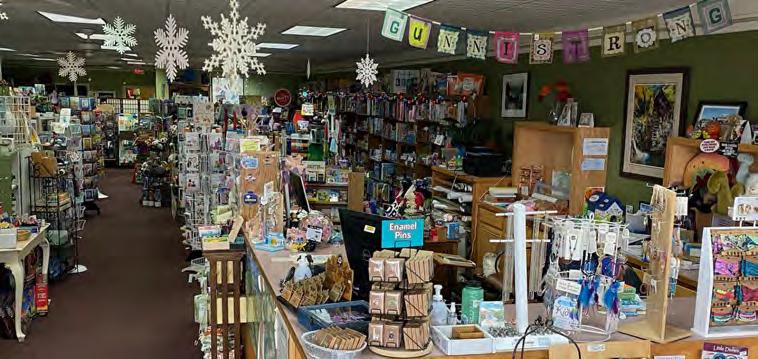
So, if you see two handsome, slightly balding, middle-aged guys who don’t live here but look as if they could carry on like Irishmen at High Alpine Brewery or The Dive, feel free to wander up and ask, “Are you guys brothers?”
If their response is, “Well, funny you should ask,” you might want to sit down and buy them a beer. The stories will be well worth it. n

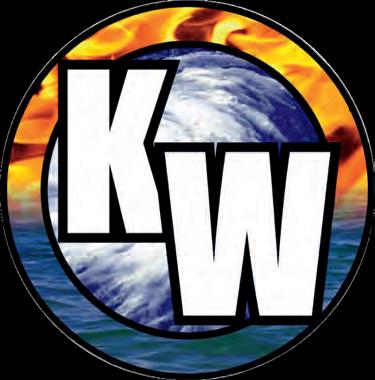

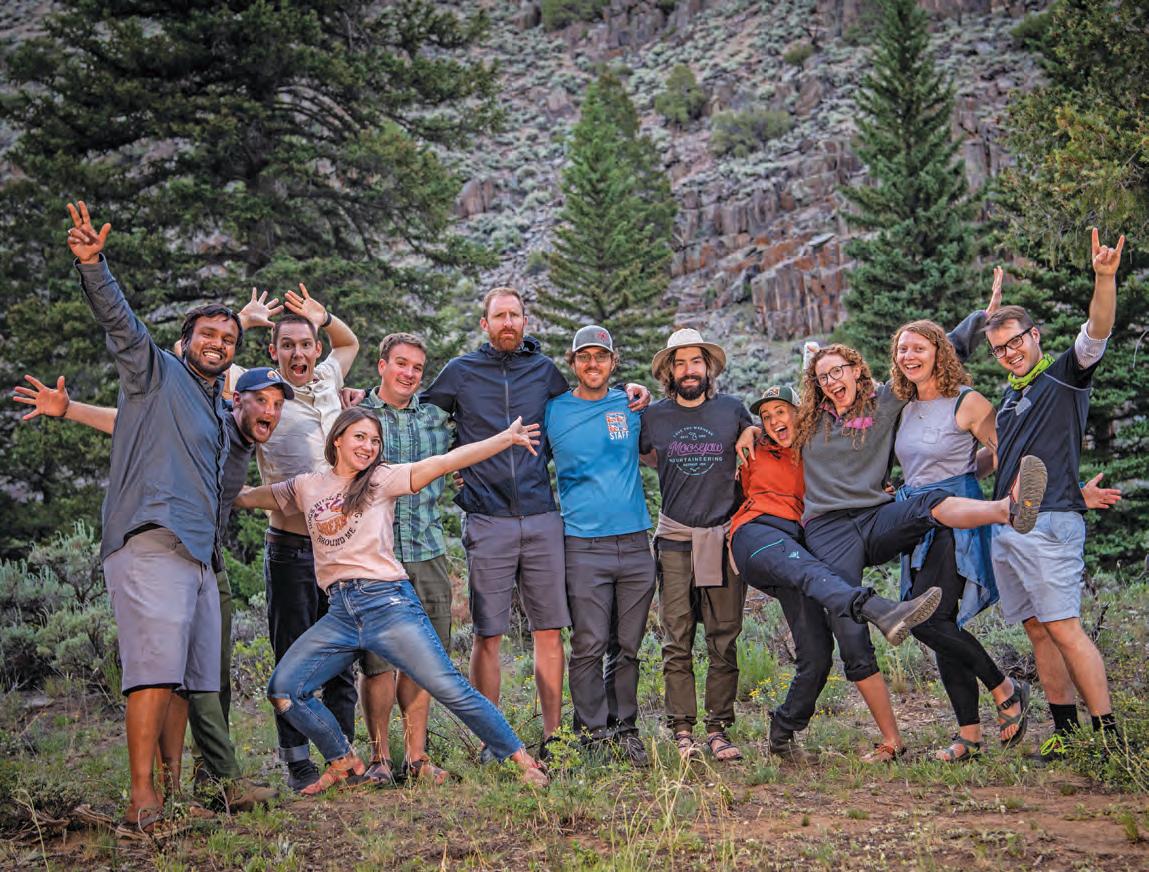 The culminating event for the 2021 Moosejaw Outdoor Accelerator took place in Taylor Canyon where the teams camped at Campfire Ranch.
The culminating event for the 2021 Moosejaw Outdoor Accelerator took place in Taylor Canyon where the teams camped at Campfire Ranch.
Nestled in the heart of Colorado, lies a hidden gem that outdoor enthusiasts are sure to love. With stunning mountain ranges, pristine rivers and lakes, and an abundance of outdoor recreation opportunities, the Gunnison Valley is the ultimate playground for those seeking adventure.
But there's more to this area than just natural beauty; it's also home to a growing outdoor industry hub.
The ICELab, Gunnison’s all-in-one coworking space and business resource center, is at the forefront of supporting outdoor industry startups. It’s also home to the Moosejaw Outdoor Accelerator.
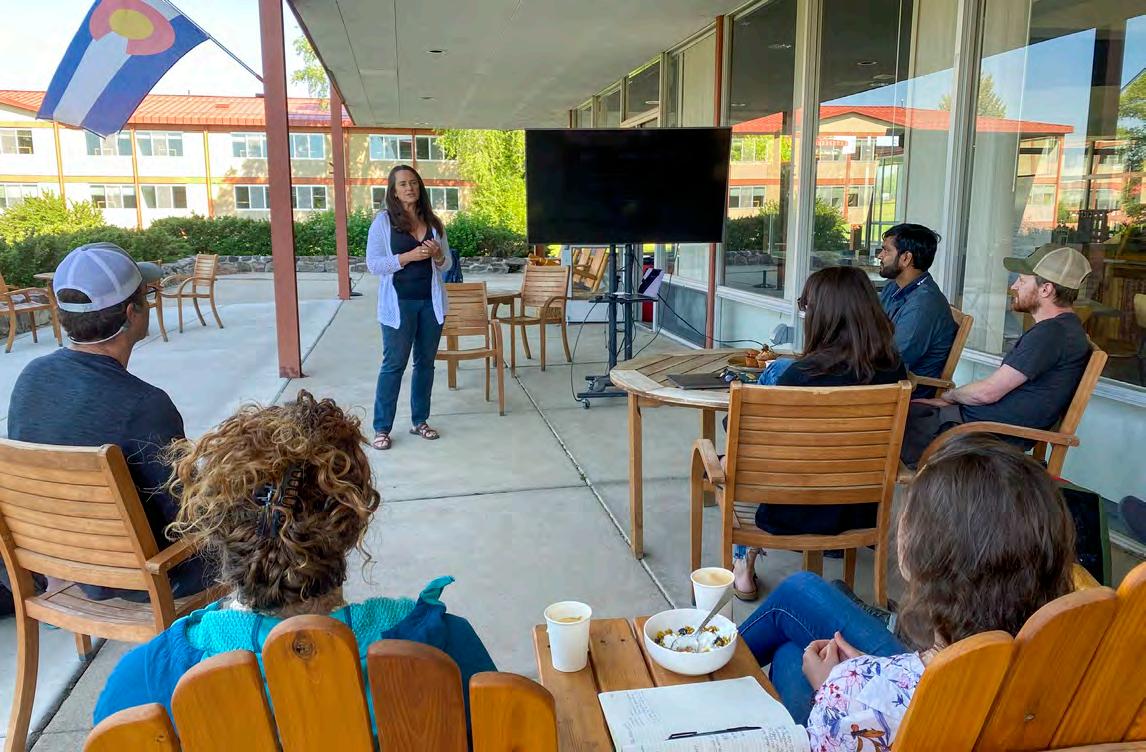
Moosejaw is an eight-week-long business accelerator program that focuses on increasing innovation and diversity in the outdoor industry. The program is in its fourth year and 11 companies have participated, with four more joining the program in 2023.
The mission of Moosejaw is to help founders from diverse backgrounds achieve their dreams of growing a successful outdoor company. The program is ideal for early stage companies that have an advanced business plan and a working service or prototype for a physical product.
The first two weeks of the program are facilitated remotely and give the teams a
chance to become familiar with one another as well as ICELab and Moosejaw staff. The following six weeks the teams are together in Gunnison expanding and refining various aspects of their businesses. They spend 8-10 hours per week covering strategy, marketing, e-commerce, financial modeling, retail and diversity, equity and inclusion. Over the course of the accelerator, they develop goto-market strategies, customer segmentation profiles and marketing plans. They also build financial models, learn the ins and outs of wholesaling as well as build the foundation and strategy for infusing diversity, equity
Karen Hoskin, founder of Montanya Distillers, presents to the MOA cohort on B Corporations.and inclusion into their businesses.
In addition to the time that is spent in Gunnison at the ICELab, the teams also get the chance to join Moosejaw alumni in Denver, Colorado, to attend and exhibit at an outdoor industry trade show. While in Denver for the trade show, the teams visit the Moosejaw retail store in Boulder and work one-on-one with the CEO of the company to further refine their marketing plans. Meetings with Holland and Hart, a full-service Am Law 200 firm with offices in eight states and in Washington, D.C., also take place and are focused on intellectual property.
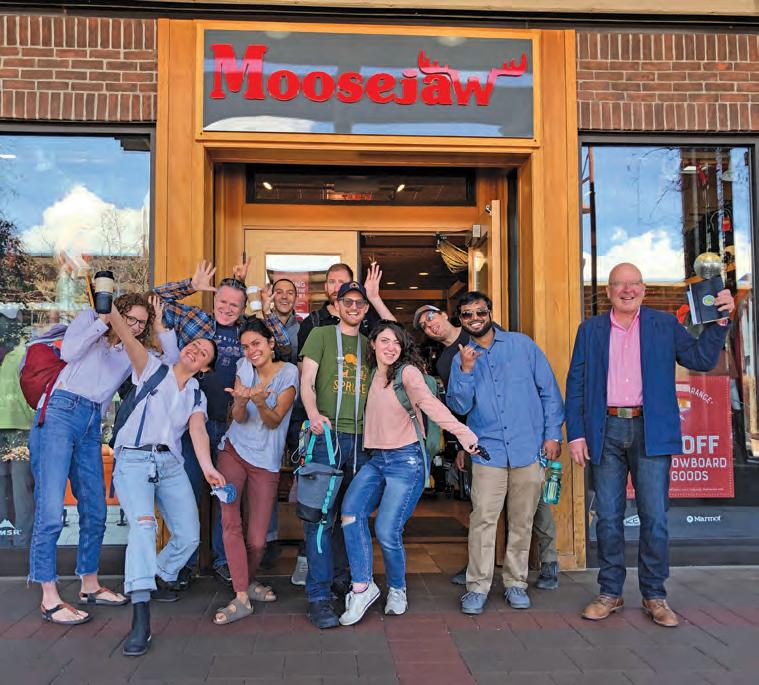
“We really enjoy working with the talented team at the ICELab to help outdoor entrepreneurs launch and grow their businesses,” Moosejaw CEO Eoin Comerford said. “This program has been extremely rewarding and is an amazing opportunity for these companies to find success.”
The programming is built and led by the team at the ICELab and the success of the accelerator has garnered national attention, not only for the program, but the ICELab and the Gunnison Valley. The ICELab acts as the perfect home base and facilitator for the program as they have an extensive network of partners and advisors that lead sessions and act as mentors for the teams, not only
while they are in the program, but once they graduate as well.
The teams are typically from out of state, and the time they spend in Gunnison is eyeopening for them, as they get to see just how amazing the Gunnison Valley is and all that it has to offer. Between the ease of access to beautiful public lands and the resources of the ICELab, two MOA alumni, PACT Outdoors and SheFly Apparel, have chosen to relocate and headquarter their companies in Gunnison and Crested Butte.
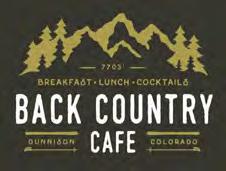
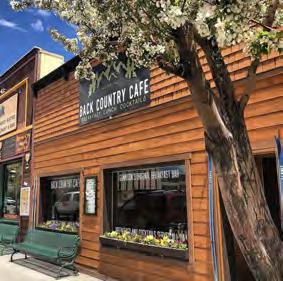
PACT Outdoors designs innovative bathroom kits for your outdoor adventures. With the increase in outdoor participation comes the increase in human waste being improperly disposed of and left on trails. The PACT Kit helps you dig, clean, and restore so you can get back to your adventure. Each kit includes mycelium tablets, a root system for fungi that breaks down human waste, giving you the tools to leave no trace.
“If you’re doing it right, entrepreneurship is one giant, never-ending ask for help,” Noah Schum said, co-founder of PACT Outdoors. “Unfortunately, we’re all mistakenly under the impression that we’re supposed to have everything figured out. So, asking for help can be hard. The MOA helped us to get over that, fast.”
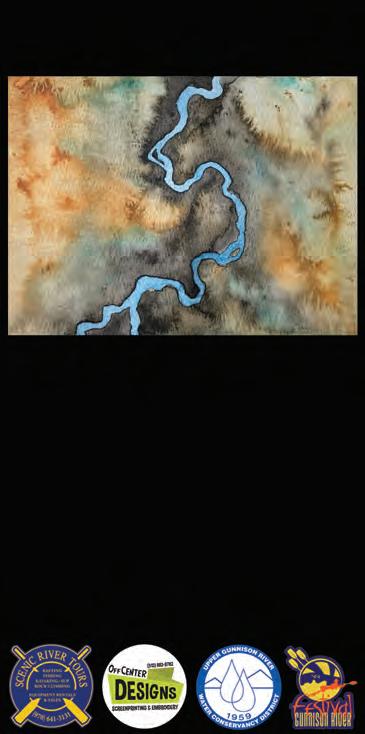
SheFly Apparel is a layerable line of outdoor pants for women that allow them to

comfortably, safely and easily relieve themselves in the outdoors without exposing skin to the elements or other people. These flexible and convertible pants feature a patented front-to-back zipper for simple access when you’ve got to go. A female trio, Charlotte, Bianca and Georgia Grace, who have spent time on boulders and in the boardroom founded SheFly Apparel and lend their reallife experience as recreationalists, adventurers, leaders, scientists, activists, innovators and storytellers to building a brand that focuses on gender, racial and size inclusivity.
The network of resources and the location of the Gunnison Valley is fostering a thriving outdoor industry hub. With access to over two million acres of public lands, world-class skiing, mountain biking, fishing and camping, the Gunnison Valley is the perfect place for passionate outdoor industry founders to call home. The Moosejaw Outdoor Accelerator is one of the many ways that this hub is growing.
Outside of the ICELab and their support, Western Colorado University is driving innovation with their Outdoor Industry MBA Program. The Rady School of Computer Science and Engineering at Western is also home to BLISTER Labs, a partnership between BLISTER, the University of Colorado Boulder and the brand-new, stateof-the-art engineering facility in the Rady School, which focuses on long-term qualitative testing of skis, bikes, running shoes and technical apparel.
There are a number of outdoor industry businesses headquartered in Gunnison and Crested Butte, and the location continues to attract more. PACT Outdoors and SheFly Apparel are just two of the companies currently thriving in this outdoor industry hub. n




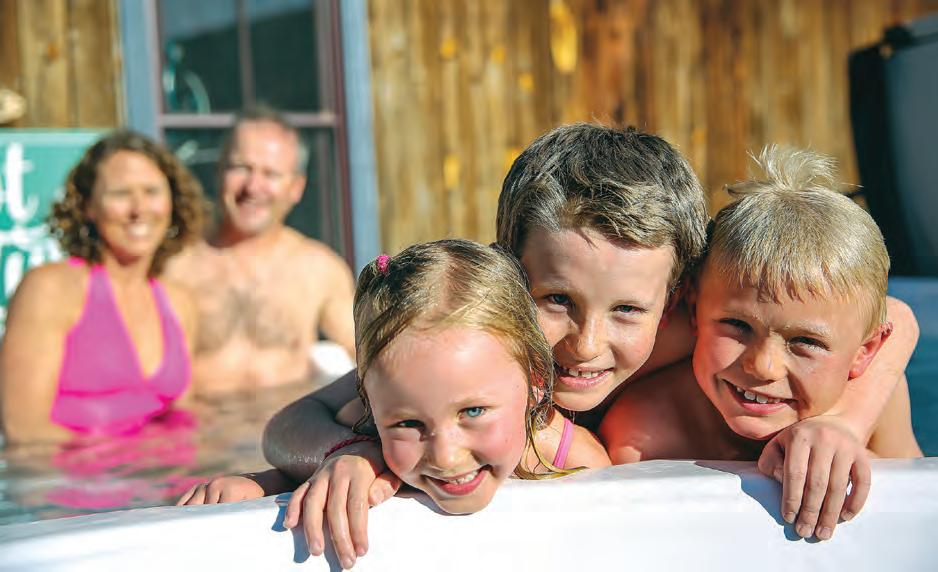

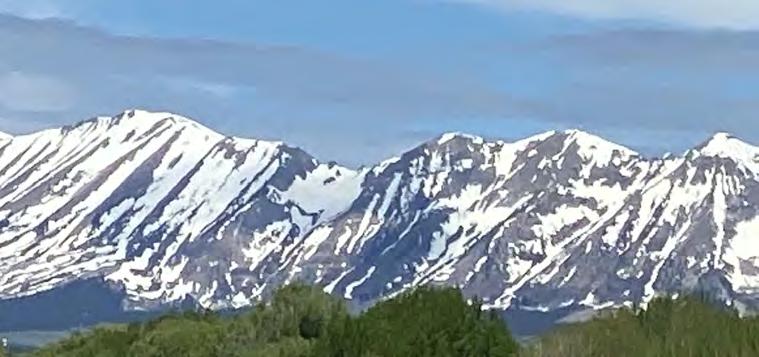
Gunnison Valley writer and educator Shelley Read has given us “Go as a River,” a lovely, melancholy story of a girl becoming a woman the hard way, growing up alone in a man’s world with no strong female role models or guiding spirits.
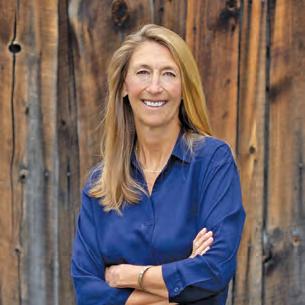
“Go as a River” is the story of Victoria “Torie” Nash, who was born and grew up, too quickly, in the doomed town of Iola, west of Gunnison. It was submerged in the mid-1960s under Blue Mesa Reservoir, where “the once fertile land marinates in idleness” (although much of the old townsite is exposed near the drought-depleted reservoir).
For Torie, the dam comes over the town like a random act of nature. From the local perspective, the dam is just an unexplained and unapologetic act of top-down culture, not unlike the floods, or droughts, or June freezes or other indifferent acts of nature that come down randomly on the valley.
The imminent loss of the town, however, is just the backdrop for other, more personal losses that happen to Torie, in that same way that the natural world happens to all of us — now sunny, now sunny too long and too dry, then raining,
then drowning us. We try to respond positively, make lemonade of its lemons — or we just let it happen to us.
It is all God’s will, Torie’s mother said, about everything that happened, good or bad. Torie’s private response to that was, “God will or He won’t.” But above all, “God won’t explain.”
The loss of her mother was Torie’s first great loss. She was killed in an auto accident on Monarch Pass, in the decade following the end of World War II, when Torie was 12, and just entering the difficult period of changes for a girl becoming a woman, wanting the guidance of a woman who had survived those changes. Torie assumed her mother would have regarded even the accident as God’s will: “God will pluck your mother, your cousin, your aunt from this earth like peaches pulled from the branch too soon.” And as always, God won’t explain.
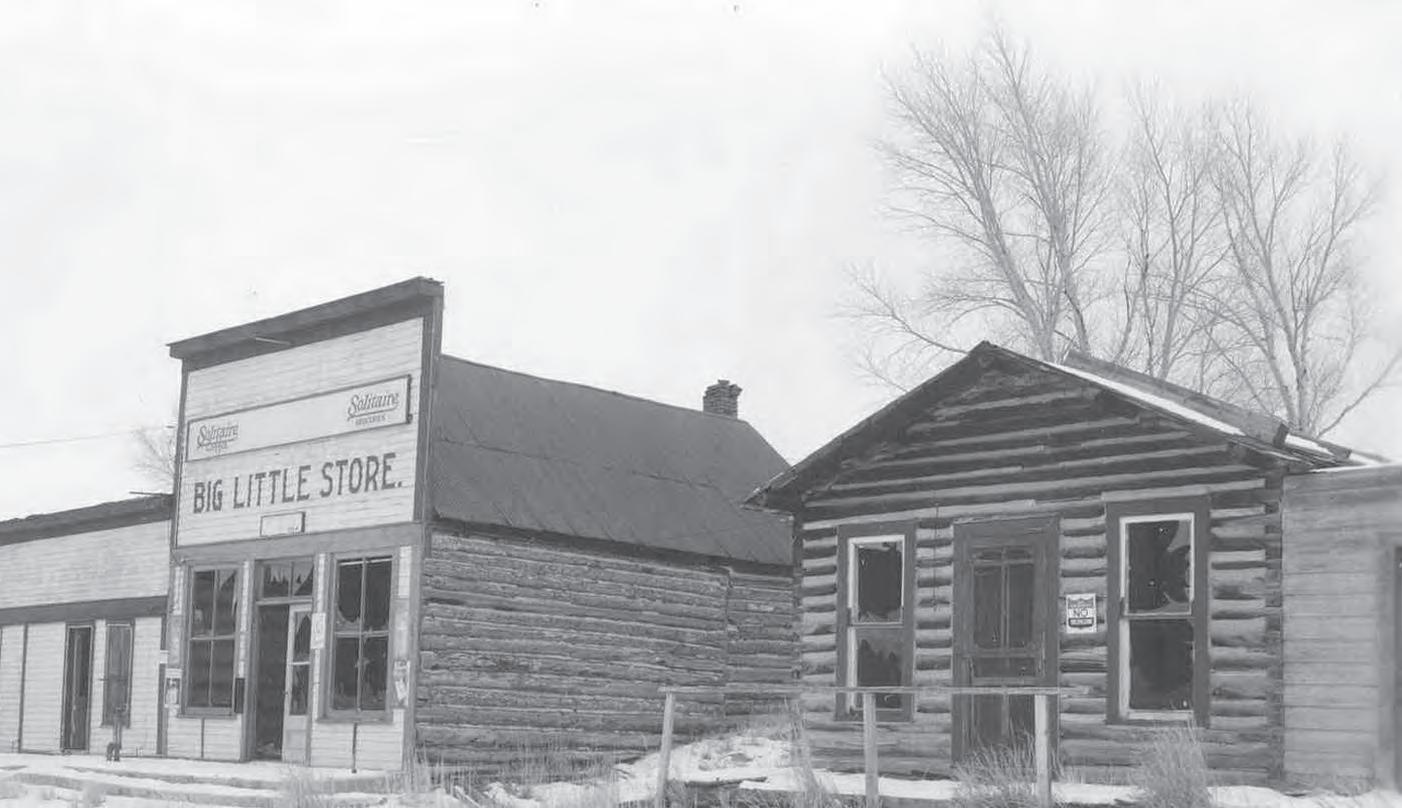
This leads to a further loss of her emerging self as she takes over household management for her silent grieving father, a bitter uncle disabled in the war, and her angry out-of-control brother. Her only happiness those years is working with her father in his peach orchard (a little climatic suspension of disbelief is necessary here), a special strain of peach he has developed that is famous throughout the larger region.
Five years after the loss of her mother, Torie loses her innocence with a young Indian drifter,
a beautiful young man who strikes xenophobic fear in the townspeople, but strikes a different chord with her. But after a brief period of stolen joy with him, she loses him too, to the town’s racist xenophobes in a brutal murder that goes unpunished as the town closes ranks around the guilty — which she feels certain includes her brother.
Torie’s hopeless desire to see the guilty brought to justice is diverted by a more immediate problem: she is pregnant. And living in a town that apparently has not matured to the point of knowing that it takes a village to raise a child, especially a motherless girl going through the changes to womanhood. With no resources to speak of, she responds to the hopelessness of her situation by running away from it — heading up into the wilds of the West Elk Mountains with a backpack full of food, small tools, seeds, and whatever else she could grab that she thought would help her establish a new life in the wilderness.
There, in an abandoned shack that her Indian lover had discovered and where they shared their brief happiness, she gives birth to the son they had conceived there — barely fumbling both the baby and herself through that ordeal. But then over the following months she realizes — as she wretchedly devours immature vegetables from a rough garden — that they are slowly starving. She could no longer feed the baby. She heads back toward what passed for civilization, and in what seemed to her fading sensibilities to be a fortuitous coincidence, she stumbles onto a picnicking couple with a baby
Courtesy U.S. Bureau of Reclamationthat the woman was nursing. Unseen, she slips her child into the front seat of their car, and flees.

Devastated by what she has done, she returns to Iola where she finds her father ill, her brother long gone on the advice of the local sheriff, and her disabled uncle removed to better care. She completes the cycle of loss by tending her father until he dies; then she became the first in the valley to sign the papers deeding the family farm to the U.S. govern ment for a cash settlement — a decision that completes her alienation from the rest of the townspeople, who are thoroughly in denial about the dam.
I will stop summarizing the story there, about the midpoint of the book, and will say only that from that point on, Torie, scarred, bent and broken by this history of loss, finds the gumption — I can’t find a better word — to begin the process of reassembling herself into the woman Victoria. That process begins with the audacious act of finding a warmer (and she hopes friendlier)
place to move to — with her father’s entire peach orchard. Years later, when she is in her thirties, she reflects on what her doomed Indian lover had said when she warned him that there was a bounty on his head ($20) and he should leave.

“I’ll go as a river,” he’d said. And sitting in one of her forest retreats, Victoria, not Torie, thought she finally understood what he’d meant, in reflecting on what she would tell their son, should she ever meet him.

“Flowing forward against obstacles was not my whole story. For, like the river, I had also gathered along the way all the tiny pieces connecting me to everything else, and doing this had delivered me here, with two fists of forest soil in my palms and a heart still learning to be unafraid of itself. I had been shaped by my kindred — my lost family and lost love; my found friendships, though few; my trees that kept on living and every tree that gave me shelter ... Every raindrop and snowflake choosing my
continued on 78
GUNNISON COUNTRY
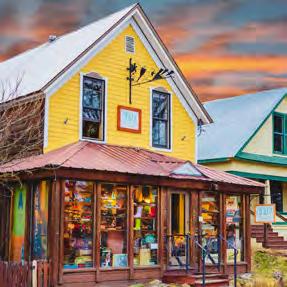
Read all of our special publications here!


shoulder, and every breeze that shifted the air ... and every creek like the one before me, rolling off the hillside, gaining strength in gravity ... taking and giving in quiet agreement with every living thing.”
Did their son survive? Does Victoria ever find out — ever get to meet him? Read the book. Either way, you won’t regret it. It is so clearly written from the heart that the reader assumes one learns something about the writer from reading her work. I did — but was surprised because I thought I knew Shelley Read pretty well, going back probably 30 years. I know her to be a great dancer of the polka in Crested Butte, and as a poet who we always wanted to publish the occasional Gunnison Valley Journals we put together as randomly as nature. For around a decade we also overlapped in the writing and environmental studies programs at Western State College.
She was the most inspirational teacher I have ever seen in action — on sunny days she always took her classes outdoors, and I would sit in my office watching her bring her students to life on the lawn. She taught the classes for students whose writing skills weren’t up to college standards and turned some of them into actual writers, unlocking their world on paper.
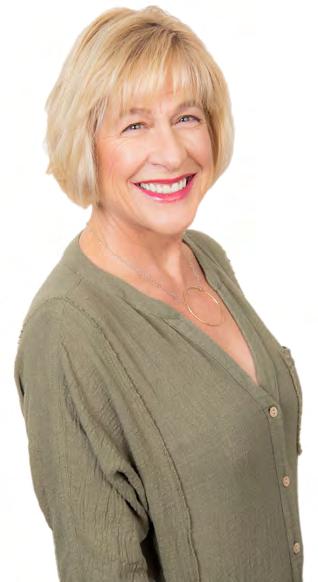
In short, I thought I knew Shelley Read — so it was a surprise when in “Go as a River” I heard Torie say:

“One rule my mother taught me by example was that a woman does herself a favor by saying very little ... I came to understand that she, like I, like women throughout the ages, knew the value of employing silence as a guard dog to her truth. By showing on the surface only a small fraction of her interior, a woman gave men less to plunder.”
Those observations brought me, a male of the species, up short. With a couple exceptions — her Indian lover and the scientist who helps her move the orchard — men do not fare well in “Go as a River.” I want to just leave that there for now. I don’t want to argue about it, get defensive, or admit she is right — or even assume that it is Shelley speaking through Torie; sometimes fictional characters take over their own evolution. Only this, for now: Shelley Read said it, in a book I love, and my respect and love for her and her work means I have to think about it. And what I learn from that may become one of “the tiny pieces connecting me to everything else” that changes the way I go as a river.
One can ask no more of a book, or a writer. This is a beautifully written story, somber throughout — neither pessimistic nor optimistic in outlook, only shaded by a sadness for the way so much of life is — but quietly rejoicing in the fact that life is. n
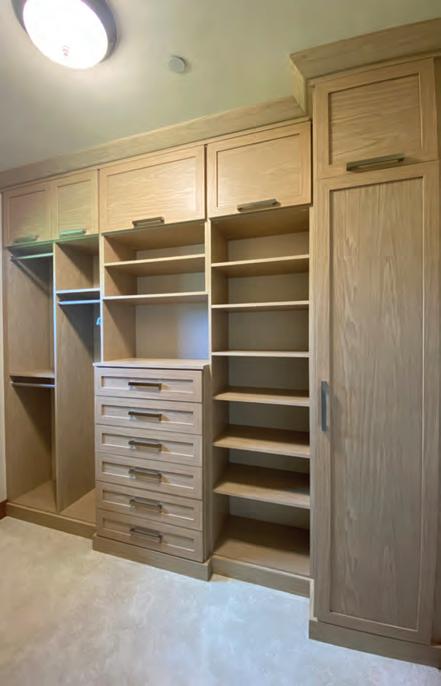
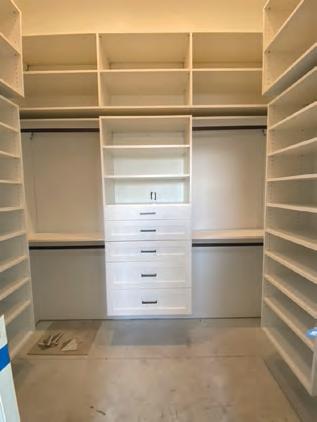

Sibley is a Gunnison writer, thinker and elder of the headwaters.)

“Maggie has been truly wonderful to work with! Not only is she knowledgeable and well connected in the community, her advocacy for her clients goes above and beyond what you would expect.” —M. Johnson
Our team of healthcare experts are dedicated to supporting the health and well-being of every person in the Gunnison Valley. With multiple locations, we are here for you when you need us the most.
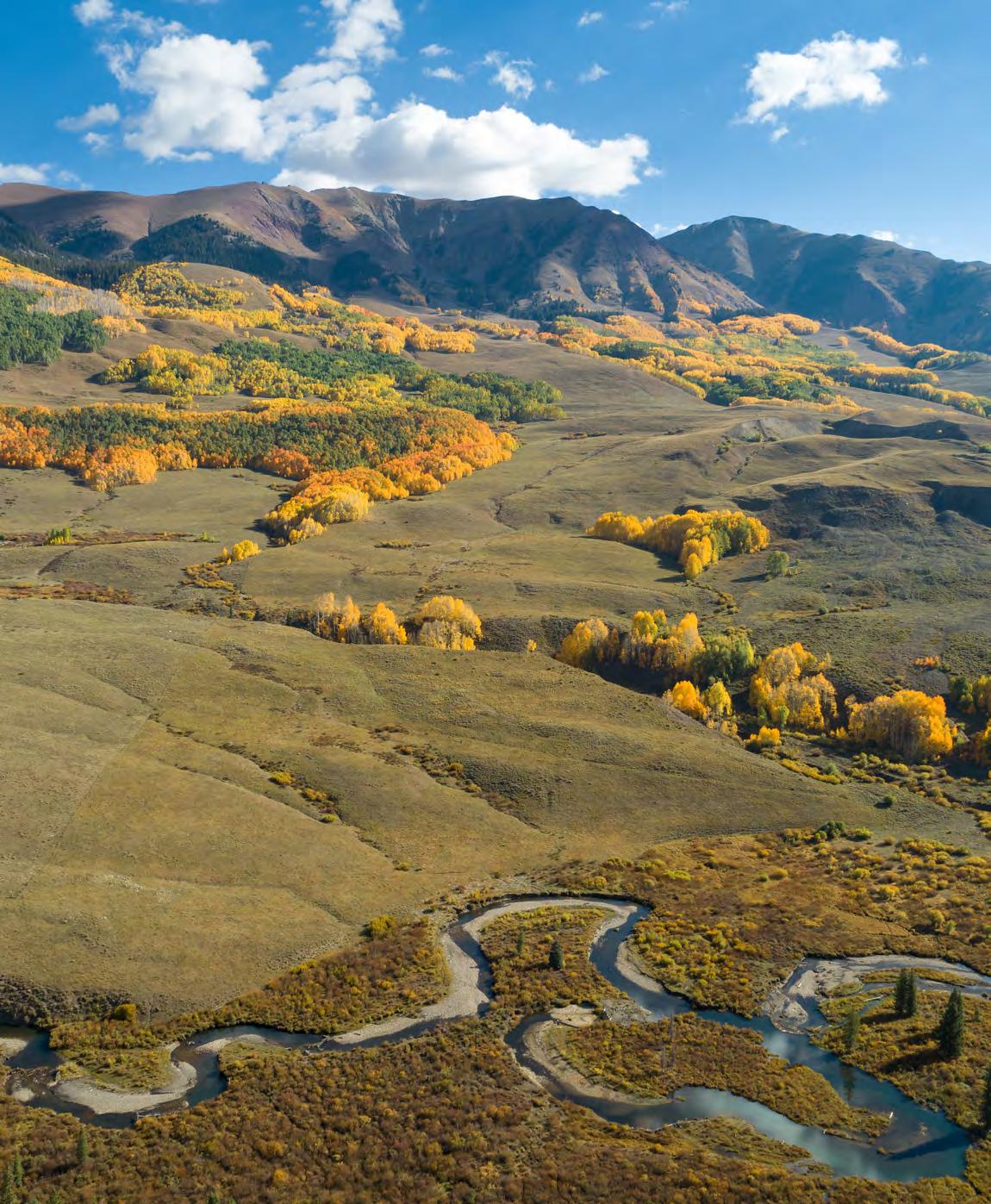
Hospital
Our hospital includes a fully-staffed eight bed emergency department which provides emergency care 24 hours a day, 7 days a week.
Gunnison Urgent Care
For treatment of your minor injury or illness that can’t wait for a doctor’s appointment.
Mountain Clinic
Emergency and urgent care under one roof. Conveniently located in Mt. Crested Butte at the base of the Silver Queen lift.
As someone who’s studying to be an engineer, Tyler Baker knows a bike is just a simple machine. It has wheels and a frame, gears and a chain, pedals on levers and friction brakes.
But as someone who’s passionate about mountain biking and came to Western Colorado University, in part, for that reason, he knows a bike is so much more than that. It’s a chance to overcome the limitations of the human body and move in a way that would be hard to achieve by any other means.
“I know about the feeling of freedom a bike can give you,” said Baker, who is in his third season riding for the Western’s mountain bike team.
It’s a feeling anyone should be able to have, physical limitations aside. But to achieve that, the bike building project he and the other students are finishing up in the lab on the bottom floor of the Rady School of Computer Science and Engineering is far from a simple machine. In a lot of ways, as an adaptive gravel grinder, it’s the first bike of its kind.
Because of its novelty, the team couldn’t just start building; they needed expertise in areas beyond bike manufacturing. So they called Certified Therapeutic Recreation Specialist and outdoor educator Chris Read. He has been working for almost 25 years with adaptive athletes at Crested Butte Adaptive Sports, which will eventually add the completed bike to its fleet.
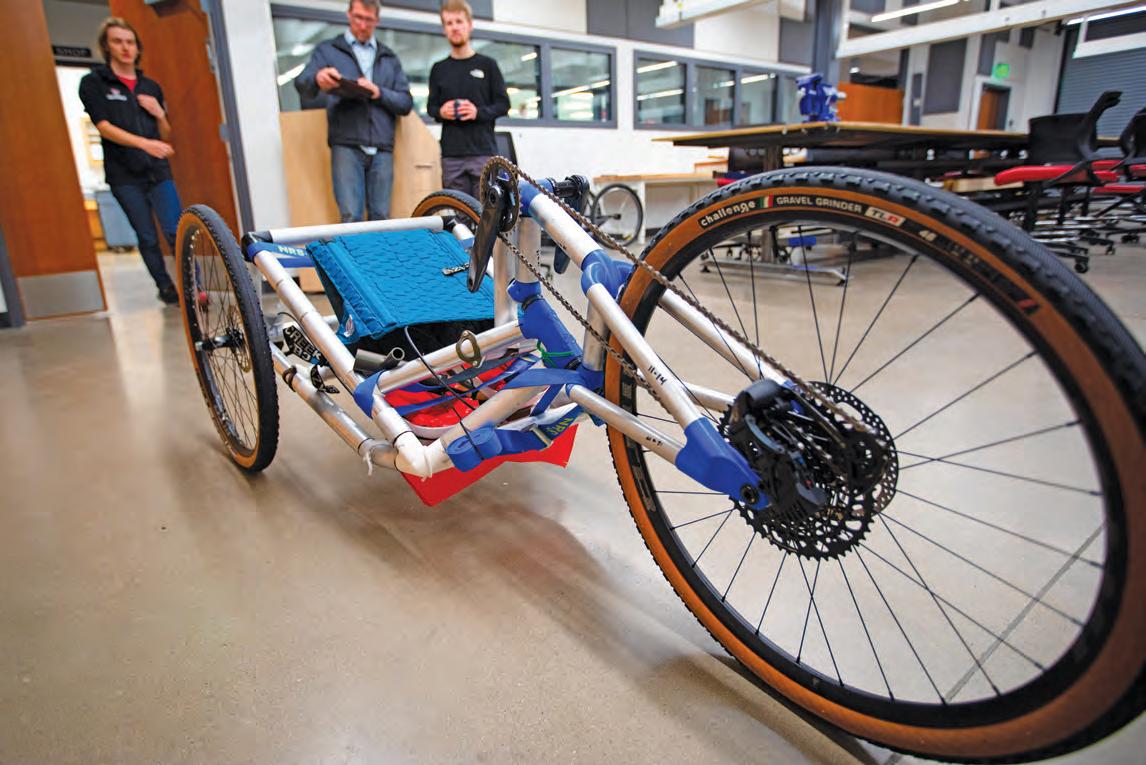
“Gravel biking is an activity that is growing rapidly in mainstream populations due to its vast number of user-friendly access points and relatively affordable equipment,” Read said. “If you have a capable gravel bike, quality exercise and adventure are at your doorstep or just a short drive away for most people, no matter where they live.”
Read was able to advise the team on what parts of the design would work, and what wouldn’t, and even the materials that might go into the construction, but shouldn’t. Latex, for example, is something some adaptive athletes might develop a sensitivity to after several surgeries.
Unlike your typical recumbent gravel bike, which seats the rider in a reclined position in the center of three wheels, with the foot pedals in
front and handles at their sides, this bike is a bit different. It’s designed with an adaptive athlete in mind who may have an injury that doesn’t allow for a traditional seating position or, maybe, the use of their legs. As a result, it’s been built to keep the rider upright sitting on their knees, with hand-driven pedals.
“This will be great for a lot of our folks,” Read said. “The benefits of health and life-long leisure and recreational interests are key to everyone's quality of life, adaptive based or otherwise.”
Last year’s engineering students designed the bike using CAD, which was then turned into a prototype using fused deposition modeling, a type of 3D printing. From that, students were able to start a more advanced prototype using aluminum, which will eventually be replaced with carbon fiber and titanium and components provided by SRAM, one of the project’s sponsors. When the bike’s completed this spring, it will serve as a model to guide the construction of future iterations.
But first, there’s a lot of work to do. Because he has such a passion for bikes and is minoring in project management, Baker is the perfect candidate to help his 19 classmates, all of whom are
The recumbent bike being built by a class of engineering students in the Rady program.mechanical engineering majors in their junior year. With an entire floor of state-of-the-art manufacturing equipment at their disposal and a half-dozen experts at sponsor companies ready to aid and advise them, the students are getting a unique, firsthand look at the manufacturing process.
At the beginning of the project, students in the class joined one of four manufacturing teams working on the bike’s frame, the drivetrain, the brakes or the ergonomics. That allowed for selfselected teams of five students who can do “what we like doing, what we’re good at, and what we want to learn more about and then come back together to assemble this one product,” Baker said.
While several of the students bring a deep knowledge of bikes to the project, most only have a cursory knowledge of a bike’s parts or are learning the basics along with the advanced elements required of a build like this.
“I’ve taught at three universities now, and there’s nothing like this,” said Professor Greg VanderBeek, who is teaching the class and making the project possible by connecting students to industry sponsors and professionals.

“[In other programs] you do hands-on projects that are typically small and limited in scope," he said. You don’t have the moving parts and pieces. Then bringing in the human aspect and the materials they’re working with — they’re using plastics, they’re using metals, they’re using carbon fiber, they’re using titanium and additive manufacturing. It’s just a unique opportunity.”

Not only are students able to work with SRAM to source components for the bike and send CAD drawings to 3D Systems in Denver to be printed into titanium parts, they’ve been able to work with an engineer from the premium bike company. Specialized, as they design and build the frame, as well as an advising engineer from Driven Technologies, a Boulder-based company currently working toward a patent on a revolutionary ceramic drivetrain.
When it came to the ergonomics of the bike, students turned to Read, who said the students have been extremely receptive and focused on the quality of the finished product.
“Ultimately, the idea of service-based learning is a home run,” he said. “I think the students are excited and motivated that their efforts will truly benefit an end user and in a very unique way.”
It’s a perspective on the manufacturing process they wouldn’t get with a more traditional project.
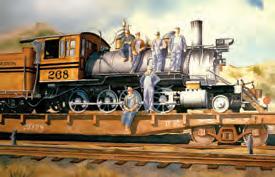
“One of our goals is to be as integrated in the community as we can,” VanderBeek said. “Being able to use our students and our resources to help other organizations is an exciting part of what we can do.” n
(Seth Mensing is the Western Colorado University media and communications manager.)
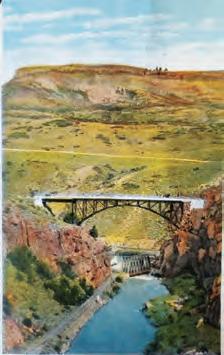
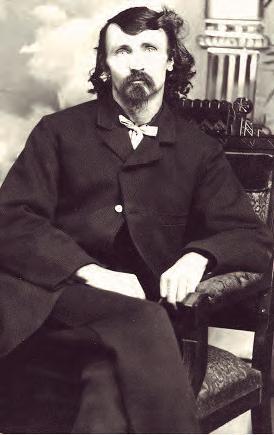
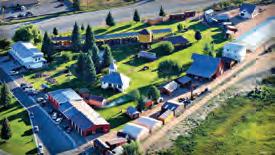


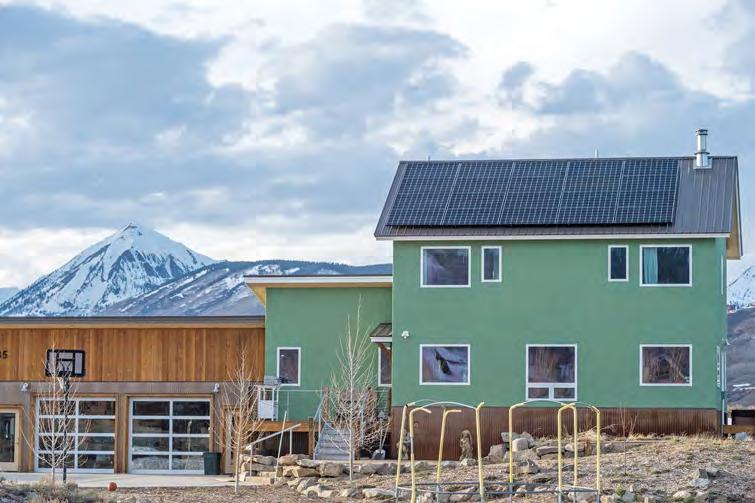
A friendly family of chipmunks relaxes in the sun.
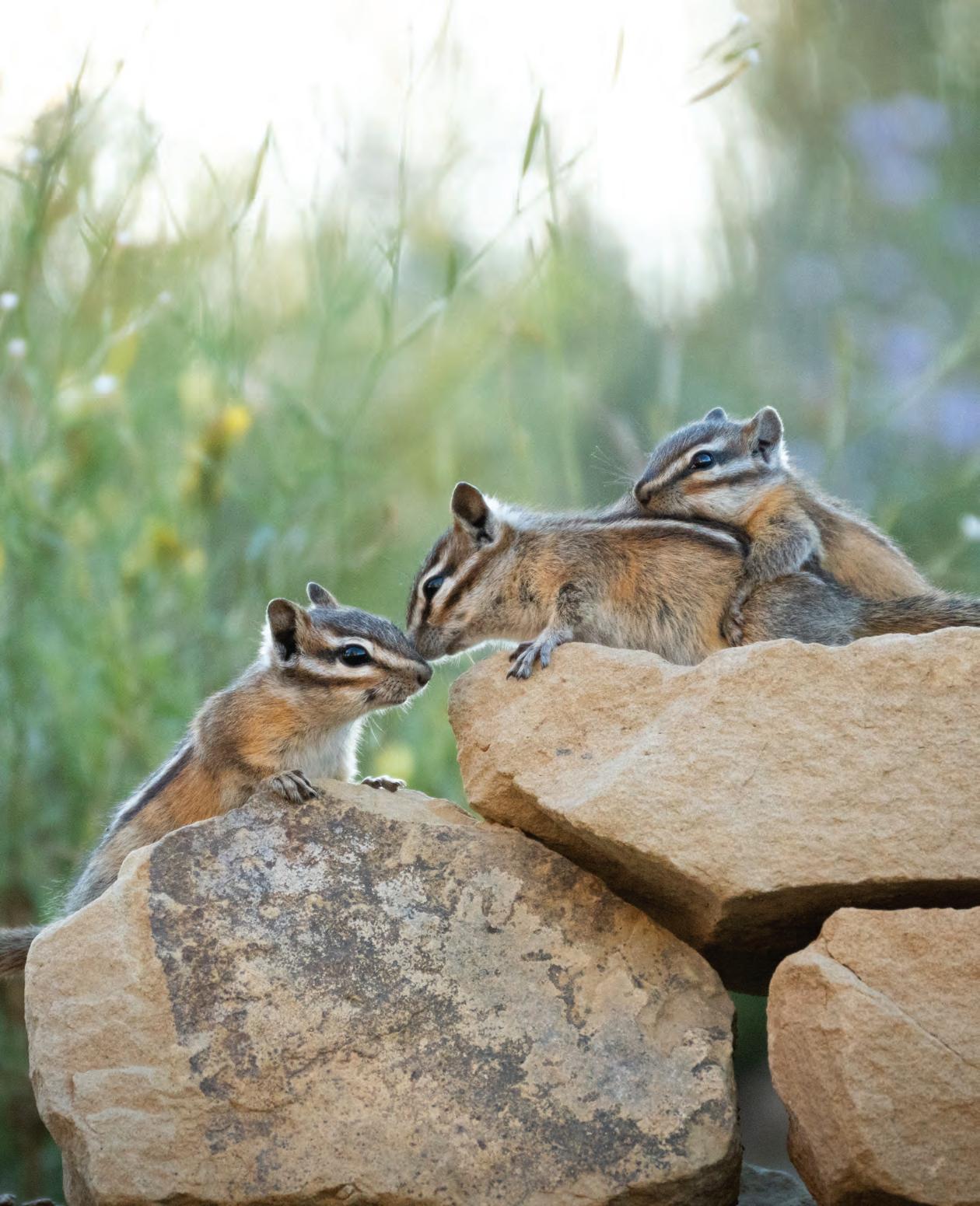
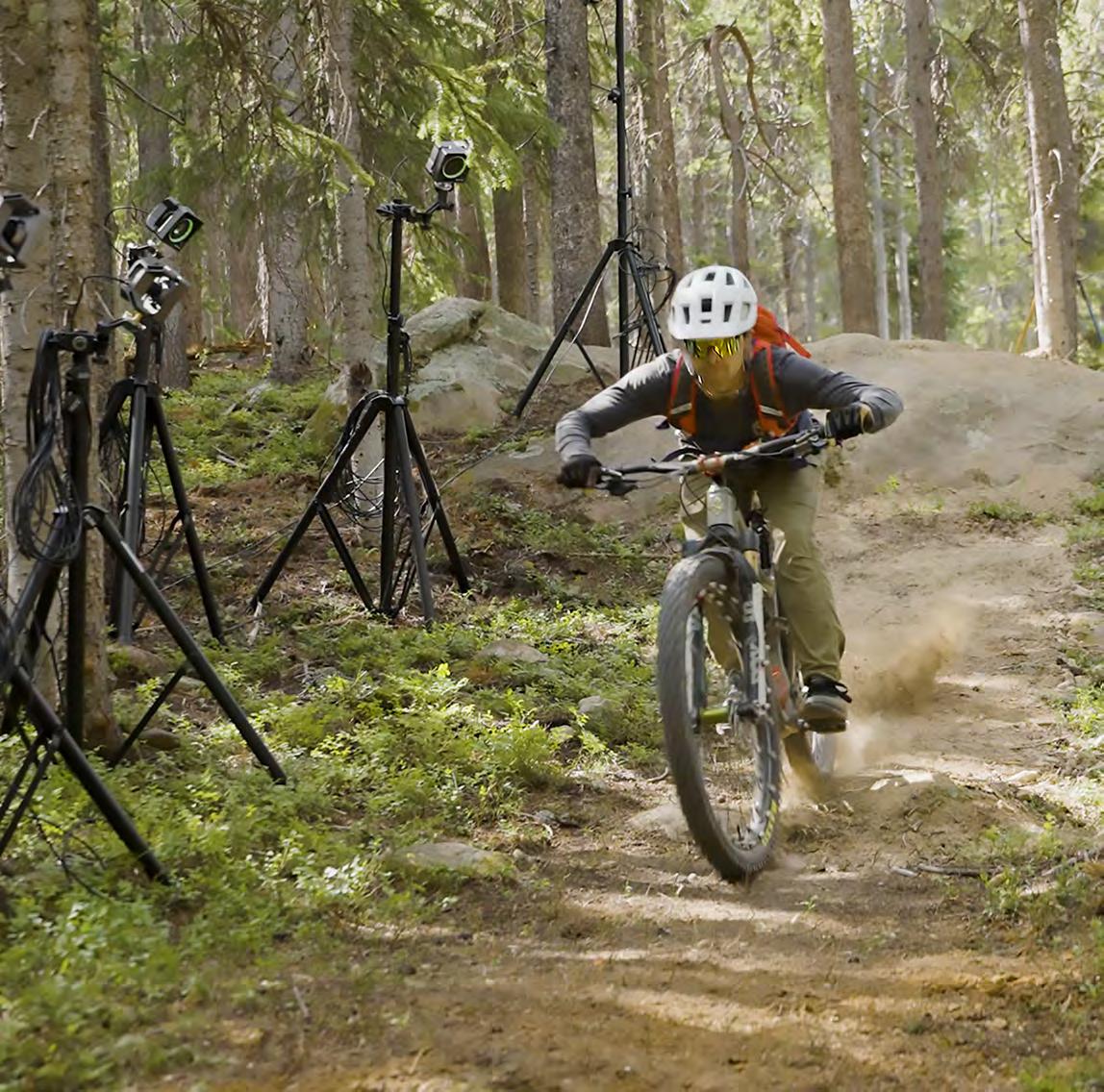

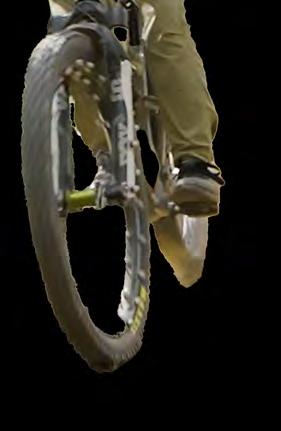

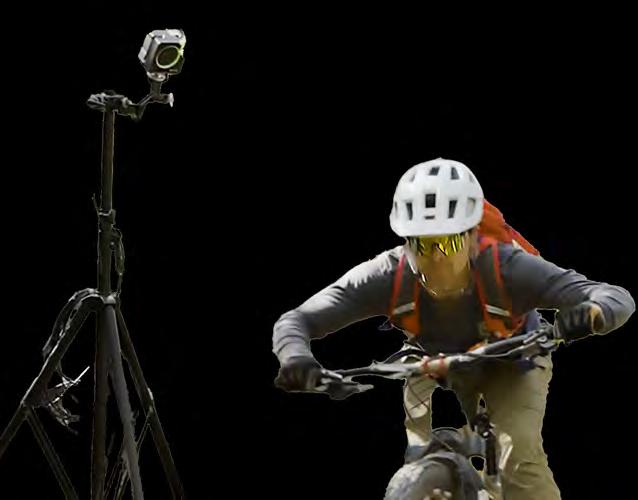
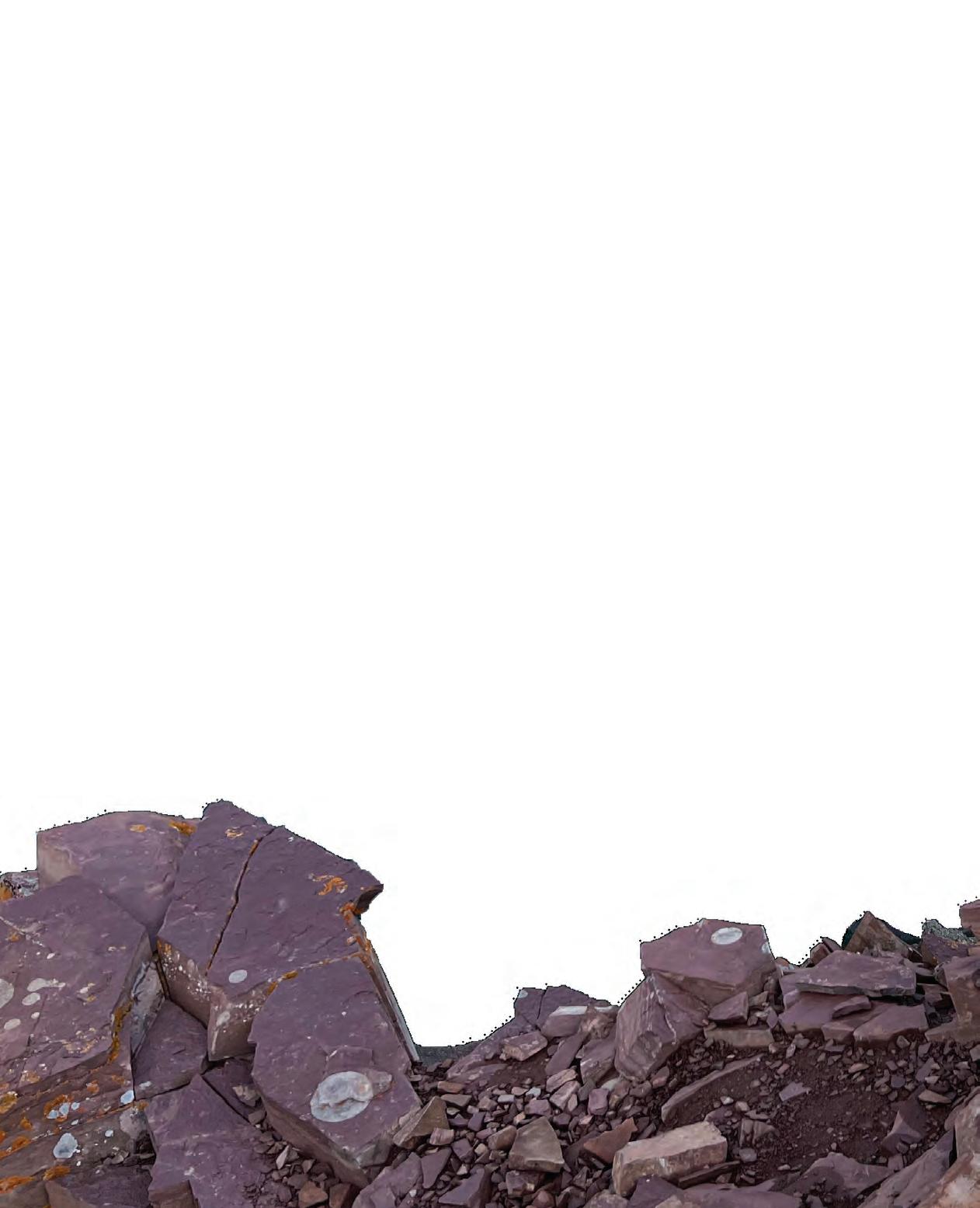

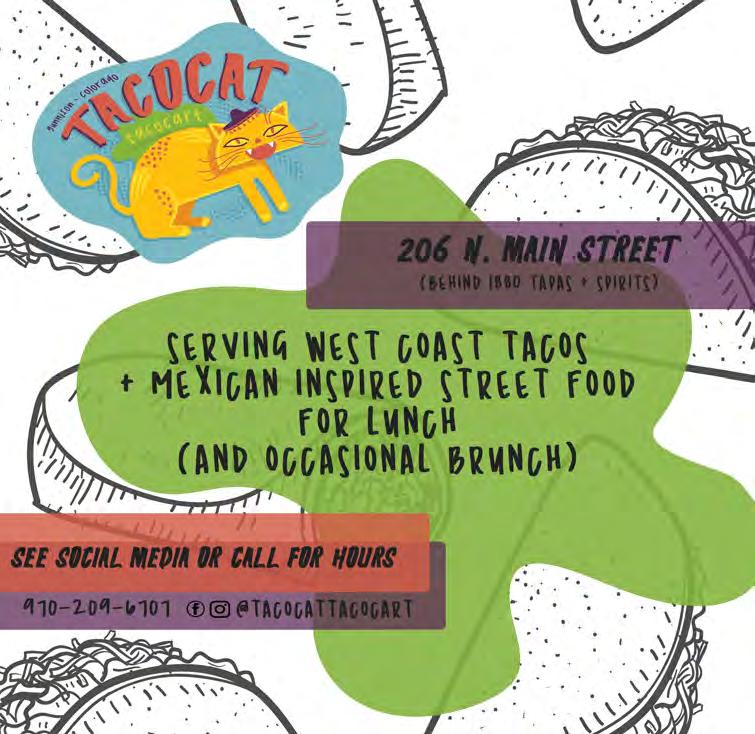
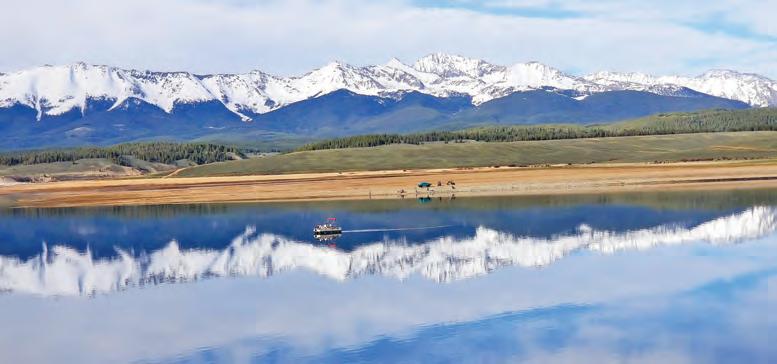
From a plane window on a flight to Denver this winter, I watched the Gunnison Valley sink below me and shrink into something as small as a topographical map in a book. Most of our houses line the old, narrow river valleys below massive mountains. It seems like its only in a plane that you can orient our home in its entirety. How can such a small, rural place be so life-changing for people with all its opportunities to recreate and form community? Valley residents are tucked into billions of years of stories, and our lives are a product of that environment.
Before living in Gunnison, I worked at Mount St. Helens National Volcanic Monument in Washington state for a few seasons, and I became enthralled with geology and volcanoes. I was so obsessed, in fact, that I was thankful to move to Gunnison for graduate school at Western Colorado University because the Rocky Mountains seemed “boring” — geologically speaking. I could focus on
learning — birds or plants or types — anything else.
It was not long before I learned I had moved to one of the most geologically diverse places ever, complete with plenty of volcanic activity. There is nothing remotely boring about the valley’s origins, and there is so much to learn and appreciate.
Here, I wanted to condense a complex history into bite-sized pieces, but with the help of two Western professors (Amy Ellwein and Allen Stork), I realized that, even in bite-sized pieces, you still need an entire book. Instead, I’ve compiled a list of some iconic places in the Gunnison Valley that are representative of our truly fantastic geology.
In places like Hartman Rocks Recreation Area, Taylor Canyon and Cement Creek, we have some of the oldest exposed basement rock in the world, dating back to over a billion years old. That amount of time is almost unfathomable to a human brain. The rock is older than the oldest species of life on earth, and it rests right below our mountain bike tires or
above us as we raft, fish or snowmobile.
The Castles, the Palisades and Dillon Pinnacles are eroded remnants of what once flew out of the enormous West Elk Volcano. From any map app on your phone, you can see how the Gunnison River makes a wide curve — like a smiley face — from Almont to Delta. The river had to carve around the “apron” of that old volcano, is called the West Elk Breccia (pronounced “bretcha”). These layers are a hardened, 30-million-year-old mixture of lava, mud and rock that rolled down the volcano’s slopes. Breccia is easily eroded, leaving spectacular sculptures, shapes and spires we all enjoy as we hike or cross-country ski.
From fire to ice, we pan over to Taylor Park. During the summer, Taylor is buzzing with the sounds of side-by-sides, dirt bikes and RVs, but this high valley was once surrounded by the lobes of glaciers. Glaciers flow like water (of course, very, very slowly). The glacial ice moved from the surrounding mountains, melting into the ancestral Taylor River 20,000 years ago. Imagine kayaking and rafting
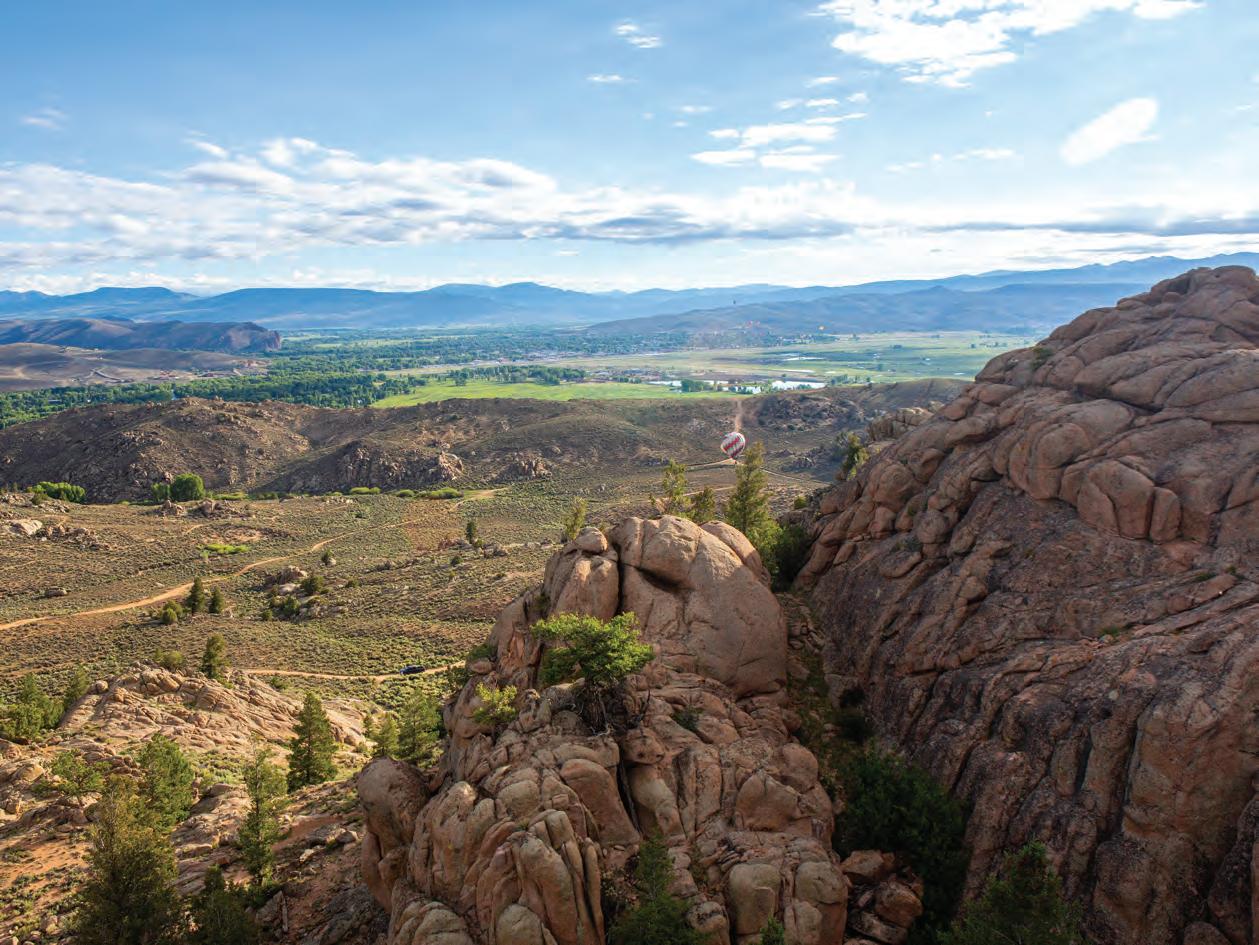
through that river!

Glacially-carved valleys are usually wide and u-shaped. In the high country around the Town of Crested Butte, evidence of glaciers and glacial outwash is everywhere. The town itself would have been under ice several thousand years ago.
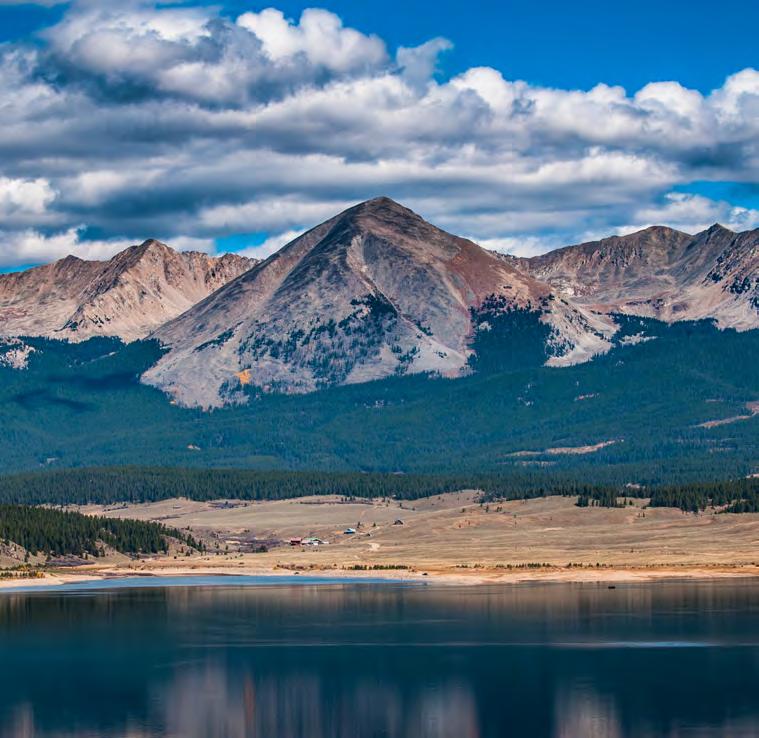
Above the town towers the 12,000-foot mountain, Crested Butte, a celebrity of the Gunnison Valley. Crested Butte is a laccolith, which means magma intruded into layers of the earth’s crust, mounded as it pushed up the layers above and then hardened into granite. The softer surrounding layers eroded away, exposing a uniquely-shaped mountain. The extreme ski runs at Crested Butte Mountain Resort are on top of the granite, while the gently sloped blue and green runs are atop rumples of softer Mancos shale, a mudstone left behind from a shallow inland sea. I love riding the Mancos shale. What’s your preference for ski terrain? Mud or magma?
The valley’s geologic saga is dramatic and catastrophic in its changes throughout its history. Its winding rivers, trails, jagged spires and cliff faces allure us. The geology of our valley is a playground, and we play. It’s rough and mysterious country. I have lived here for five years now, and there are still so many places I haven’t seen right in my own backyard. Looking at it from above, it’s clear that a person could spend a lifetime exploring this one, tiny valley in western Colorado.
It can be overwhelming, especially for those who don’t go for miles and miles on skis, shoes or tires. But as Amy Ellwein says, everybody likes geology, even those who say they don’t. We love our valley because of its geology, and it’s all the more obvious looking down from a plane window. n
(Anna Coburn has been a reporter, podcast producer, farmhand, ranchhand, landscaper, park ranger, housekeeper and more in the Gunnison Valley. She currently works as a range technician in the U.S. Forest Service Gunnison Ranger District.)

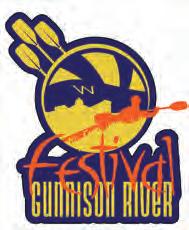
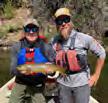
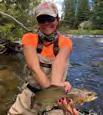
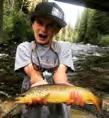
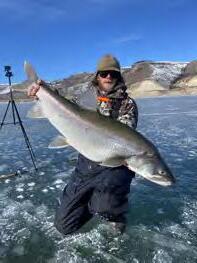

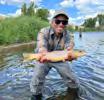
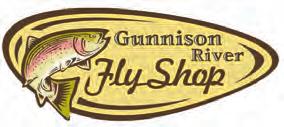
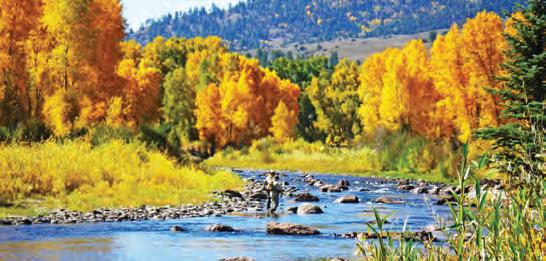
The geology of our valley is a playground, and we play. It’s rough and mysterious country.
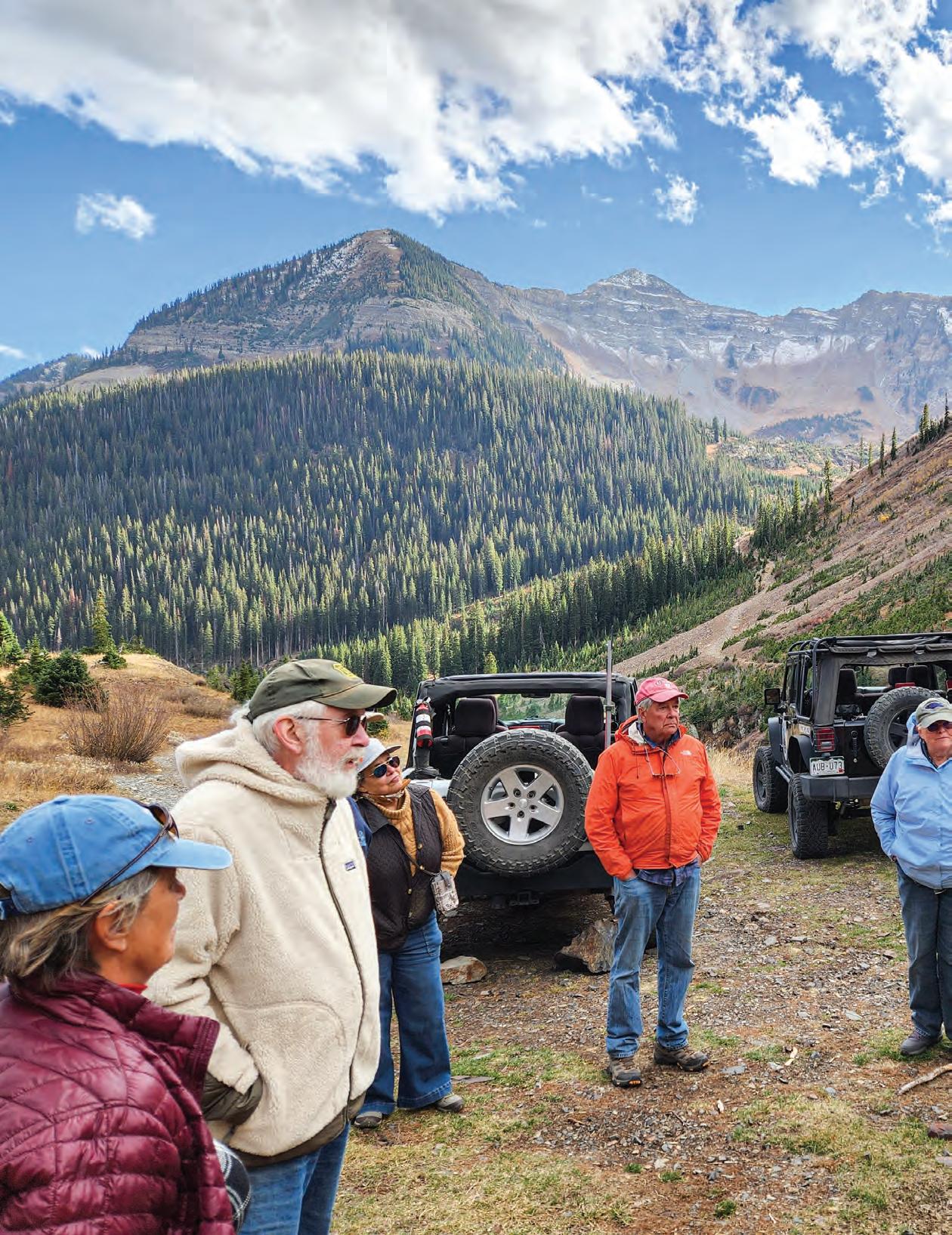
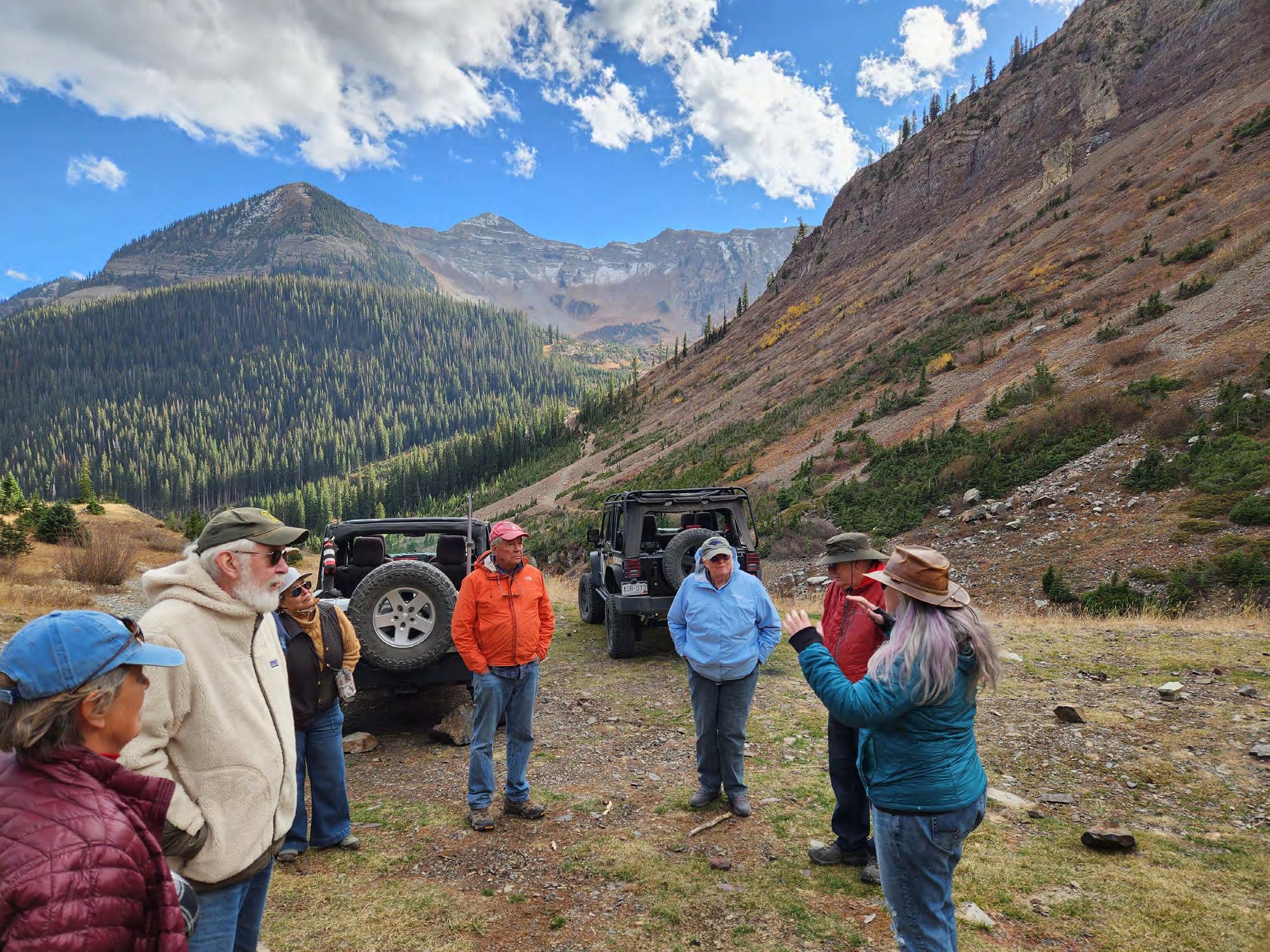
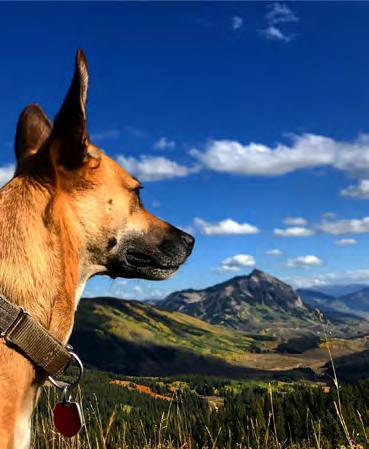
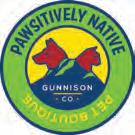
Fturning with a partnership that only makes sense: Jeep tours and geology.
Dr. Rock and JJ’s Jeep Tours are teaming up once the snow melts to offer the valley a one-of-a-kind experience.

“People like geology, even the people who say that they don’t. They always do,” said Amy Ellwein, who is Dr. Rock. Ellwein is a research professor at Western Colorado University and author of the newlypublished book "Geology Underfoot on Colorado’s Western Slope." For several years, Ellwein was the director of science communications and engagement at Rocky Mountain Biological Laboratory (RMBL).
To prove everyone indeed likes the science of earth’s physical structure and substance, Ellwein often asked her students, “Who likes geology?”
When only a few hands went up, she would ask, “Who likes rocks?” A few more hands would raise. Finally, Ellwein asked, “Who here decorates with rocks around their house?” Most of her students raised their hands.
“When you get people out in the field, and you start explaining what they’re seeing in the landscape, everybody can see, right? Geology is a very observational science,” she said. “You can point things out that people go, ‘Oh, I’ve never thought about that.’”
For the past few years, Ellwein has taken on numerous projects, including geology tours for RMBL, the Crested Butte Wildflower Festival and the 1% for Open Space program. After the release of Geology Underfoot last summer, she ran into Jeremy Johndrow at the 4-Way parking lot in the Town of Crested Butte. continued on 93
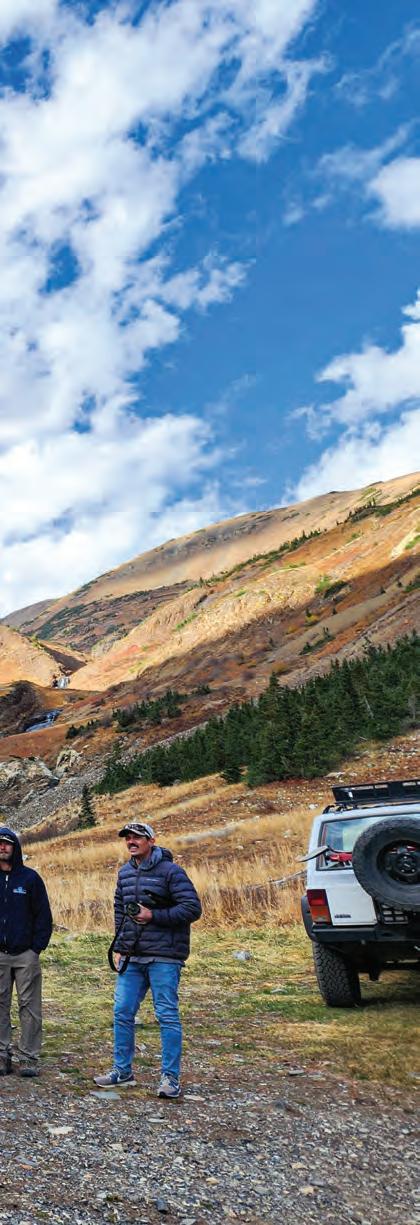


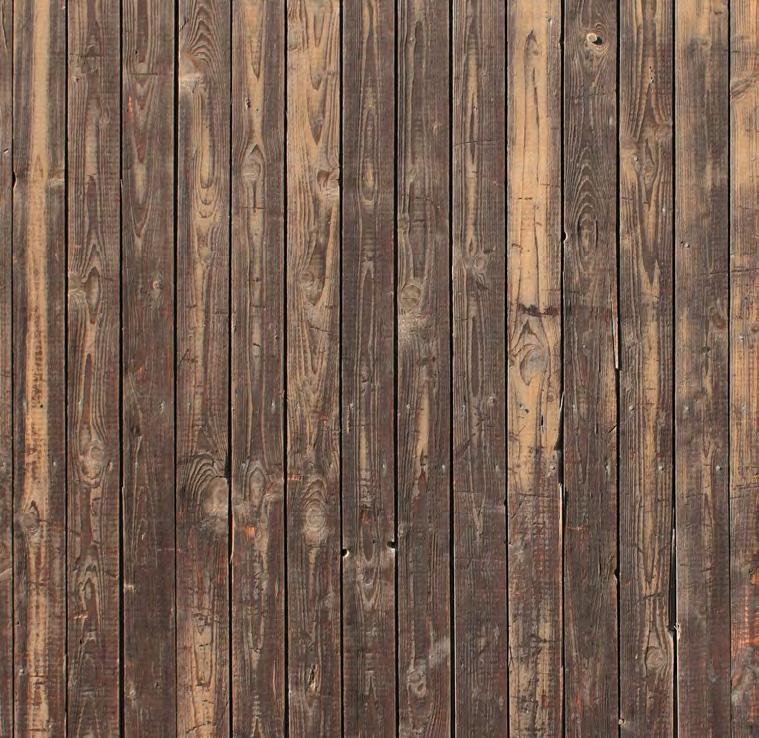
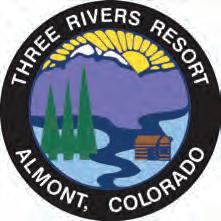
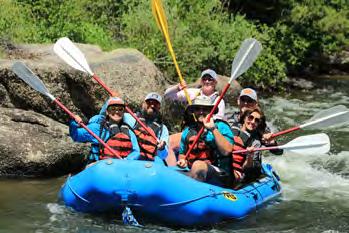
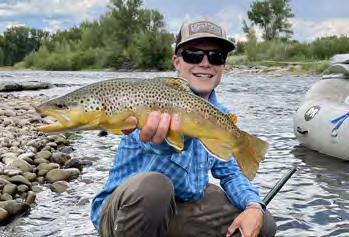
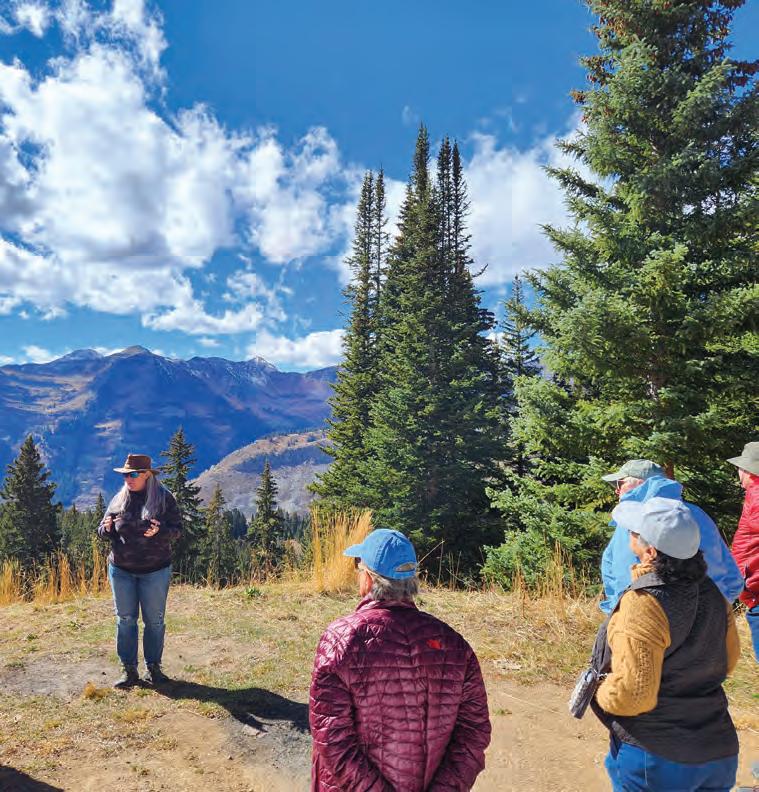
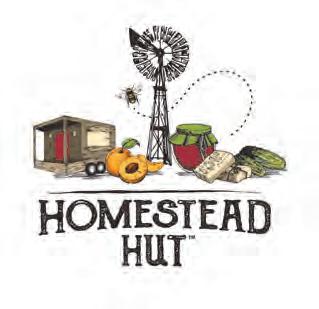
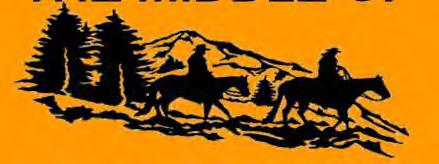
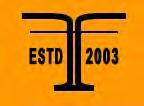
continued from 90
“I said, ‘Hey Jeremy! You do Jeep tours! I bet you need this book, and you probably need a geologist to help you with your tours sometimes,'” Ellwein said.
Johndrow was thrilled.
“It’s a match made in heaven!”Johndrow said.
This is JJ’s Jeep’s fourth season touring the Gunnison Valley, and he just received his 10-year special use outfitter/ guide priority permit with the Gunnison National Forest. Johndrow applied for his initial Forest Service permit in 2020, about a month before lockdown.
“So, 2020 was a soft opening,” he said.
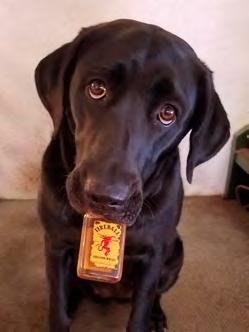
The business has grown its fleet of Jeeps every season: one Grand Cherokee and two Wranglers.
“I’ve always been a nerd. I like knowing tons of stuff and sharing my knowledge with people,” he said. Johndrow was first introduced to four-wheeling as a freshman at Western.
“I just realized very quickly it’s an incredible way to explore the vast public land.”
Johndrow majored in outdoor recreation and business, so starting a Jeep touring company felt natural.
“Jeremy is very entertaining, and he knows a lot,” said Ellwein. “I’ve been fourwheeling my whole life — I got my first Jeep when I was 21 — and Jeremy is fun when he’s leading a tour, but he’s also safe. That’s a big deal, so I really trust him in the field.”
Johndrow and Ellwein put together their geology tour maiden voyage on Oct. 22, 2022 in the high country of the North Valley, a day before the first big snow of the season.
“I literally skied Paradise Bowl the next day,” Johndrow said.
They plan to offer the geology tours once a month, unless demand increases.

Ellwein looks forward to this being part of all her new projects.
“I love giving tours, and it’s really fun giving tours with Jeremy. It’s a good team.”
To book a tour, geology or otherwise, visit jjsjeeps.com. Ellwein’s geology book is available at Western’s bookstore, Abracadabra at 211 N. Main St. in Gunnison and at Townie Books at 414 Elk Ave. in Crested Butte. A “Travels with Dr. Rock” page is available to view and engage with on Facebook. n
(Anna Coburn has been a reporter, podcast producer, farmhand, ranchhand, landscaper, park ranger, housekeeper and more all in the Gunnison Valley. She currently works as a range technician in the Gunnison Ranger District for the U.S. Forest Service.)

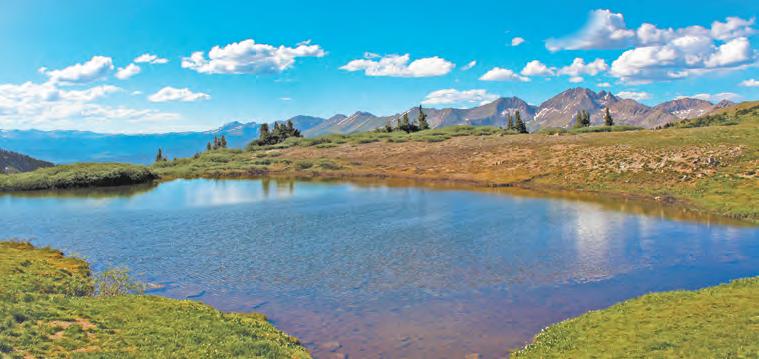
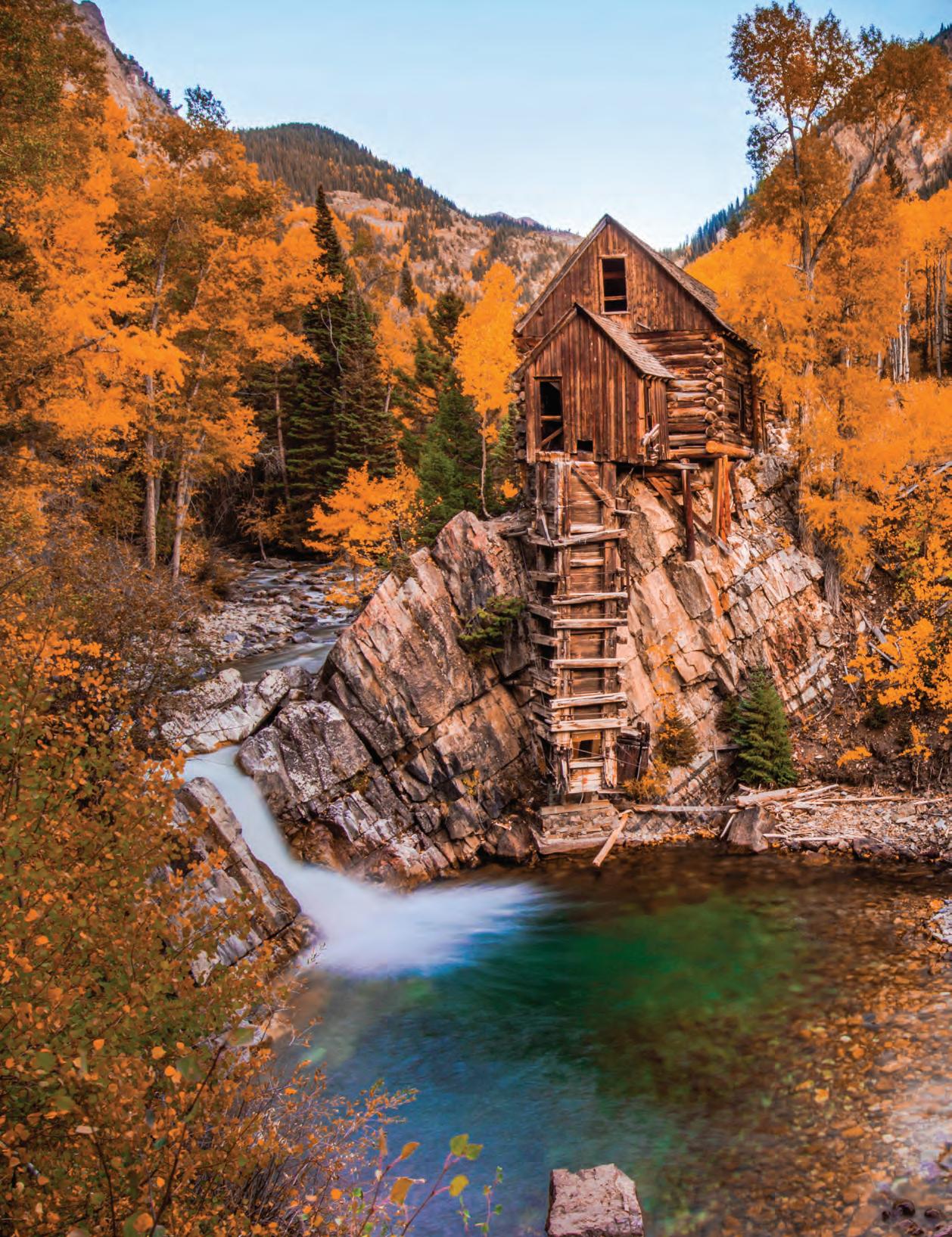
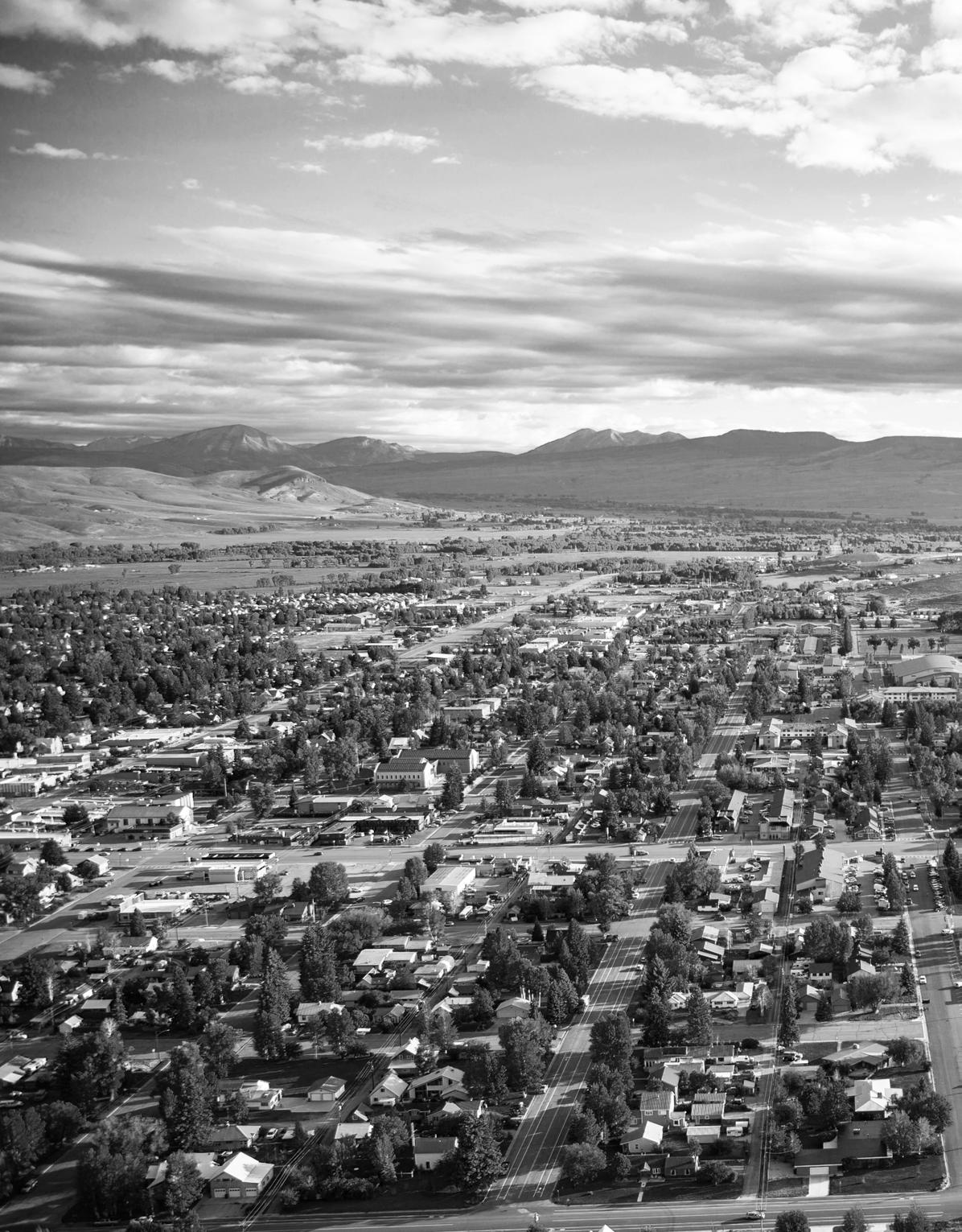
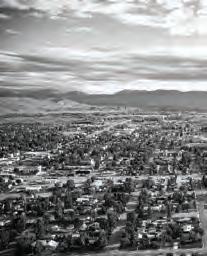



If you don’t know what you’re looking for, it’s easy to miss the unassuming 100-year-old cabin near the playground at Legion Park in Gunnison. Home to the local chapter of the American Legion, Post 54 was founded in 1919 to support 30 local soldiers returning home from WWI.
Curious about the people who still keep that tradition alive after a century, I decided to attend the breakfast the Post puts on for veterans one Saturday a month. I was not disappointed. In addition to the hot meal, I came away with plenty of what I came for: stories and a better understanding of those who tell them.
The American Legion as a national organization was chartered by Congress the same year Post 54 was founded, but the idea came from active duty soldiers two years earlier.
“The first group organized in Paris in 1917," John Nelson, commander of Post 54 said. "They recognized the need before they came home.”
Today, the American Legion cabin still stands, warm and welcoming, much as it did a century ago, a gathering place for service members from all branches of the mil -

itary. Air Force veteran Hughes Glantzberg joined the Legion years ago. What keeps him involved is the “camaraderie,” he said. Glantzberg served in the early 1960s.
The morning I joined the monthly breakfast, he showed me a unique, two sided map from 1944, made specifically for airmen in WWII.
“Looks like Italy,” I said.
“It is, but it’s also all of southern and eastern Europe,” he answered.
Then, with two strong hands and a firm grip, he hoisted the heavy frame from its perch atop the fireplace mantel and flipped it around. The other side of the same map depicts northern Europe and the British Isles. The map is fabric, not paper, so it's not easily torn and won’t disintegrate in a pocket. More importantly, it shows specific routes for pilots to follow if they are downed and trapped behind enemy lines, guiding them to allied territory and safety.
His father served in the Fifteenth Air Force during WWII, and Glantzberg has long had a fascination for the stories from that war. If you’d like to know which bomber groups were assigned to which Air Force, and which ones participated in which campaigns in the European theater, Glantzberg is your man.
Originally, membership in the
American Legion was limited only to those who served in combat. But today, the organization welcomes all veterans and anyone on active duty. Post 54 has members from all branches. Nelson’s daughter, Sgt. Madison Nelson, USMC, is one of a handful of active duty members of the Post.
There are also members who live out of town. The Legion has offshoot organizations as well. Sons of the American Legion supports the boys of Legion members, and a group designated for wives, daughters and other soldier-affiliated women is called the American Legion Auxiliary.
Post 54 is known for holiday commemorations throughout the community. For example, the Auxiliary hosts an annual easter egg hunt in Legion Park. Legion members also commemorate Memorial Day, planting large flags along Main Street and 2,000 small flags at the cemetery. Flag Day, Independence Day, Cattlemen’s Days and Patriot's Day flags are all courtesy of Post 54.
“We used to put out flags along Main Street for Veterans Day,” Nelson said. “But the flag pole holes are always frozen solid by November, and it takes forever to melt them out. So we switched to Patriot's Day.”
continued on 98
Frozen flag holes aside, Veterans’ Day is still important for Post 54. That’s when Legion members pull down the large, summer flag from the pole at Legion Park and replace it with the smaller, winter flag. Post 54 also undertakes ceremonial duties, such as providing an honor guard at veteran funerals, and members take those responsibilities seriously. But Nelson wants folks to know that Post 54 does so much more.
Veterans Voice, a recent collaboration with the Gunnison Country Times , gives Legion members the opportunity to tell their stories. There's a new story written by a local veteran each month.
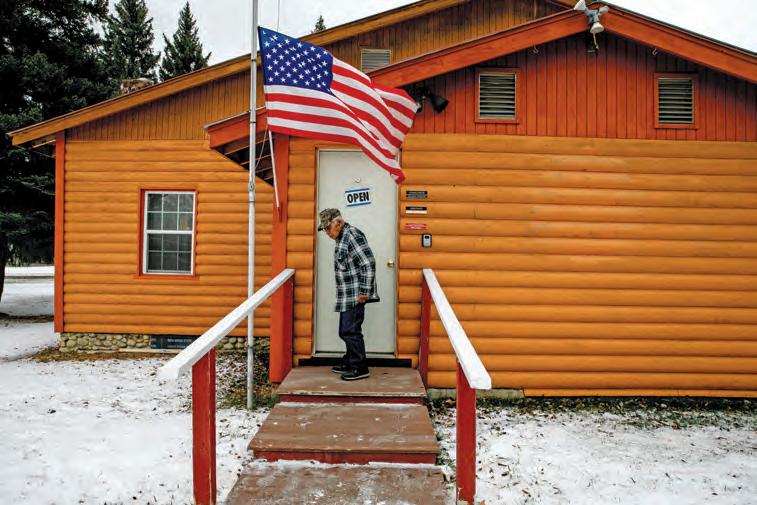

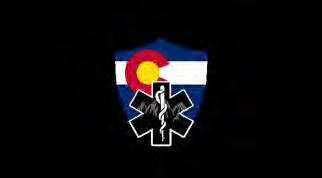
“This is something I’ve wanted to do with the paper for a while,” Nelson said.
Recent stories include the recollections of two Air Force veterans, WWII aficionado Gratzberg and accordion player-extraordinaire Pete Dunda. Another, from Navy vet Nathan Kubes, gave readers an idea what it’s like to spend Christmas on a submarine.
Post 54 has also recently picked up the charter for the local Boy Scouts Troop, taking over that role from the Elks. Two Girl Scouts Troops also hold meetings in the cabin, Nelson said.
Something new for the group this past
year is the formation of the Gunnison High School (GHS) Legion Club, led by GHS teacher and Post Adjutant Mark High.

“These students weren’t interested in marching,” he said, or in doing any of the customary ROTC-type stuff. Instead, they wanted to find projects that would help support veterans and make a difference locally. Recently, the group has embarked
on a plan to help fix three veterans’ headstones at the cemetery. Two of them had sunk about half way into the ground, while the third cracked away from its foundation.
“We're expecting the new gravestone to replace the cracked one sometime in the fall,” High said, who is trying to track down any family or descendants of its namesake, Joseph Reiss.
The students helped right the sunken stones this past spring.
Post 54 awards two scholarships each year for graduating GHS students and sponsors two juniors to compete in the annual Boys and Girls State competitions. The Legion state competition recognizes students who exemplify strong leadership qualities. Whether they win or not, competitors often go on to prominent service and leadership roles in their communities.
The American Legion cabin is a meeting place for many, but it also serves as a Veterans’ Administration Satellite Center, and even as occasional emergency housin g for veterans. Now ADA accessible, the cabin also sports a new deck to host barbecues.
“We want people to realize that the American Legion is here,” Nelson said. “The camaraderie is one thing, but we can also help.”
Post 54 takes great pride in hosting military funeral honors in our community, typically performed at either the cemetery or at a soldier’s home. To do so, the Legion must provide two active duty members from the same branch of the military as the deceased. That’s the toughest requirement to meet for a small chapter, but it's important. Active duty members know the protocol and are much better than rusty veterans at folding the flag into a proper, tight triangle, Nelson said. The perfectly-folded flag that is presented to the family of the fallen soldier. A military funeral service, “is one of the most important duties they perform,” Nelson said.
As active as the local chapter of the American Legion is today, there was a time not so long ago when their numbers were dwindling.
“A few years ago, things were getting sketchy,” Nelson said. “We weren’t sure if we were even going to be able to keep the chapter open.”
Today, Post 54 is thriving. Glatzberg attributes that turnaround to Nelson.

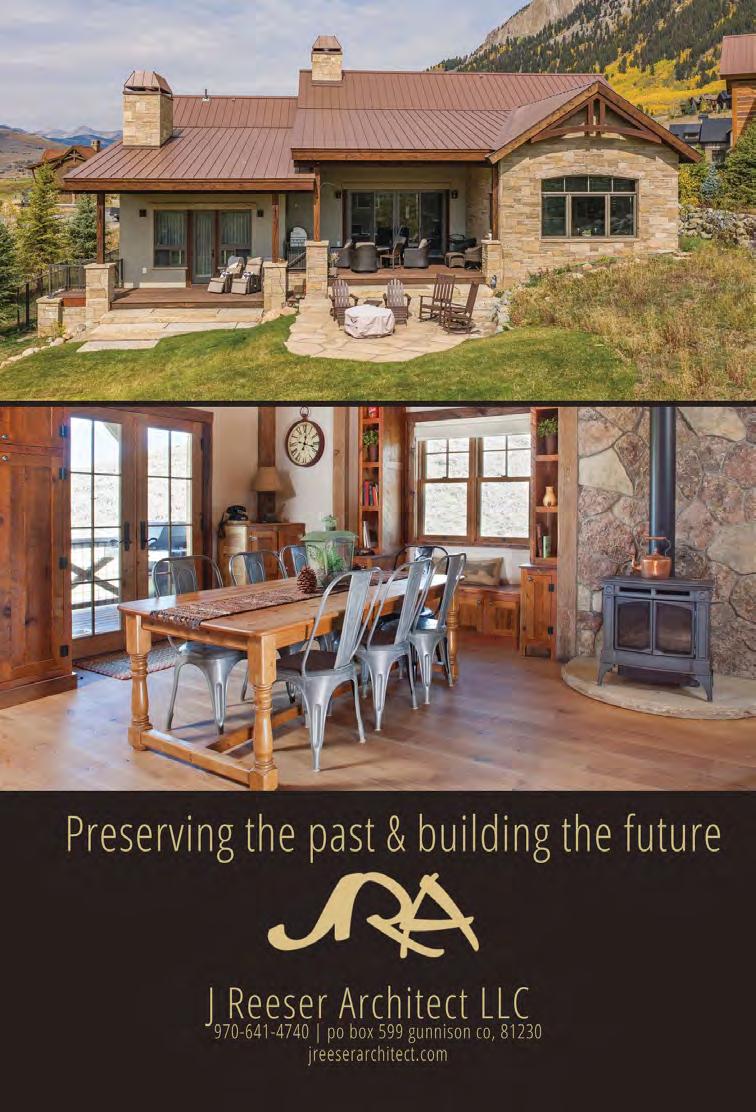
“John is the heart and soul of this organization,” he said.

The Local Post 54 of the American Legion is big on ceremony, but at its core, it's much more — to local veterans, service members and the Gunnison Valley community. This summer, if you happen to find yourself near Legion Park and the irresistible aroma of barbecue catches you by the nose, follow it to the deck at the American Legion cabin and say hi.
You won’t find a more welcoming place.n
(Toni Todd is a longtime Gunnison writer, KBUT radio personality and lecturer in Western Colorado University's communication department.)

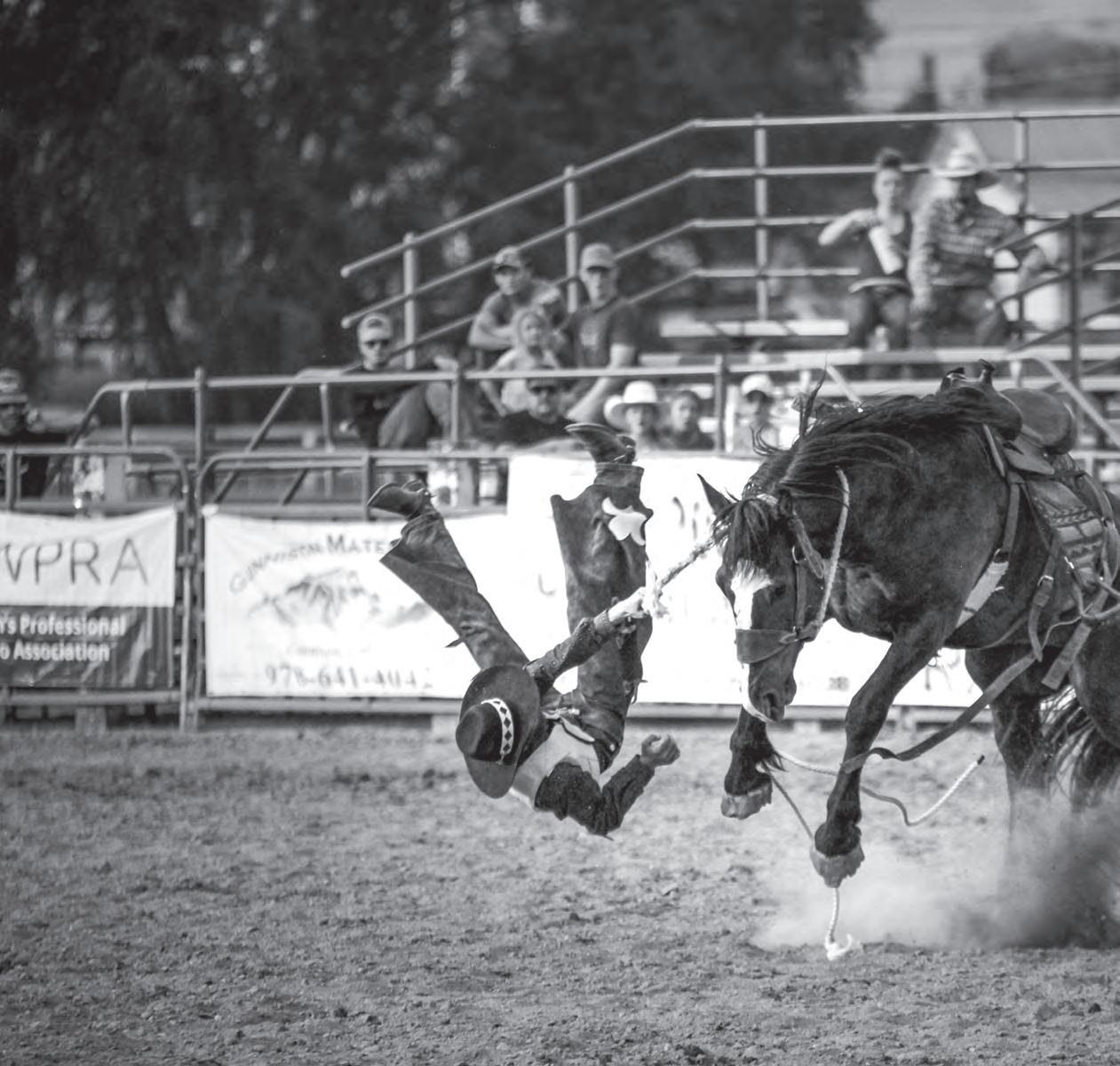 BY TED HARBIN
BY TED HARBIN
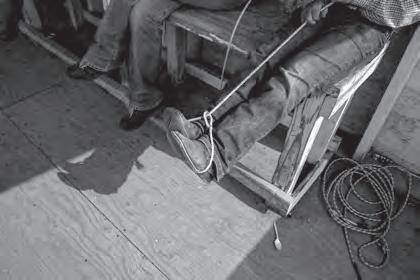
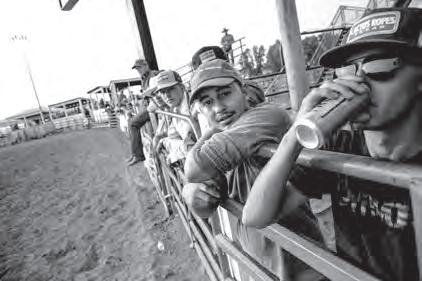 SPETZLER
PHOTOS BY JACOB
SPETZLER
PHOTOS BY JACOB

The history of Gunnison’s Cattlemen’s Days celebration begins in 1900, when folks in the Gunnison Valley were looking for a way to gather together to celebrate a thriving ranching culture and heritage.
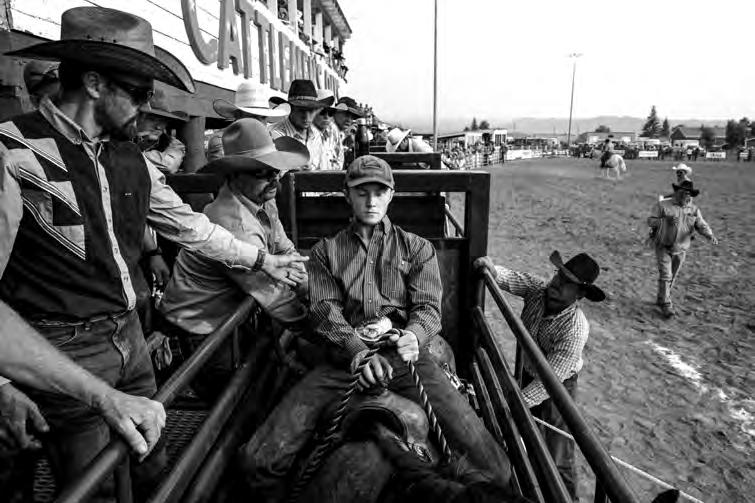
Now in its 123rd year, Cattlemen’s Days continues to be a community gathering and so much more. Generations of locals have
grown up in Gunnison County, making their way to town every July to show off 4-H projects, enjoy the spectacle of carnival lights and rides or take in the award-winning professional rodeo.
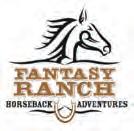

This year’s edition of the Cattlemen’s Days Rodeo is set for Thursday, July 13-Saturday, July 15, at Fred Field Western Center in Gunnison. It’s been recognized by the cowboys who play the game, honored as one of the elite rodeos in North America with its nomination for PRCA Medium Rodeo of the Year. It’s also been named the best medium-size rodeo in the Mountain States Circuit.
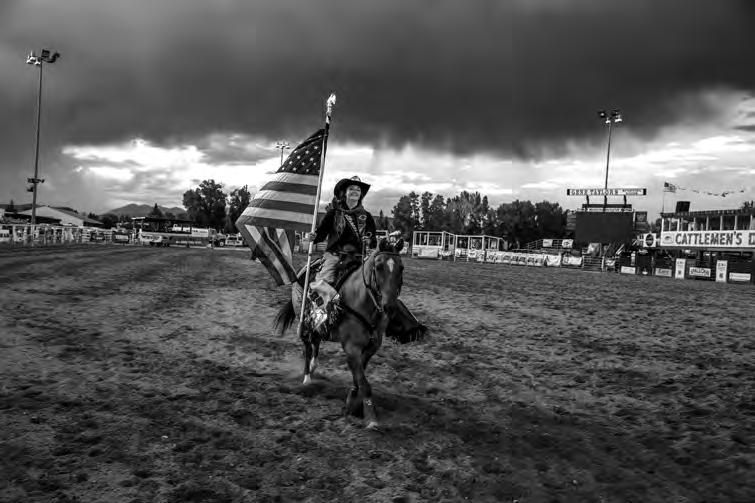
“It is Colorado’s longest continuous running rodeo in America and the third oldest rodeo in the country,” said Andy Stewart, the event’s rodeo announcer. “It’s part of history in a great ranching town. The people are wonderful, and the scenery is beautiful. It’s one of my favorite rodeos.”
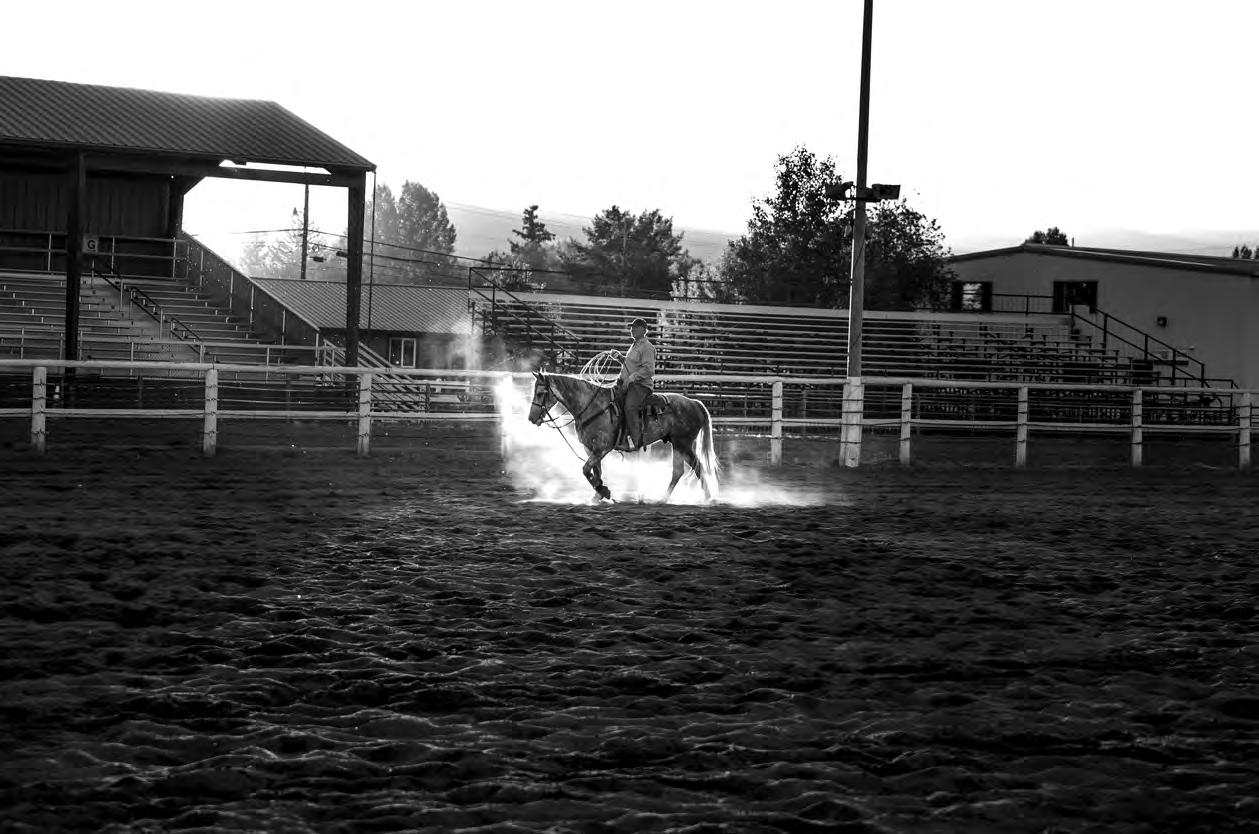
What’s not to like? Cattlemen’s Days was built on a foundation laid by hard work, passion and caring for one another. Whether it’s the sixth generation of a local family showing

livestock or a newcomer to this community patching a quilt together to put on display, this event is for all to enjoy and preserve.
More importantly, it has become a global happening. People from all over the world have made their way to this Rocky Mountain town with picturesque views and a feeling of home. Beyond that, the week of Cattlemen’s Days is also reunion week for families and classmates who return to their hometown to honor their heritage.
“Before any of us were ever born, this celebration was a big part of the Gunnison com-

munity, and it is our job to not only continue Cattlemen’s Days but to enhance it and make it better for years to come,” said Brad Tutor, first vice president of the volunteer committee that produces the annual event. “We work with other community leaders to bring this thing together, and we take a lot of pride in it.”
They should, because it is a vital piece of Gunnison lore. It was established in a time when travel wasn’t nearly as easy and when the conveniences of life weren’t within reach on a minute-to-minute basis. For those who
It’s part of history in a great ranching town. The people are wonderful, and the scenery is beautiful. It’s one of my favorite rodeos.Shane Guerrieri trots his horse during a weeknight roping session last year. A crowd of locals, college kids and visitors watches Patriot Night from the sidelines. A rodeo spectator rests on a fence towards the end of the ranch rodeo two years ago.
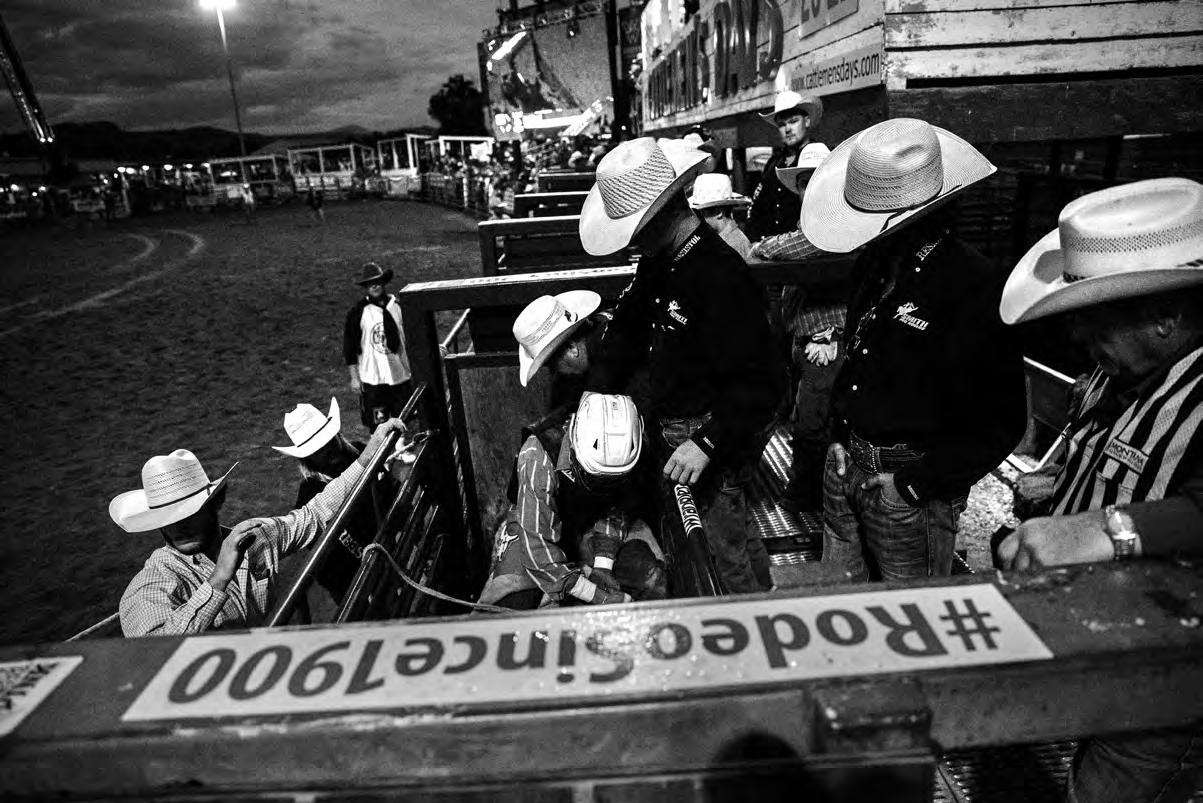
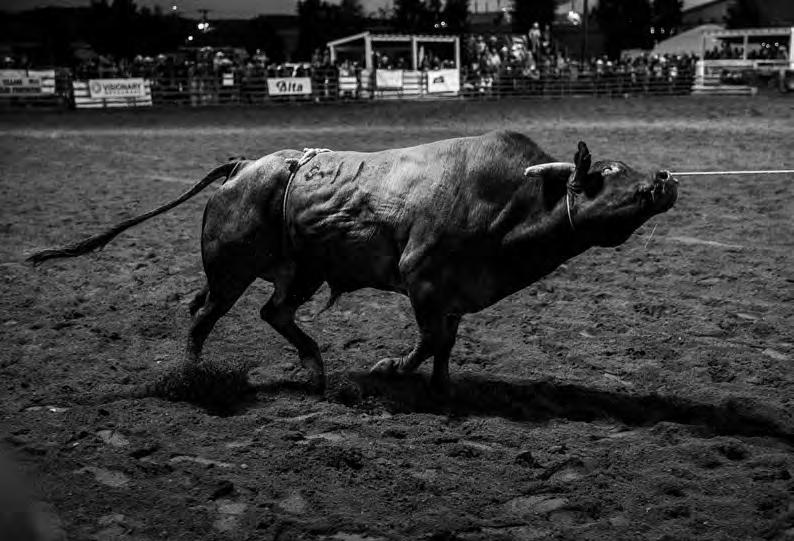
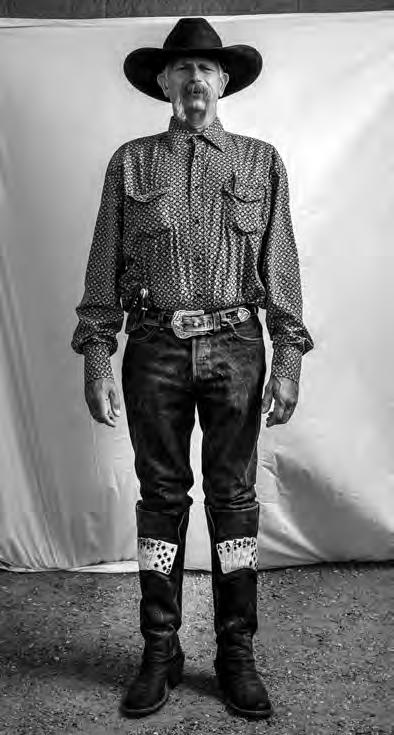 Top Left: Colt H. Barelman stands for a portrait during last year’s rodeo.
Top Right: A bull is roped during the pro bull riding competition last year.
Top Left: Colt H. Barelman stands for a portrait during last year’s rodeo.
Top Right: A bull is roped during the pro bull riding competition last year.
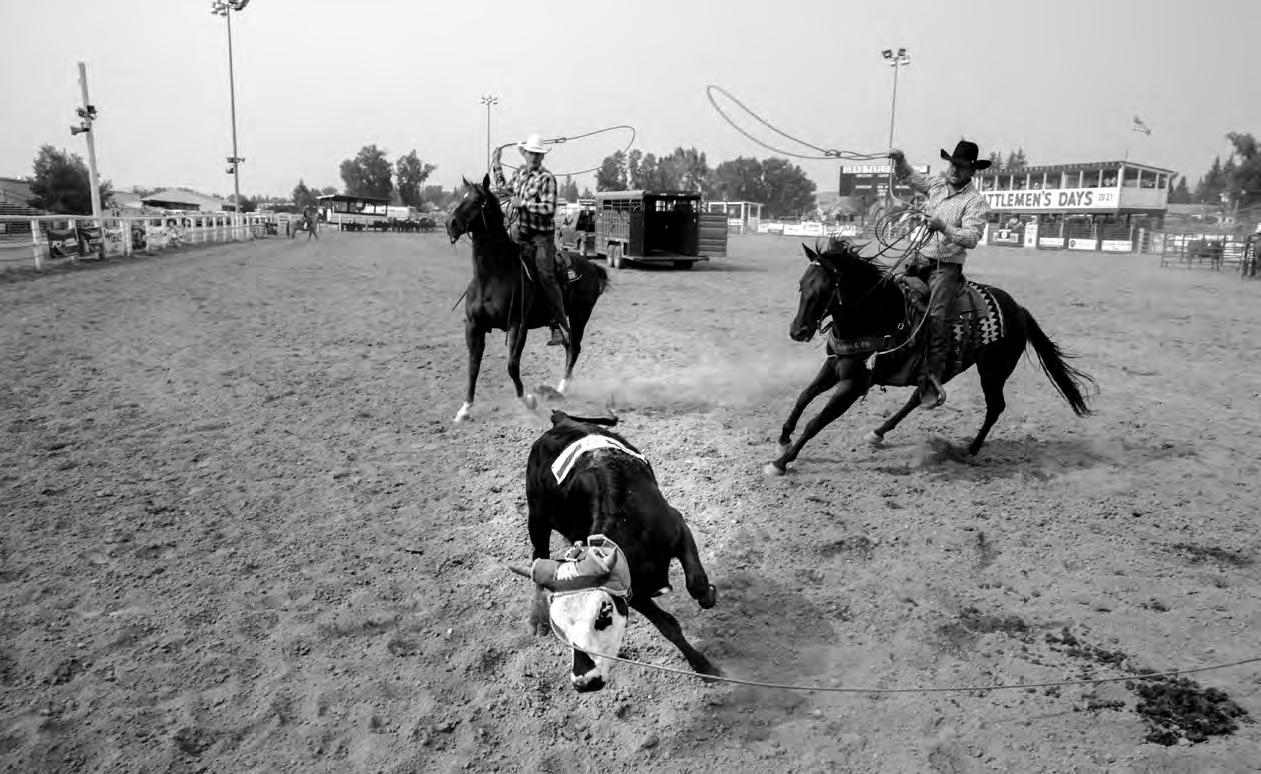
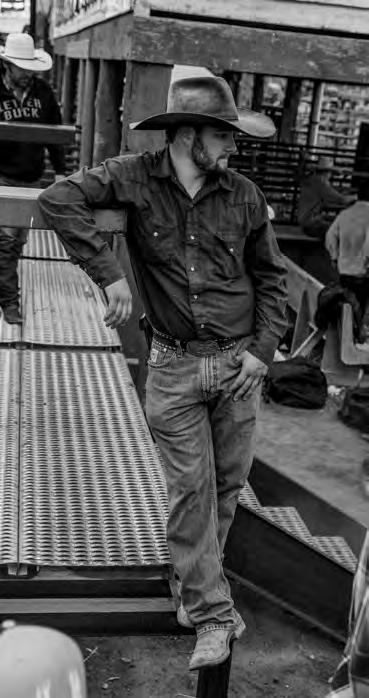
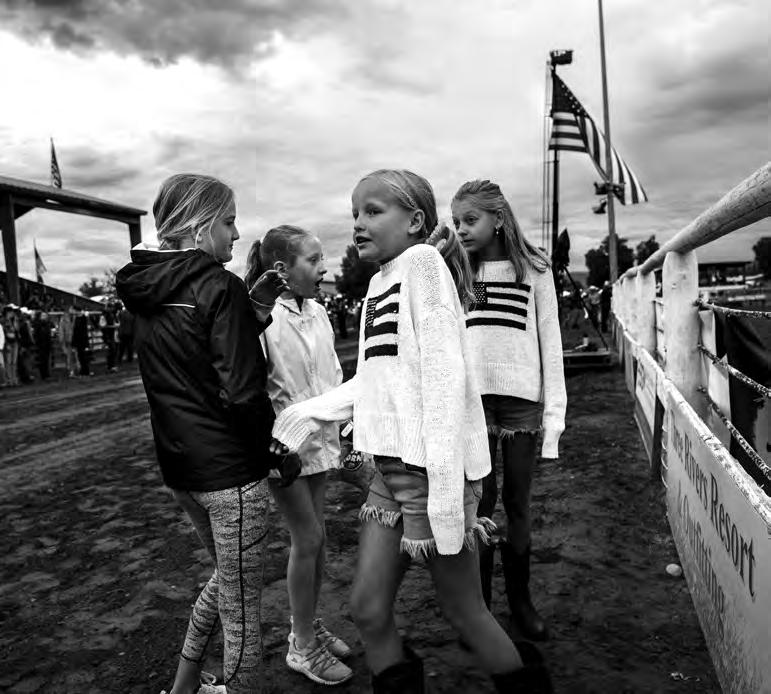 Top: Two ranch rodeo contestants participate in a team roping competition two years ago.
Bottom Left: Young spectators take in the sights on Patriot Night last year.
Top: Two ranch rodeo contestants participate in a team roping competition two years ago.
Bottom Left: Young spectators take in the sights on Patriot Night last year.
continued from 102
weren’t raised around agriculture, Cattlemen’s Days offers the opportunity to learn the origins of their food while doing so in a fun and entertaining setting.
“We pride ourselves on helping bring the people in our community together,” Tutor said. “Of course, our marquee event is the rodeo. We have the best stock contractor in rodeo with Stace Smith, and that, in turn, helps us draw the best cowboys to town. It’s really the show to see during Cattlemen’s Days.”

In fact, the rodeo has featured record numbers of contestants in recent years. Before they earn their world championship gold buckles, they first make their way to Gunnison to showcase their talents for thousands to see.
“It’s just an awesome event overall that does so much for all of Gunnison Valley,” Stewart said. n
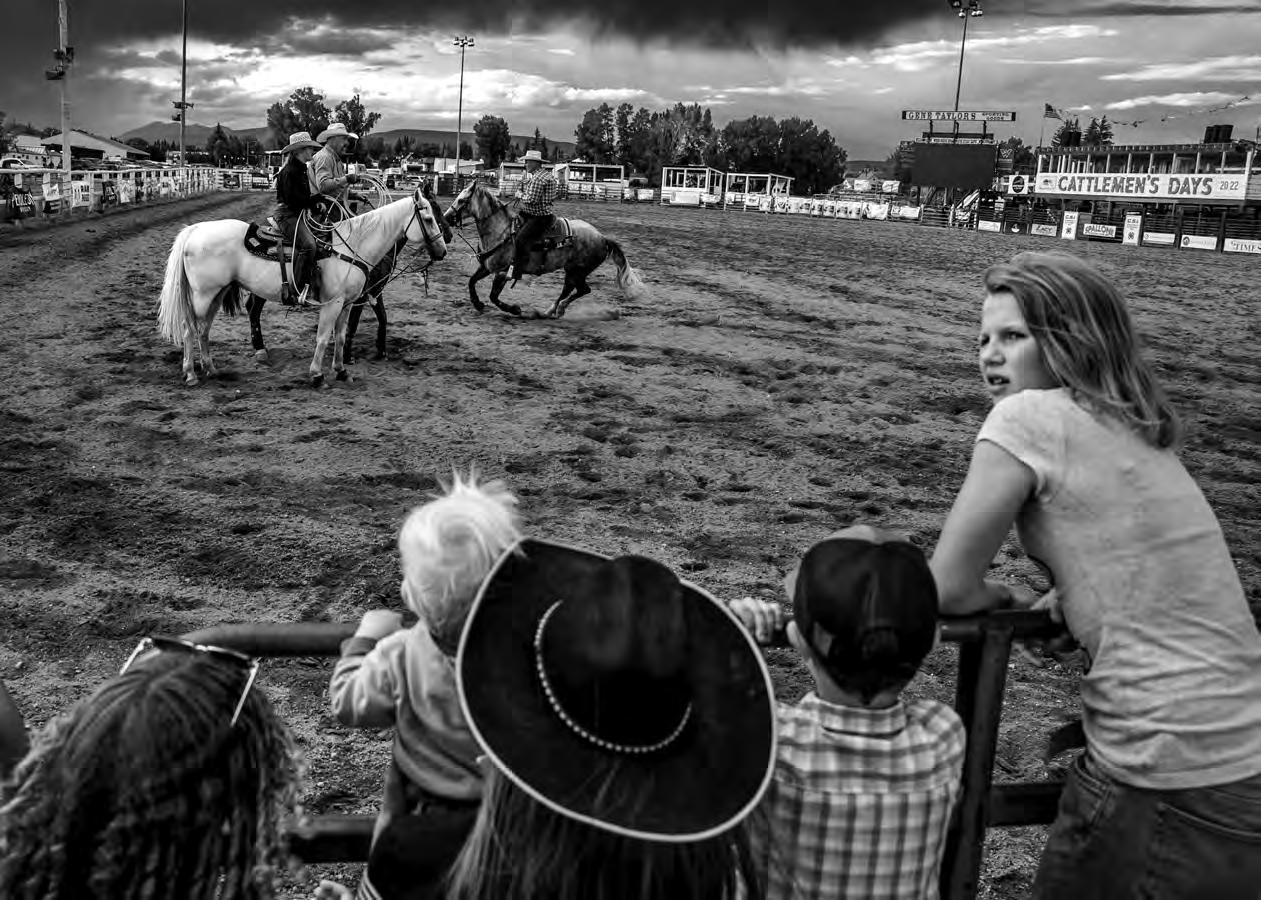 (Ted Harbin is media director of Cattlemen’s Days.) (Jacob Spetzler is the Gunnison Country Times photo and sports editor.))
Top: Spectators watch a team roping competition during last year’s ranch rodeo.
Bottom: Rodeo attendees kill time between events.
(Ted Harbin is media director of Cattlemen’s Days.) (Jacob Spetzler is the Gunnison Country Times photo and sports editor.))
Top: Spectators watch a team roping competition during last year’s ranch rodeo.
Bottom: Rodeo attendees kill time between events.

The Adaptive Sports Center provides exceptional outdoor adventure-based activities that enhance the quality of life of people with disabilities and their families. Summer activities include mountain biking, hand-cycling (on-road and off-road), rafting, canoeing, paddleboarding, hiking, camping, rock climbing, and our challenge course. We custom-tailor adventures for families, groups, and individuals. Registration is required and scholarships are available. Please visit adaptivesports.org to learn more about our year-round activities, volunteer opportunities, or to make a donation. Email volunteer@adaptivesports.org if you are inter ested in volunteering. You can also reach us at 970.349.2296. We are located at 19 Emmons Rd., Mt. Crested Butte, CO 81225.
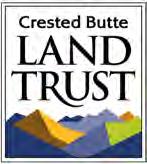
A 30-year-old organization formed to forever protect and steward open lands for vistas, recreation, wildlife, and ranching, thus contributing to the preservation of Gunnison County's unique heritage and quality of life. Make a donation to the Land Trust today to be part of Gunnison County's future, and join our volunteer team to help us care of our local lands and put on great events that further fundraise for our cause! Jake Jones, executive director, 970.349.1206, www.cblandtrust.org, jake@cblandtrust.org.
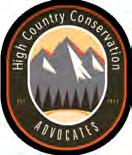
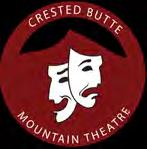
Celebrating 50 years of community theatre in the Gunnison Valley, CBMT is one of the longest running community theatres in Colorado. Our mission is to entertain, educate, and enrich the Crested Butte community and greater Gunnison Valley by providing a well-balanced theatrical season of high artistic quality. You can find information on upcoming shows as well as how to become a CBMT Friend of the Theatre by going to cbmountaintheatre.org or by calling us at 970.349.0366.

The Coldharbour Institute is a 501(c) (3) nonprofit organization based in Gunnison, CO. Our mission is to educate, collaborate, and demonstrate practices that bring sustaining health to our land, bodies, and communities. We offer education camps for youth, workshops and courses for adults, regenerative agricultural consulting, and access to solar panels at little to no cost for your homes! Please contact us to learn more or to get involved with Coldharbour Institute at Director@ColdharbourInstitute.org or call us at 970.943.2023. Thank you!
GUNNISON COUNTRY FOOD PANTRY


The Pantry provides free nutritious food to those who need it in a kind, confidential and supportive environment. You are always welcome. Shop the Pantry Monday 1-4 p.m., Wednesday 1-7 p.m. (Span or Cora translators) or Thursday 10 a.m.-2 p.m. (Adults (60+). Volunteer or donate to help our neighbors in need. 970.641.4156, Moving summer of 2023 please call or find us online at Gunnison-CountryFoodPantry.org.
GVM is a youth mentoring organization serving Gunnison and Hinsdale Counties. Our wait-listed youth are excitedly waiting for trusted adults like you to be matched with incredible young folks like them. Go to the GVM website or call to find out how you can become a mentor. 101 N 8th St., Gunnison, CO 81230, 970.641.5513, www.gunnisonmentors.com, gunnisonmentors@gmail.com.
GUNNISON VALLEY OBSERVATORY- Carpe noctem (seize the night)! This summer, the Gunnison Valley Observatory will offer public astronomy programs on Friday and Saturday nights from June 16 through Aug. 19.The Gunnison Valley Observatory is a publiclyowned facility, managed by an all-volunteer board of directors and staffed and operated by dedicated volunteers who will ensure your visit is a pleasant and educational experience! Learn how to become a volunteer, donate to the Observatory, and discover more about our programs at gunnisonvalleyobservatory.org

GVAWL is our community Animal Shelter for the Gunnison Valley. Our mission is to promote the welfare of companion animals by: caring for animals until they are placed in their new home; assisting our community with spay/neuter costs: and educating our community about the humane treatment of pets. Find your new best friend at GVAWL! Come visit us at 98 Basin Park Drive or call us at 970.641.1173. Our website has tons of great information- gvawl.org.

Our mission is to contribute to the pool of affordable housing in the Gunnison Valley through collaboration efforts with partner families, community volunteers, donors and sponsors. We could not build truly affordable homes without your support! Help make dreams a reality for a family in need in our community by volunteering today! For more information contact us at 970.641.1245 or hfhgunnisonvalley@gmail.com www.hfh-gunnisonvalley.org.
HCAA
HCCA’s motto when it comes to public lands is “protect the best, defend the rest.” Stewardship and water programs address climate resiliency through habitat restoration, instream flow protections, wilderness and landscape-level conservation campaigns, HCCA continues to work – as it has for 46 years – to keep Red Lady mine-free! Volunteer opportunities and program information can be found at hccacb.org or 970.349.7401.
KBUT is Community Radio for the Gunnison Valley, providing the community with local news and info, and a volunteer-powered soundtrack to your life in the high country. To become a part of KBUT, visit KBUT.org. You'll find information on how to support our mission by becoming a member, or join our family of volunteers. KBUT.org, 970.349.7444 (Air Studio) and 970.349.5225 (Business Office), Info@KBUT. org.


YOUR public libraries serve everyone in the community with free resources, information services, diverse collections, events and activities for all ages, and always available online access. Our libraries are open 7 days a week, come visit us. Gunnison Library, 1 Quartz St., 970.641.3485
Crested Butte Library, 504 Maroon Ave., 970.349.6535 gunnisoncountylibraries.org.
LIVING JOURNEYS Living Journeys
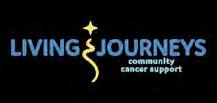
is a nonprofit dedicated to serving Gunnison County residents impacted by cancer. Cancer patients, as well as their families and caregivers, have access to financial grants, private therapy and support groups, food assistance, and life-enriching programs. We invite you to support our mission by making a donation, attending one of our events, or becoming a volunteer. Learn more at livingjourneys.org or get in touch with us at info@livingjourneys.org or 970.349.2777.
MOUNTAIN ROOTS FOOD
PROJECT is a food systems initiative working to provide hunger relief to those in need, nutrition, culinary, and gardening, education to students and families, and training in regenerative agriculture for new farmers. Visit our website, www.mountainrootsfoodproject.org, to learn more about summer camp and youth programming opportunities, our community events, and ways to volunteer.

Dedicated to preserving the heritage of Gunnison country and the old West with nearly 40 buildings and structures displaying wonderful and intriguing relics including, narrow gauge railroad, ranching, military, mining, automobiles, and so much more! Operated by a dedicated group of volunteers daily from 9 a.m. - 5 p.m. from May 15 through Sept. 30. Follow the Gunnison Pioneer Museum on Facebook and check out our new website at http://www.gunnisonpioneermuseum.com.
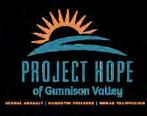
The mission of Project Hope of Gunnison Valley is to support, educate and provide confidential advocacy services to individuals affected by domestic violence, sexual assault, and/or human trafficking. Services are also offered in Spanish. If you would like to support our mission by donating and/or volunteering, please visit www.hope4gv.org 24/7 Crisis Line: 970.275.1193 970.641.2712 (Office), info@hope4gv.org @projecthopegv - Facebook, Instagram & Twitter.

SDSG is an independent nonprofit research institute focused on sustainable management of renewable energy and natural resources. We use research and teaching to provide guidance to communities, companies, and governments on law and policy frameworks that advance best practices for sustainable energy and natural resource development. Visit www.sdsg.org to learn more about our current projects, contact us, and find opportunities to donate and volunteer. Follow us on social media at www.linkedin. com/company/sustainable-development-strategies-group/ or Sustainable Development Strategies Group or instagram.com/sdsgshares/
Cattlemen’s Days
Tough Enough To Wear Pink (TETWP) is dedicated to providing comprehensive support to our community in the fight against cancer. To donate to or volunteer for this great cause, check out our website at Cattlemen's Days
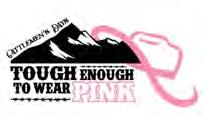
Tough Enough to Wear Pink
Cattlemen’s Days Tough Enough To Wear Pink (TETWP) is dedicated to providing comprehensive support to our community in the fight against cancer. While breast cancer has been our main focus, we support community members with any form of cancer. Our assistance includes mammograms for residents in need, housing, vehicle use for treatment travel, assistance with expenses and many other integrated therapies. Additionally, TETWP also works closely with Gunnison Valley Health to help provide state of the art equipment and services for cancer screenings and early diagnosis. For more information, contact Heidi Sherrat at 970.209.6332.
VALLEY HOUSING FUND

The Valley Housing Fund has helped fund 148 new affordable homes in the Gunnison Valley, and is ramping up efforts for more! Help us create and support affordable housing opportunities to strengthen our community by visiting www.vhfund.org or calling 970.901.9032.

POINTS EVALUATION AND TRAINING, INC.
Six Points Evaluation and Training, Inc. is a private, nonprofit organization serving people with intellectual disabilities and people with traumatic brain injury in Gunnison and Hinsdale Counties. Six Points is home to the Thrift Store, which was established to provide a community-based work environment for clients and individuals requiring employment assistance. It also generates income which supports Six Points’ programming. All merchandise sold in the store is donated by the community thereby promoting the reuse, repurpose, and recycle philosophy so important to the environment and natural resources of the Gunnison Valley. Thrift Store Hours: Mon - Fri: 9 a.m. - 6 p.m., Sat: 10 a.m. - 3 p.m. 1160 N. Main St., 970.641.3081.

The West Elk Hockey Association is a nonprofit corporation promoting the growth and advancement of ice hockey in the Gunnison Valley. WEHA provides a safe and positive hockey experience by educating, encouraging and developing all participants.
West Elk Youth Hockey Association is always looking for volunteers for our events, to help coach youth hockey teams and donations to help keep our cost low for our participants. Please contact Cody Aidala if you would like to get involved, wehockey@gmail.com, www.wehockey.org.

1
1 ChalkWalk
Outdoor Expo & Fishing Derby
Gunnison Recreation Center
Gunnison River Festival, Taylor Downriver Race Taylor River
Diamonds in the Rockies Fastpitch Tournament
Jorgensen Park, Gunnison (through the 18th)
Summer Slam Baseball Tournament
Jorgensen Park, Gunnison (through the 10th)
Mountain Art Summit
Crested Butte Center for the Arts (through the 18th)
Resiliency Project Live Music Cruise
Gunnison Gunnison Valley Observatory opening Gunnison
Colorado Creative Industries Summit a rendezvous for creatives Crested Butte and Gunnison (through the 2nd) 3 9 6 9 15 20 23
Elk Avenue Crested Butte 1 1 1 2 4 7 7
Pitkin Volunteer Fire Department parade and cookout Pitkin
Gunnison River Festival, Sunni-Gunni Costume Float Gunnison River Whitewater Park
Gunnison Showdown Baseball Tournament (through the 2nd)
Hot Air Balloon Rally Jorgensen Park, Gunnison (through the 4th)
Fourth of July Celebration Jorgensen Park, Gunnison
Crested Butte Music Festival
Multiple locations (through the Sept. 4)
Crested Butte Wildflower Festival
Crested Butte (through the 16th)
Cattlemen’s Days Gunnison County Fairgrounds (through the 15th)
Resiliency Project Live Music Cruise Gunnison
4 AUGUST
Wine & Food Festival
Crested Butte (through the 23rd)
Pitkin Art and Craft Show Pitkin (through the 22nd)
Art in the Park Legion Park, Gunnison
Your guide to local happenings in Gunnison, Crested Butte, Lake City and Pitkin 13 18 19 21 23 29 29
Gunnison River Festival, SUP San Cristobal Lake City Pitkin Day Pitkin
Crested Butte Rotary Rubber Duckie Race Downtown Crested Butte
KBUT Kampout I Bar Ranch (through the 12th)
Gunnison Car Show Jorgensen Park, Gunnison (through the 20th)
High Octane Arts & Crafts Show Legion Park, Gunnison
Gunnison High Triathlon
Crested Butte Arts Festival Elk Ave Crested Butte (through the 6th) 6 11 18 19 26
Gunnison Rec Center Continued
Free Crested Butte Center for the Arts outdoor concert series. Monday evenings, June 19, 26, July 3, 10, 17, 24, Aug. 7, 14 in the park adjacent to the Center.
Free Gunnison Country Chamber of Commerce concert series, 5:30 to 7 p.m. June 21, July 12, Aug. 23 and Sept. 13, weather permitting. IOOF Park, Main Street and Virginia Avenue, Gunnison.
First Friday of the month, 5-8 p.m. Main Street Gunnison and other locations
Gunnison
Saturdays June 11-Oct. 22, 9:30 a.m.-1 p.m.
Main Street and Virginia Avenue
Crested Butte
Sundays May 28-Oct. 8, 9 a.m.-2 p.m.
Elk Avenue
Free Gunnison Arts Center concert at Legion Park, Gunnison. Every Sunday at 6 p.m. starting June 18. Ends Aug. 13.
Tuesdays from June 27-Aug.15 at the I Bar Ranch, Gunnison Gunnison Country Chamber of Commerce
Crested Butte Chamber of Commerce
Lake City Chamber of Commerce
Crested Butte Center for the Arts
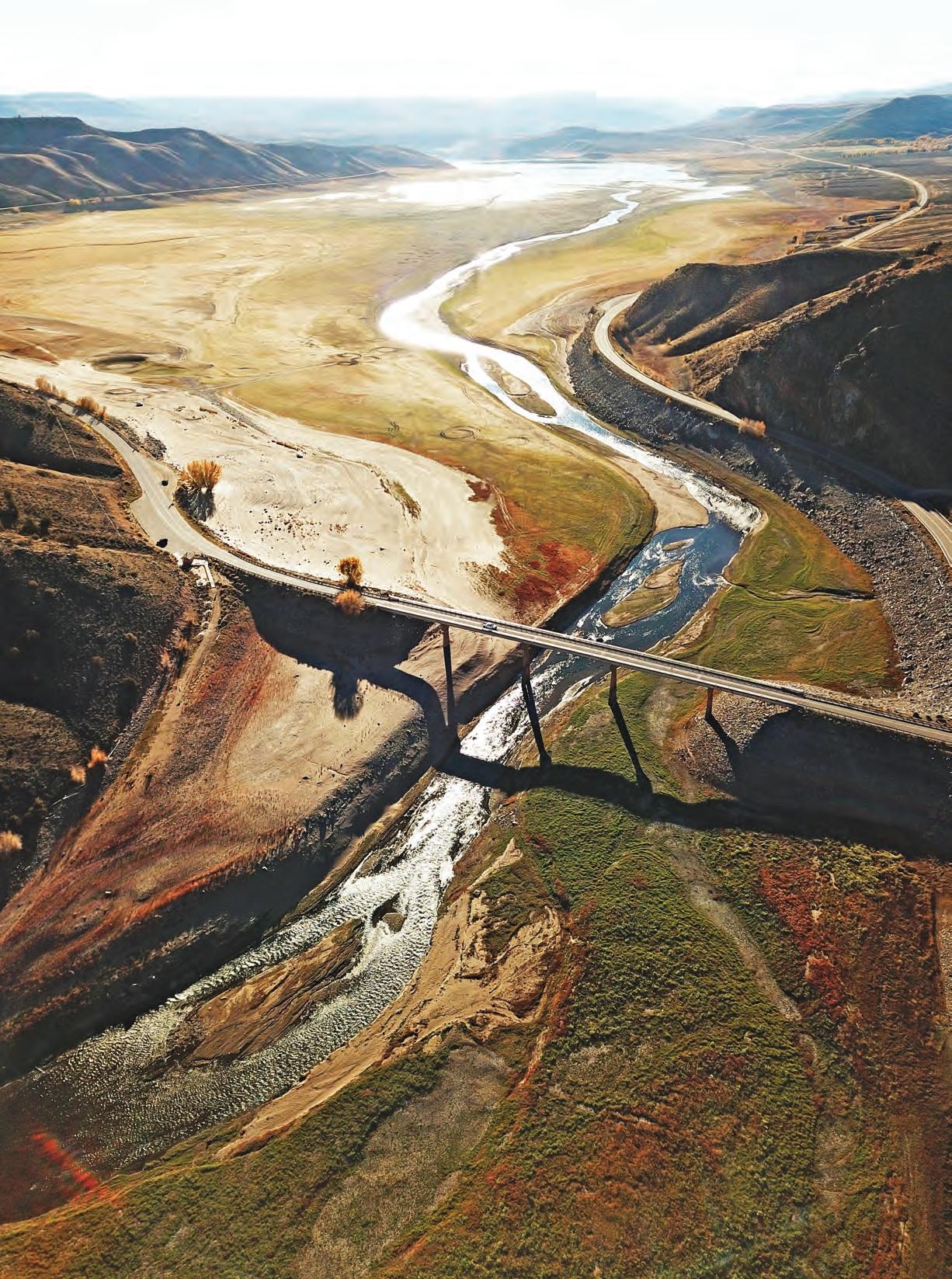

CATHOLIC CHURCH
Fr. Andres Ayala-Santiago
970.641.0808
Mass Schedule:
St. Peter's, Wisconsin & Georgia, Gunnison
Saturday worship 6:30 p.m., Sunday worship 10:30 a.m.
12 (noon) Spanish, Wednesday - Friday Mass 7 a.m.

Tuesday Mass 12 noon
St. Rose of Lima, Silver St., Lake City
Saturday worship 4 p.m.
Queen of All Saints, 4th and Sopris, Crested Butte, Sunday Worship 8:30 a.m.,
Wednesday Mass 5:30 p.m.
MT CALVARY
LUTHERAN CHURCH
711 N. Main 970.641.1860
Sunday Worship Service 10 a.m.
Bible Study and Sunday School 9 a.m. Visit www.mountcalvarygunnison.com for more information regarding Services, Bible studies and activities.
BAPTIST CHURCH
Pastor Bryon Roberts 1468 Co Rd 17, Gunnison, CO 81230 970.640.8494
bluemesabaptist@gmail.com
Blue Mesa Baptist Church

GUNNISON
The Historic 8th Street School 801 N. 8th Street, Gunnison, Pastor Ralph Hull. Reformed, confessional & committed to expository preaching. Sundays 10 a.m. Women's Bible Study 10:30 a.m. on Thursdays. gracegunnison.com
Downstairs at Trinity Baptist Church 523 N. Pine Street, Gunnison 970.209.8006
Saturday Night Worship-6 p.m.
BETHANY CHURCH
909 N. Wisconsin St. (behind Powerstop) 970.641.2144 • One 9 a.m. service (MayAugust) • Both 9 a.m. and 10:30 am College service (Sept-April)
Children's Church & Nursery Offered
For questions, updates or more information check out our website at: gunnisonbethany.com
625 Maroon Avenue, Crested Butte 970.349.6237. We Follow Jesus Check website for service times.Joyful Kids for K-5th Grade. Youth and Young Adult Ministries. Streaming live online every Sunday. Information about various everything happening at OBJC can be found at www.ohbejoyfulchurch.org

Pastor Joe Ricks
523 N. Pine • 970.641.1813
Sunday Morning Worship 9:30 a.m. Online Worship @ 9:30 a.m.
Nursery & Children's Ministry @ 9:30 a.m. Adult Bible Study 8 a.m. LIFE Groups throughout the week. Doing life today www.trinitybaptistgunnison.com

trinity@trinitybaptistgunnison.com
COMMUNITY CHURCH
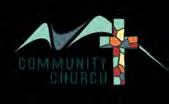
107 N. Iowa St. • 970.641.0925
Sunday Morning Worship 9:30 a.m.
Nursery & Age-Graded Ministry
Student & Young Adult Ministry
Adult LifeGroups. Office Hours: Mon-Thurs, 9 a.m.-4 p.m. Join us in-person, Listen at 98.3 FM. Live Stream on YouTube. Transforming Lives. Building Communities For more info: ccgunnison.com Or email info@ccgunnison.com
403 Maroon Avenue, Crested Butte 985.312.8112
St. Peter's, Wisconsin & Georgia, Gunnison
1st Sundays – Partnership Service – 11 a.m
Check our website for 1st Sunday location: www.allsaintsinthemountains.org
2nd-5th Sundays–Holy Eucharist, Rite II–5 p.m
We are an open, inclusive, welcoming, safe community; All are welcome!
Episcopal Church of the Good Samaritan
307 W. Virginia Ave., Gunnison • 303.641.0429
1st Sundays – Partnership Service – 11 a.m
Check our website for 1st Sunday location: www.goodsamaritangunnison.org
2nd-5th Sundays–Holy Eucharist, Rite II–9 a.m.
21401 Alpine Plateau Rd. Cimarron, CO 81220
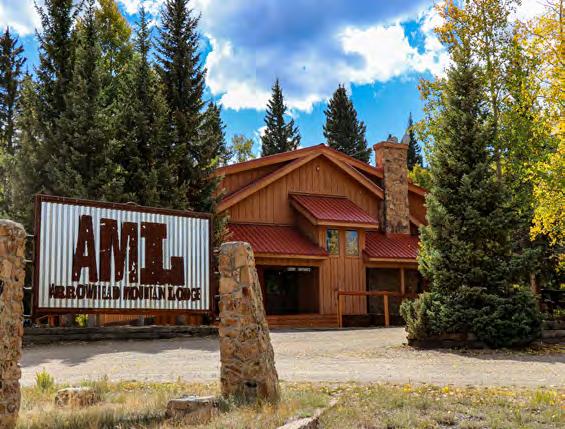
Arrowhead Mountain Lodge (AML) is a 13 room boutique resort with full service restaurant, and side-by-side or snowmobile rentals for miles of backcountry adventures. Open year-round at an elevation of 9500ft near Gunnison National Forest. You can find our dirt road off of HWY 50 EXACTLY halfway between Gunnison and Montrose. www.arrowheadmtlodge.com (970)862-8206
Explore nearby attractions
• Black Canyon National Park
• Curecanti National Recreation Area & Blue Mesa Reservoir
• Morrow Point Reservoir & the Morrow Point Boat Tour
• Lake City & the Alpine Loop
• Owl Creek Pass & Silverjack Reservoir
• Big Blue Campground & the Alpine Trail
Our restaurant features a menu that changes seasonally, indoor and outdoor seating, and free live music on Saturday nights in the summer. We cater to most food allergies and preferences such as gluten-free and vegetarian.

Activities we Enjoy
• Fishing
• Hiking
• Dirt Biking
• Mountain Biking
• Camping
• Off-Roading
• Bird Watching
• Shooting
• Hunting (Unit 66/65)
• Mushroom Hunting
• Snowmobiling
• Snowshoeing
• Cross-Country Skiing
• Small to Mid-Size Group Gatherings
Scan for special discounted room reservation exclusively for Gunnison Country Magazine


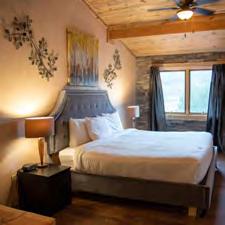
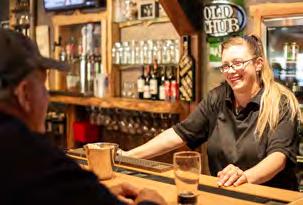
Every room has a private bathroom with mini-fridge, microwave, and coffee maker. We are pet friendly.
Rent a Polaris Side-by-Side in the summer or a Polaris Snowmobile in the winter and explore our back country, the Alpine Plateau. We are a drivein and ride-out facility! For more info Call (970) 275-4889 or go to www.alpineplateau.com
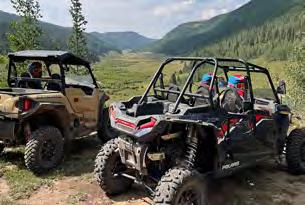
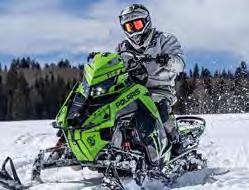
• & Much more in Gunnison, Crested Butte & Montrose! Arrowhead
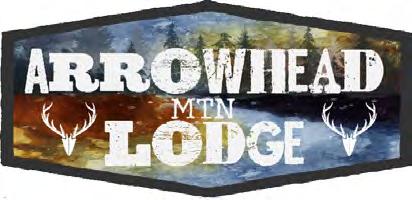
Scan to make your side-by-side or snowmobile reservation. Be sure to use Promo Code Gunnison21 for special discounts exclusively for Gunnison Country Magazine
 MTN LODGE
MTN LODGE
An innovative partnership dedicated to sustaining and enhancing Gunnison County’s public and conserved lands
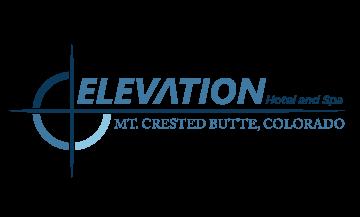





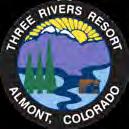
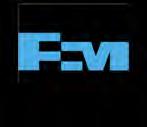


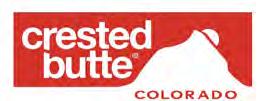


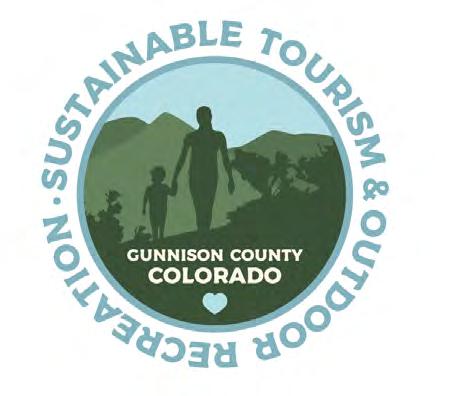
THE GUNNISON COUNTY STEWARDSHIP FUND IS GROWING. JOIN US TODAY!
